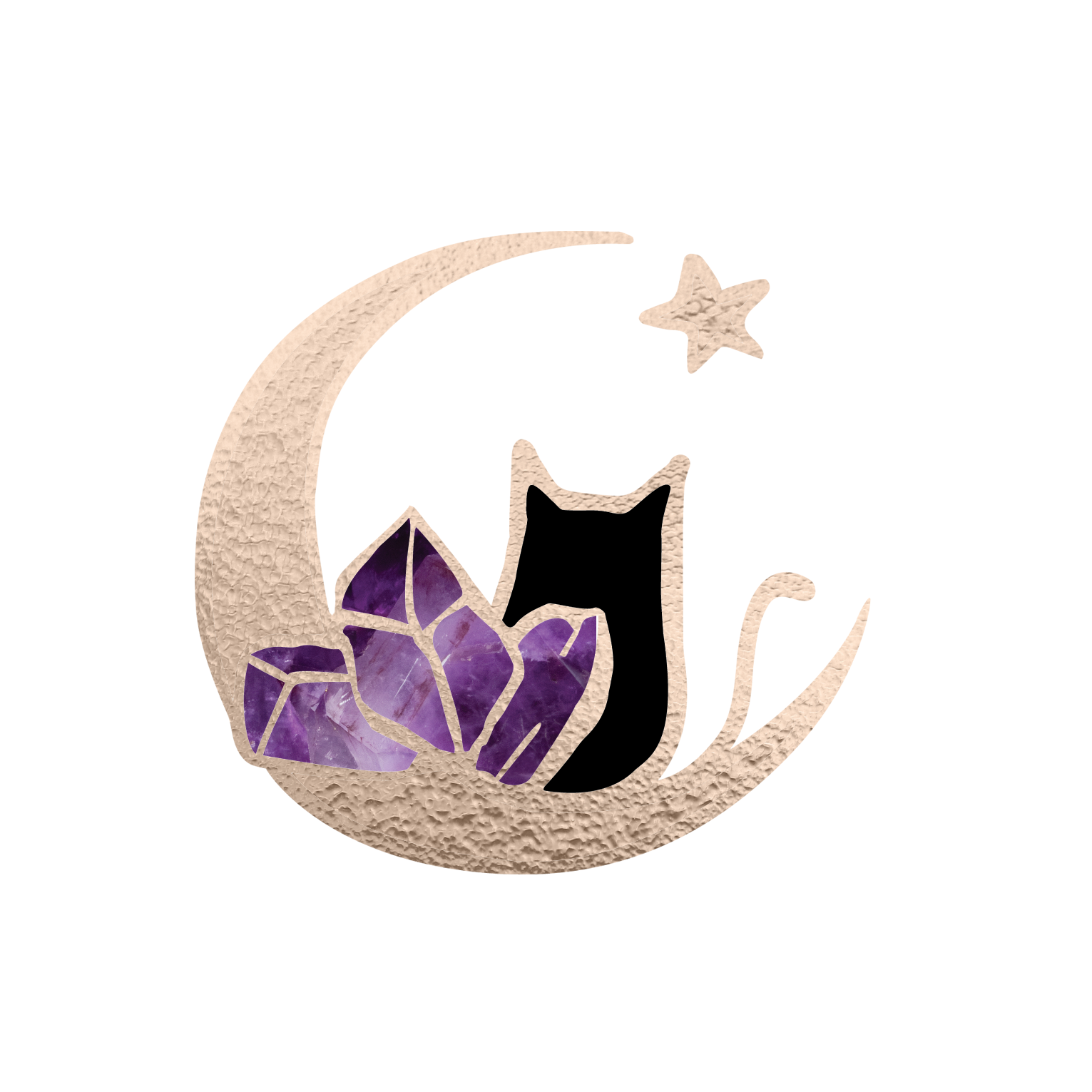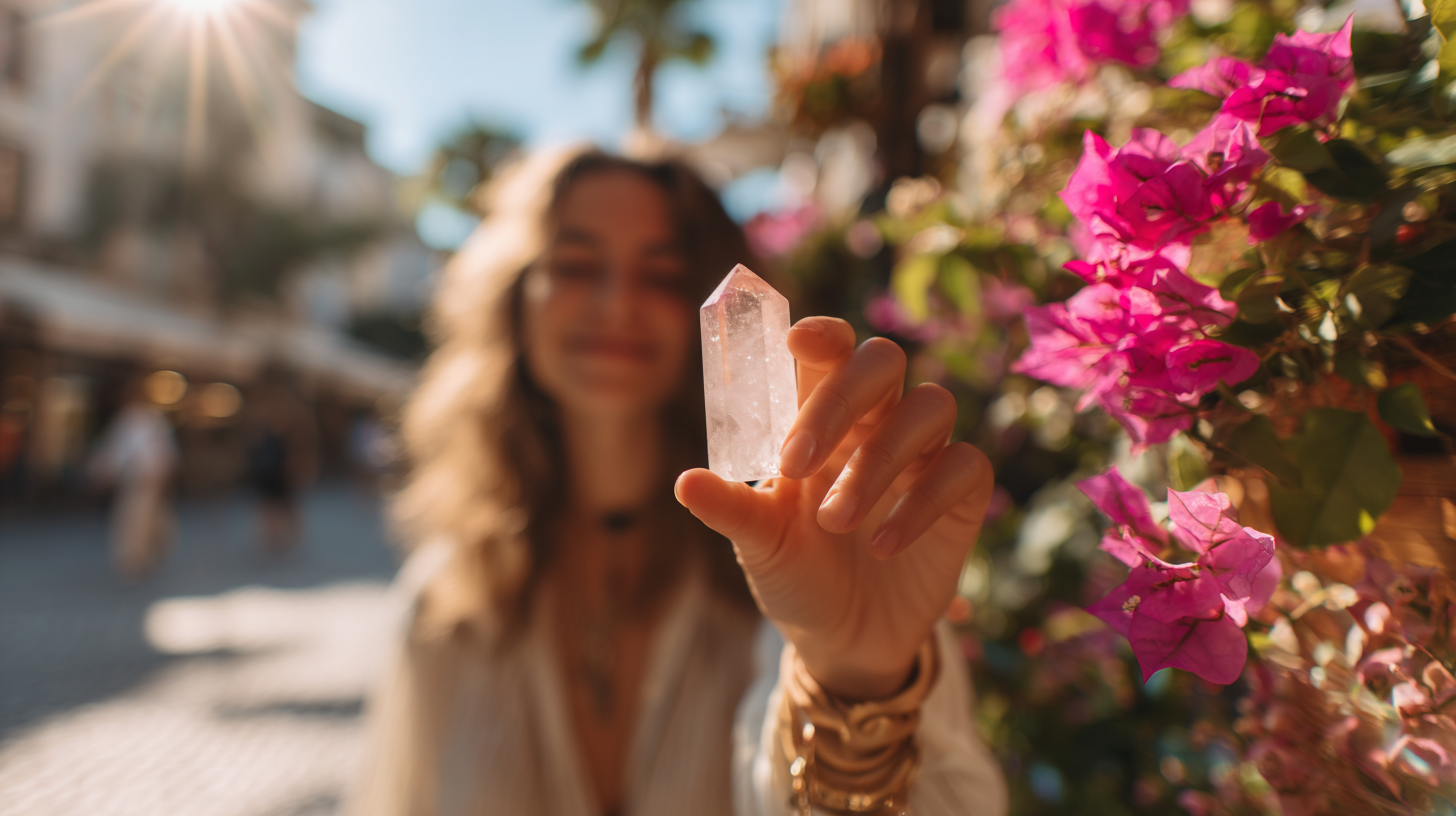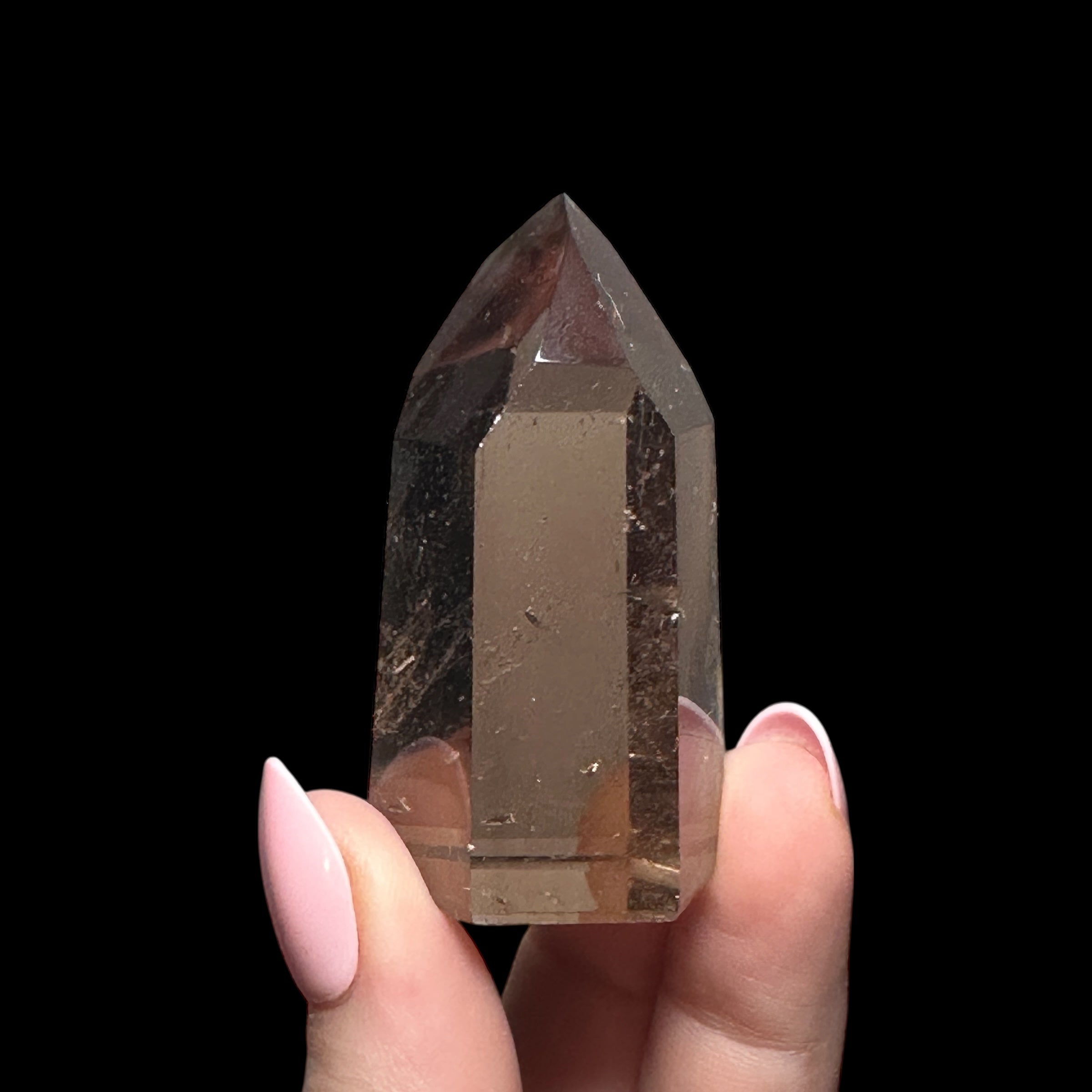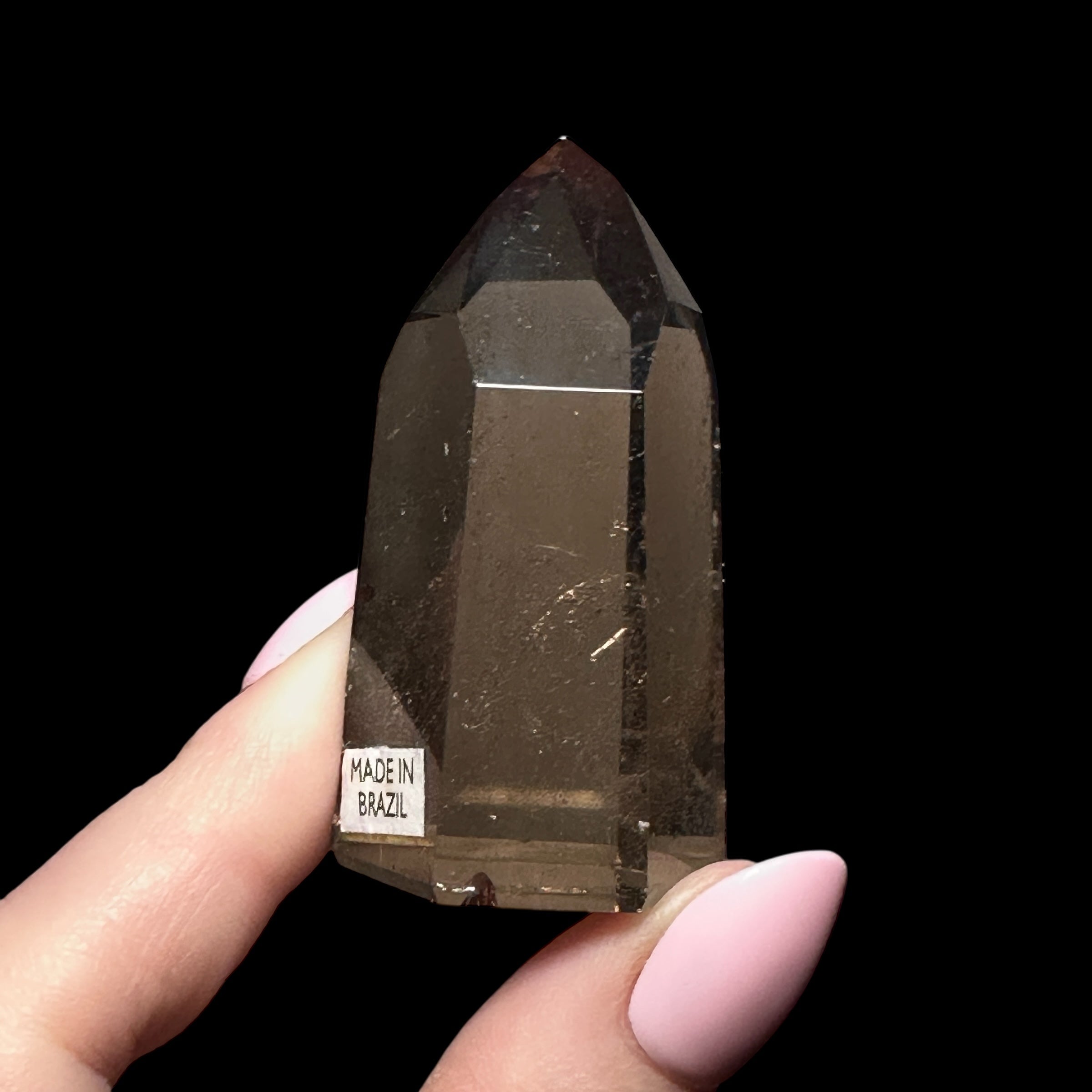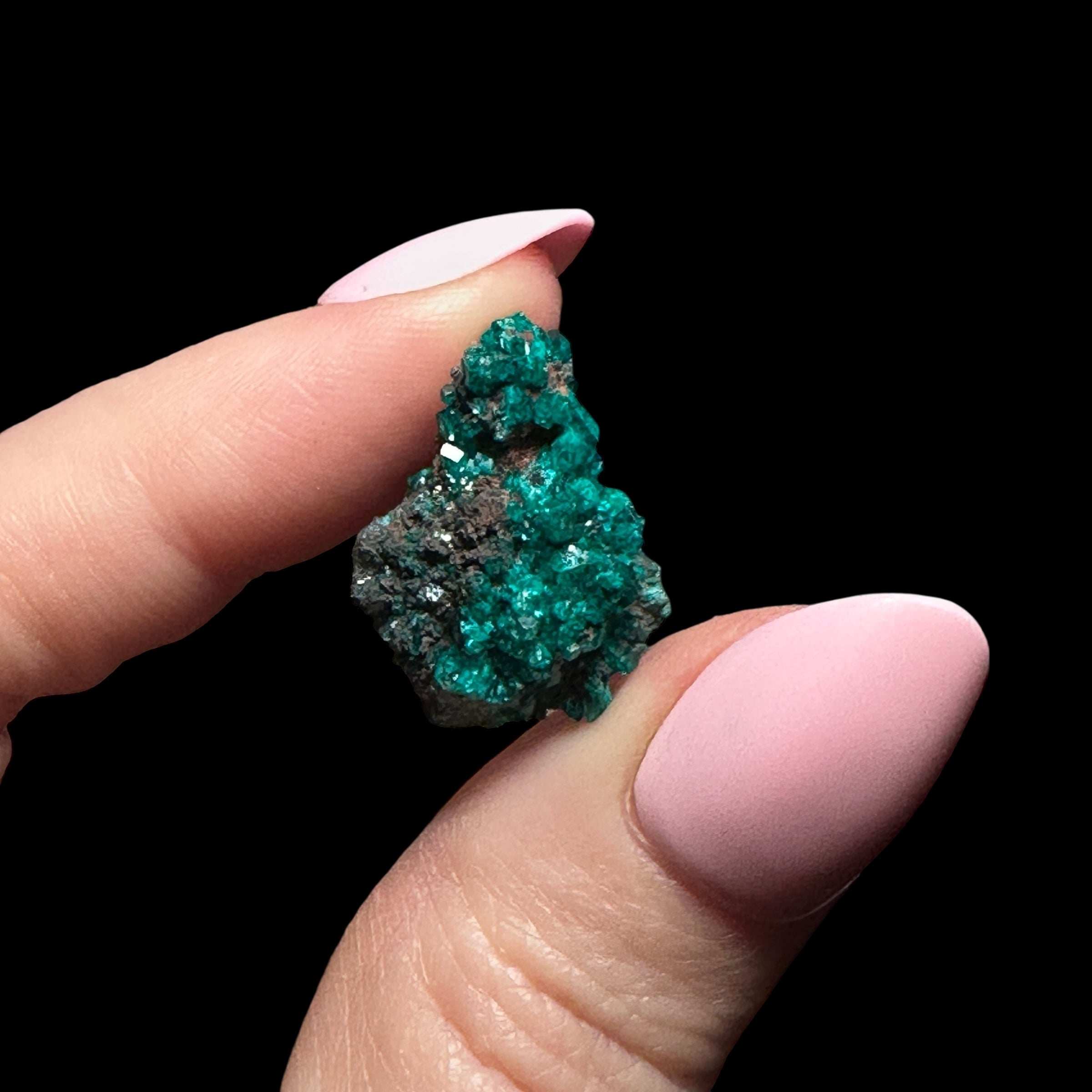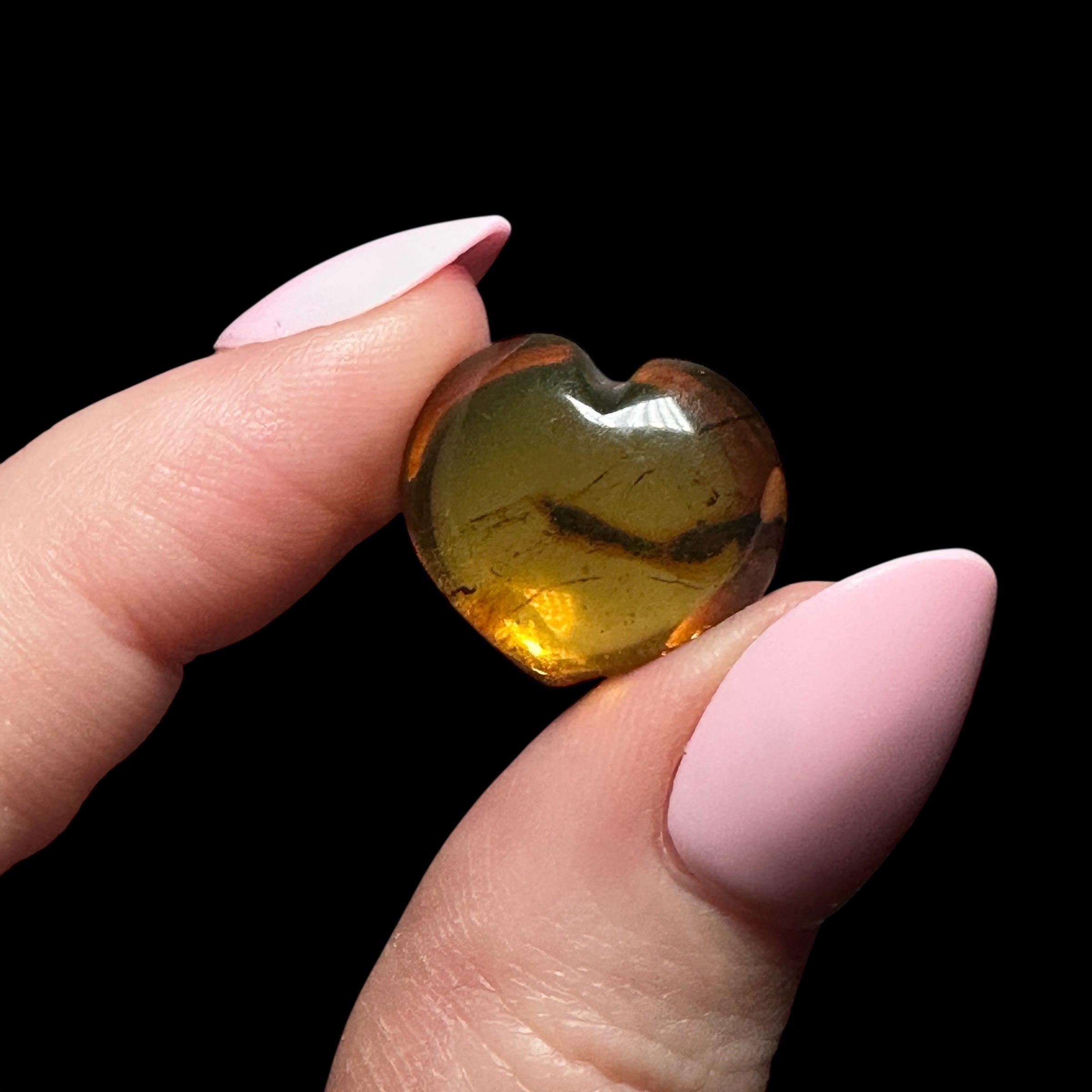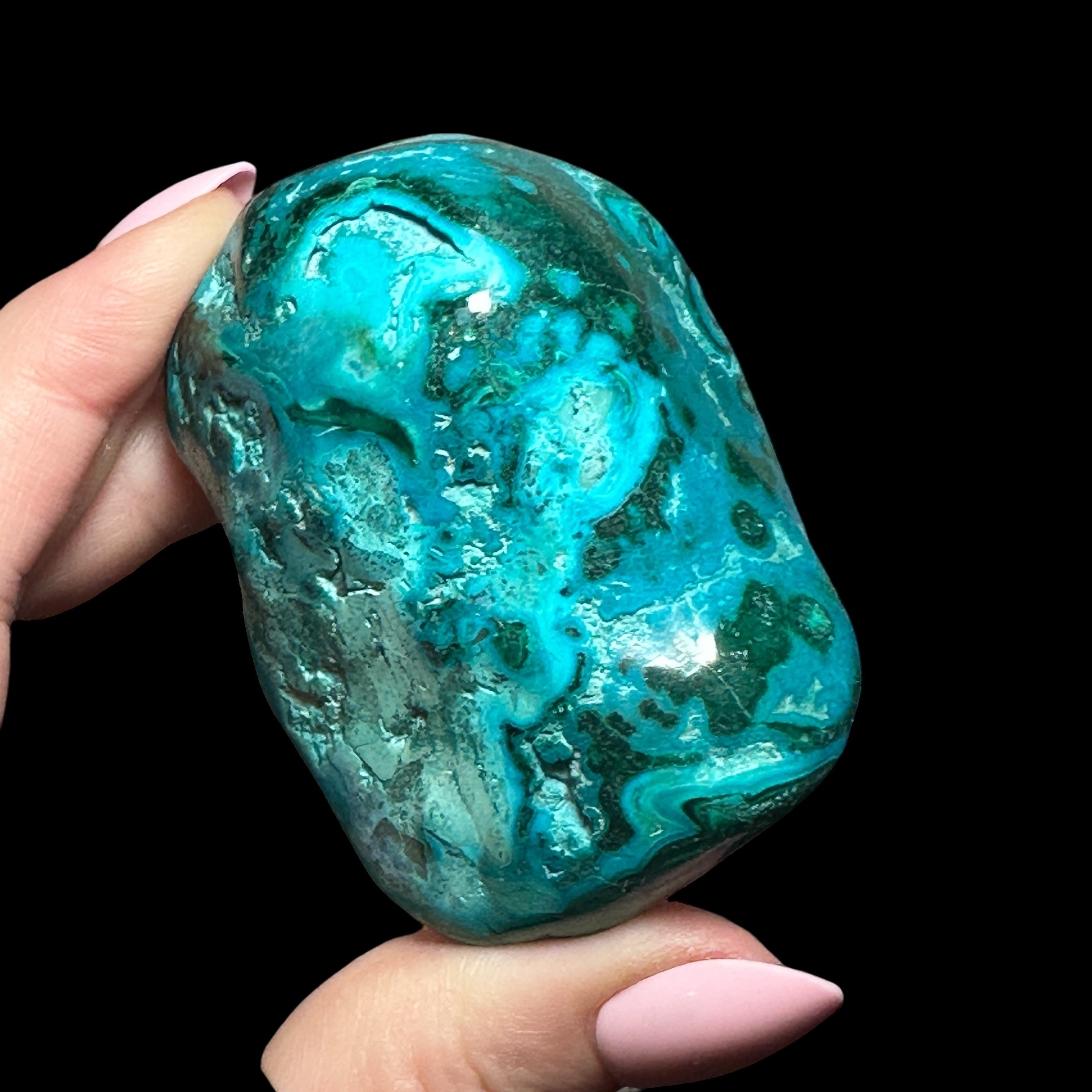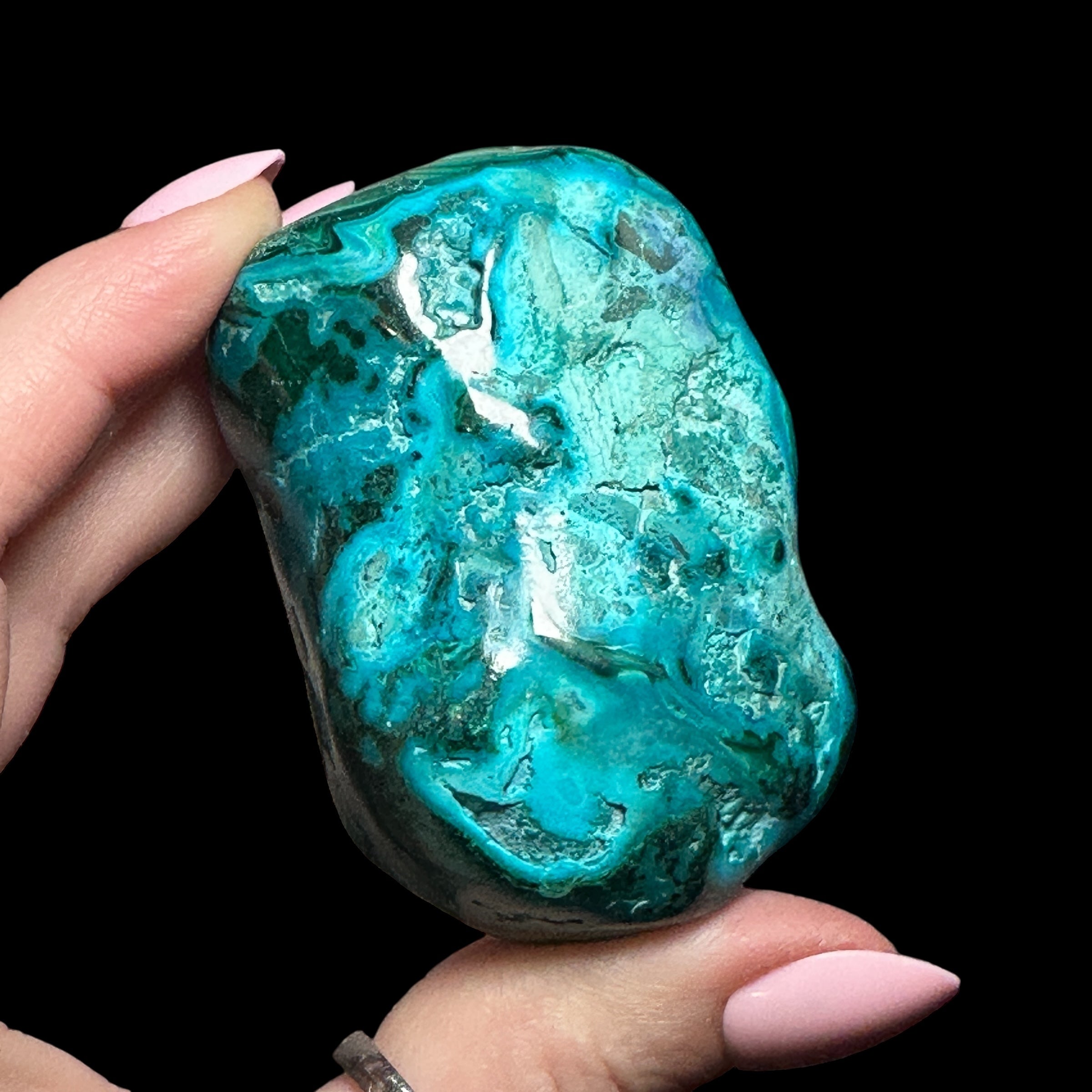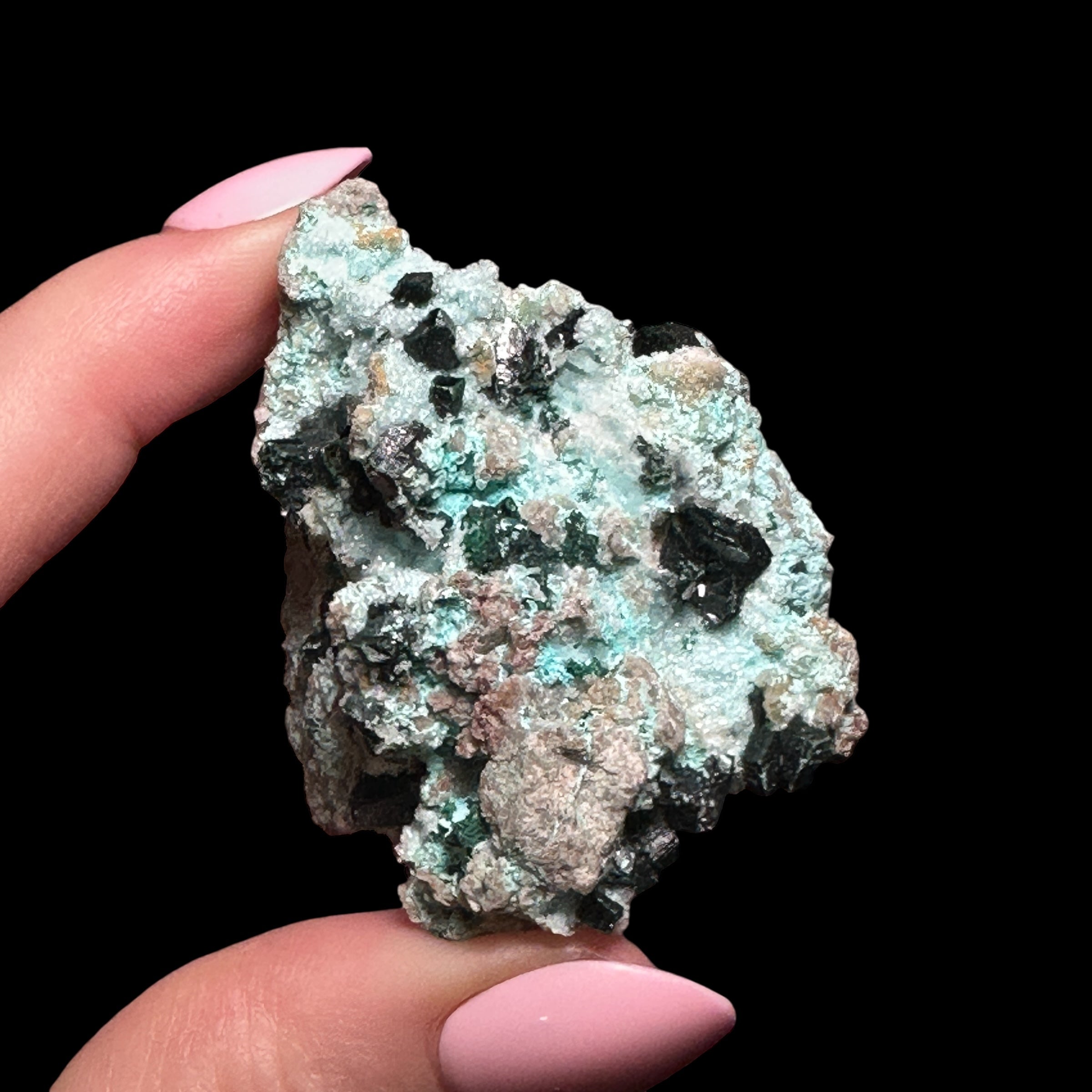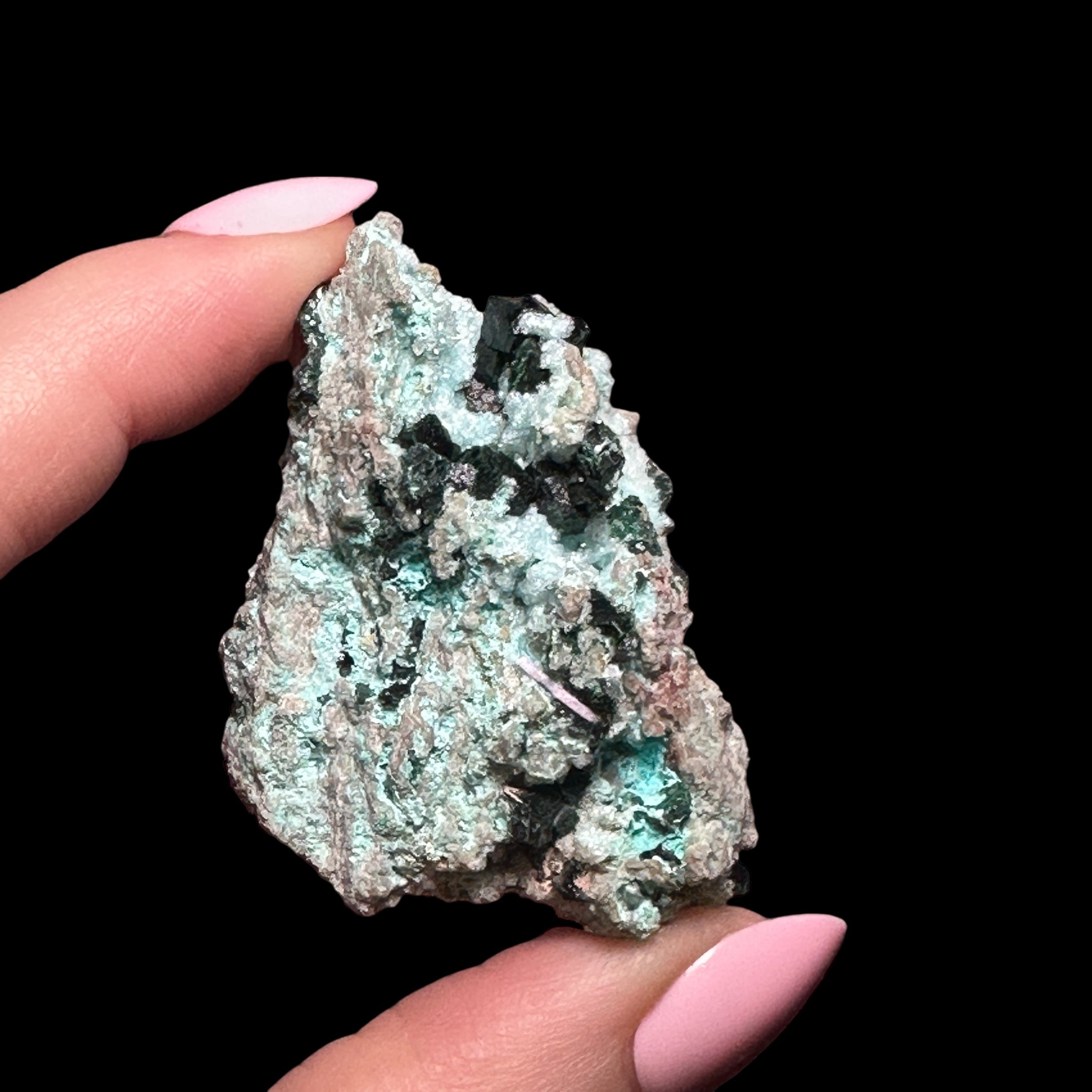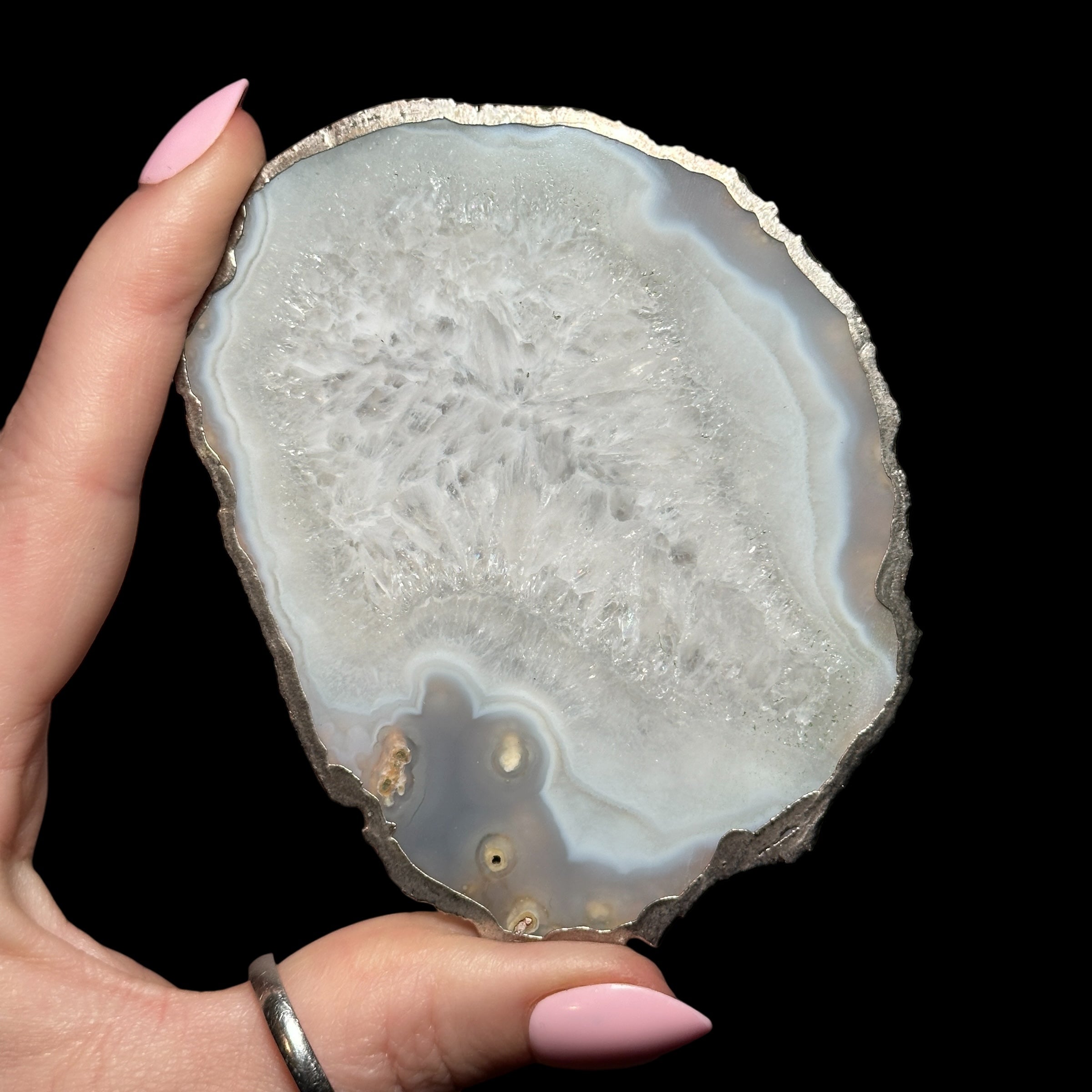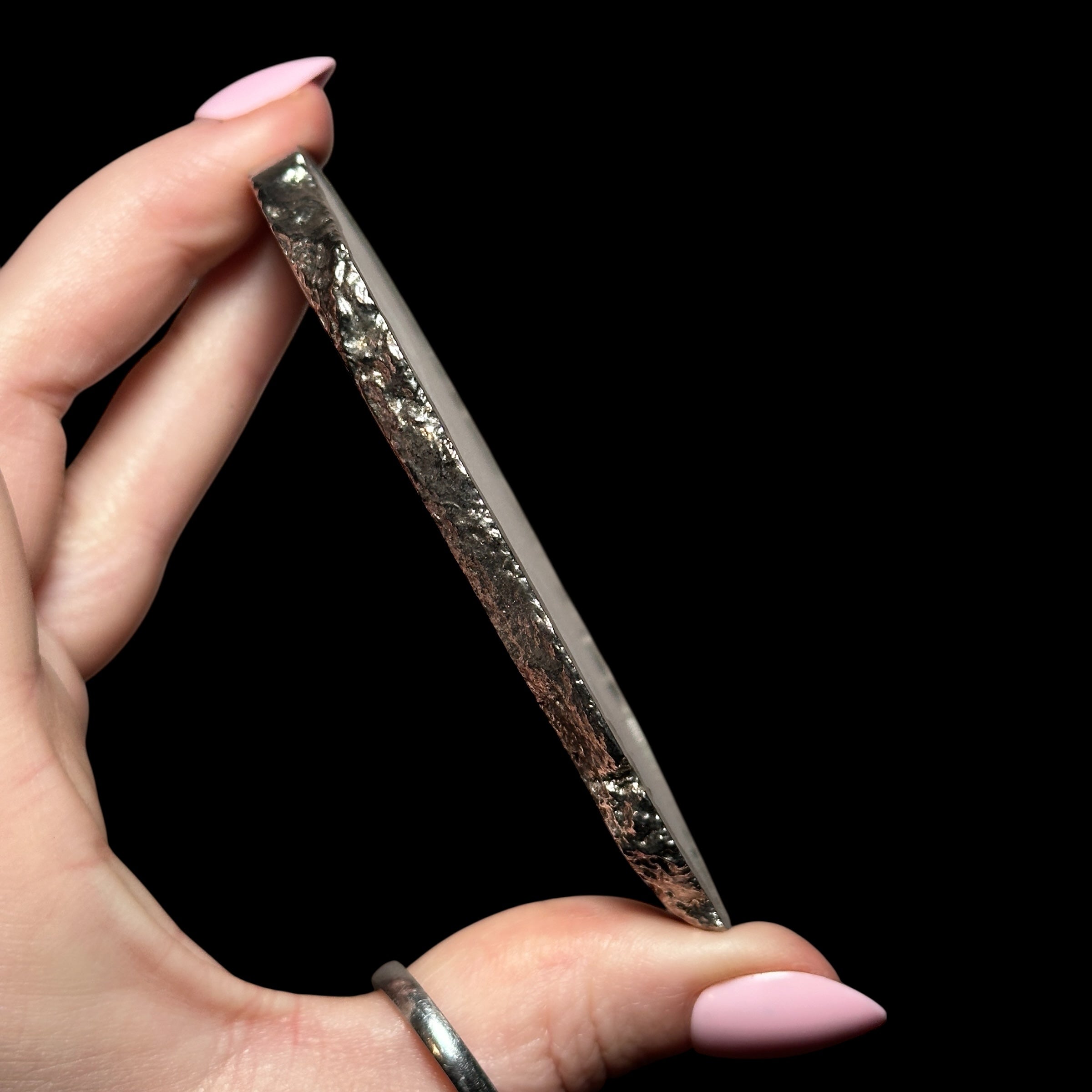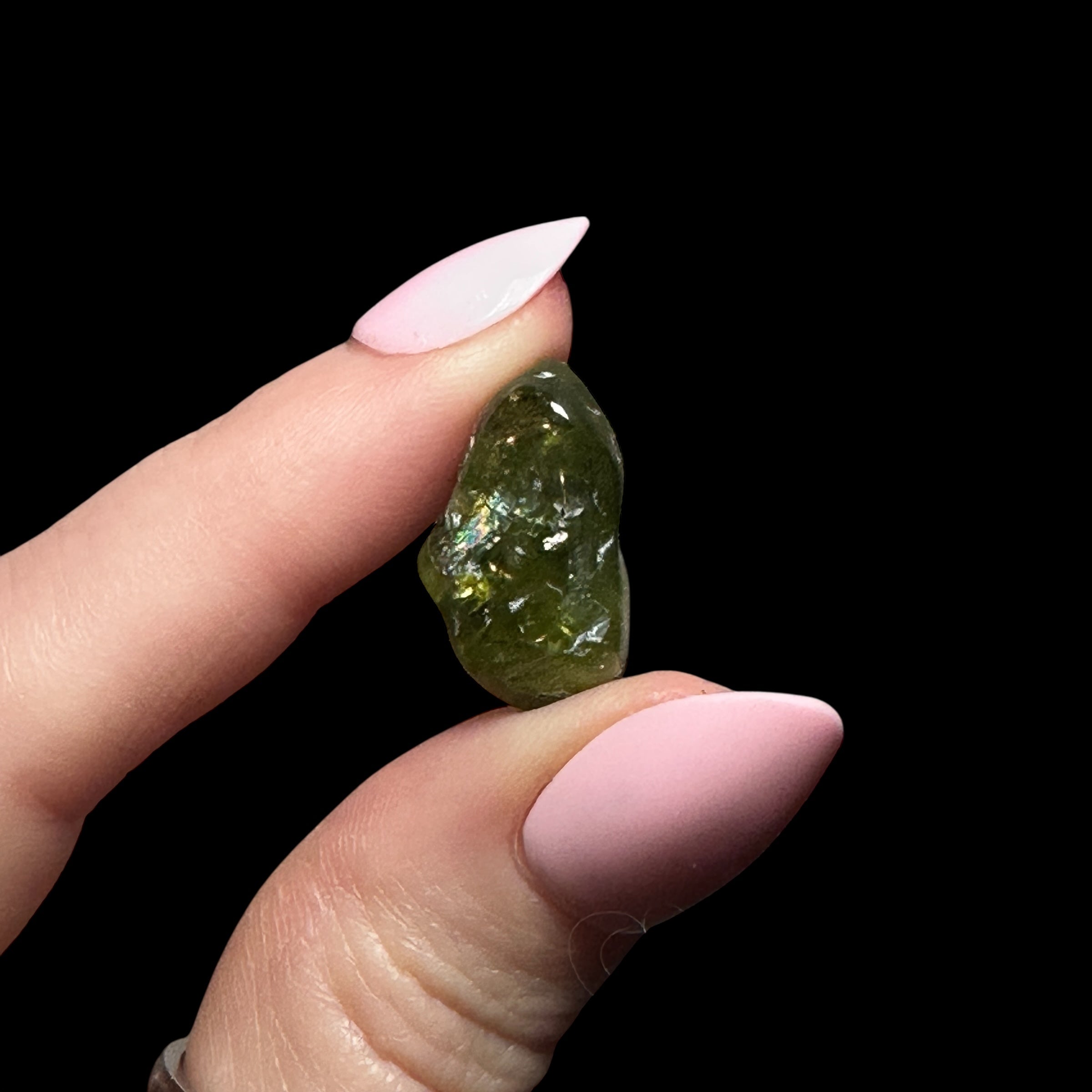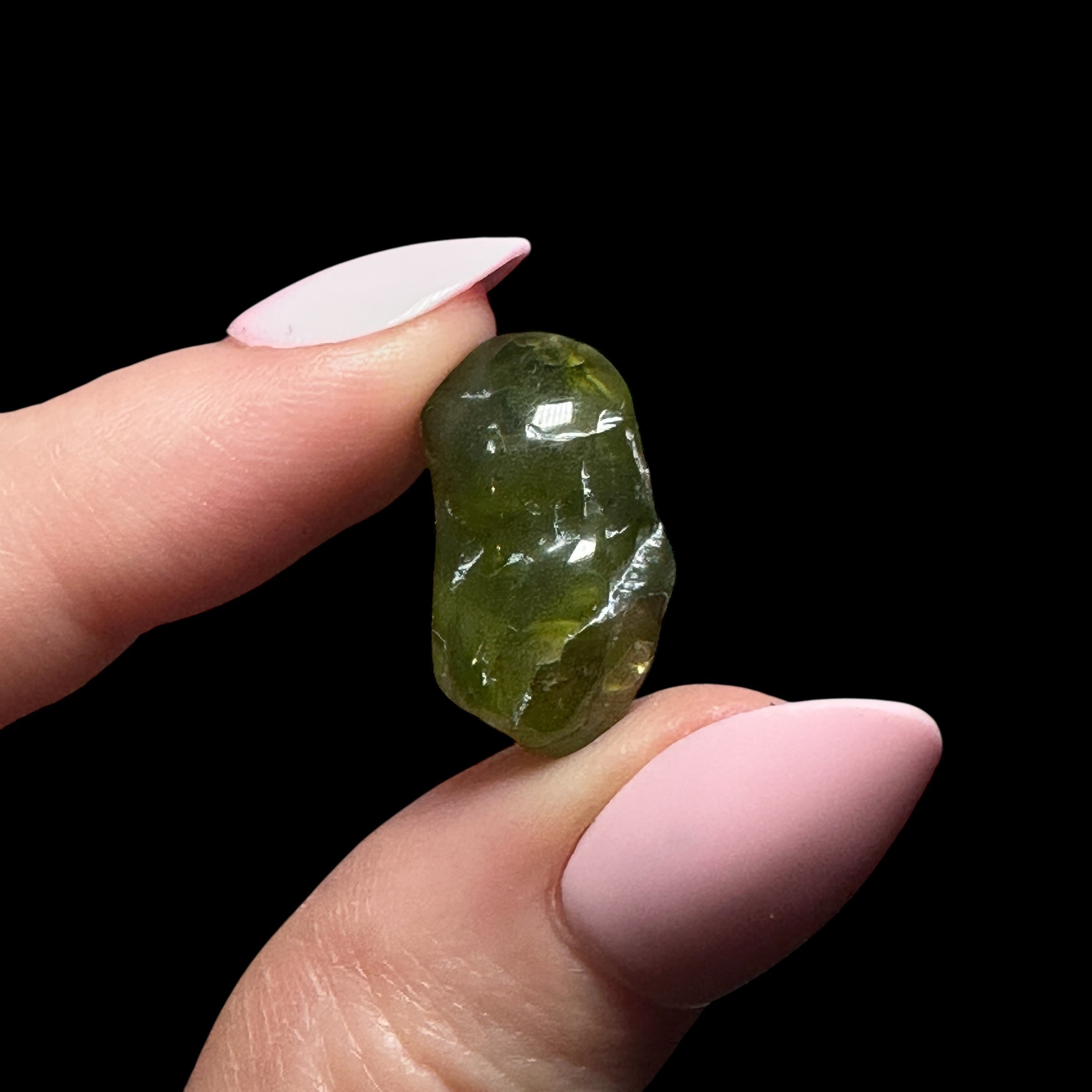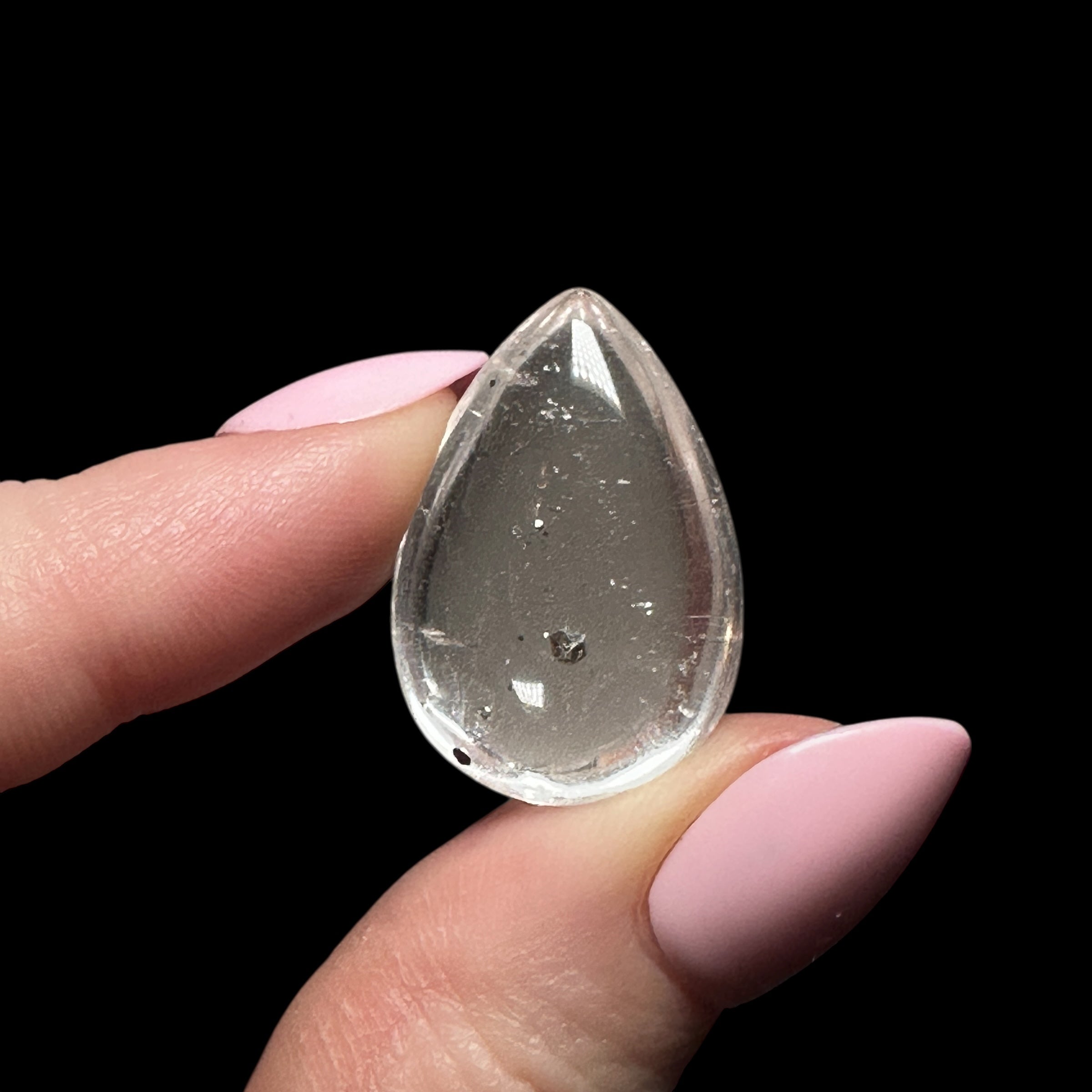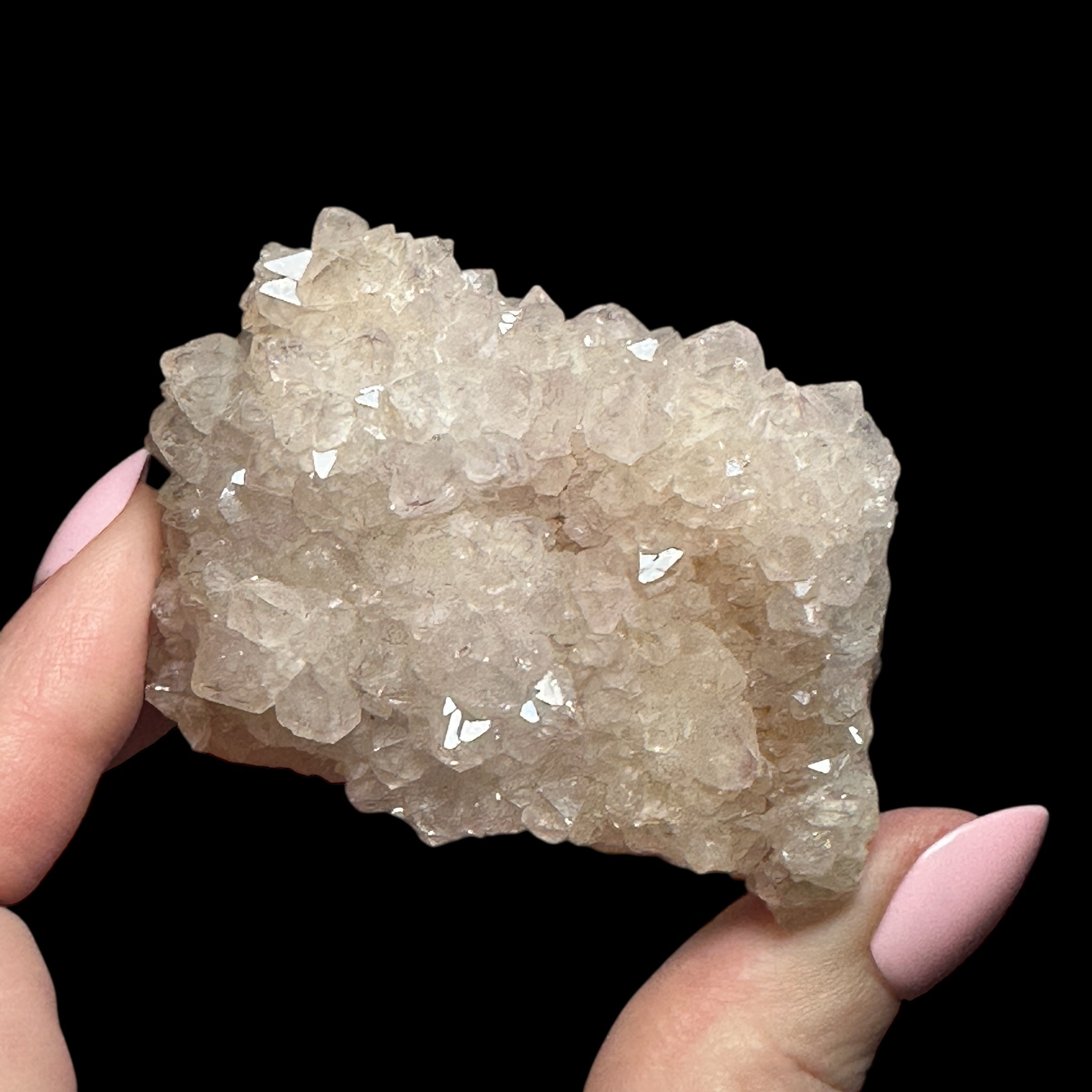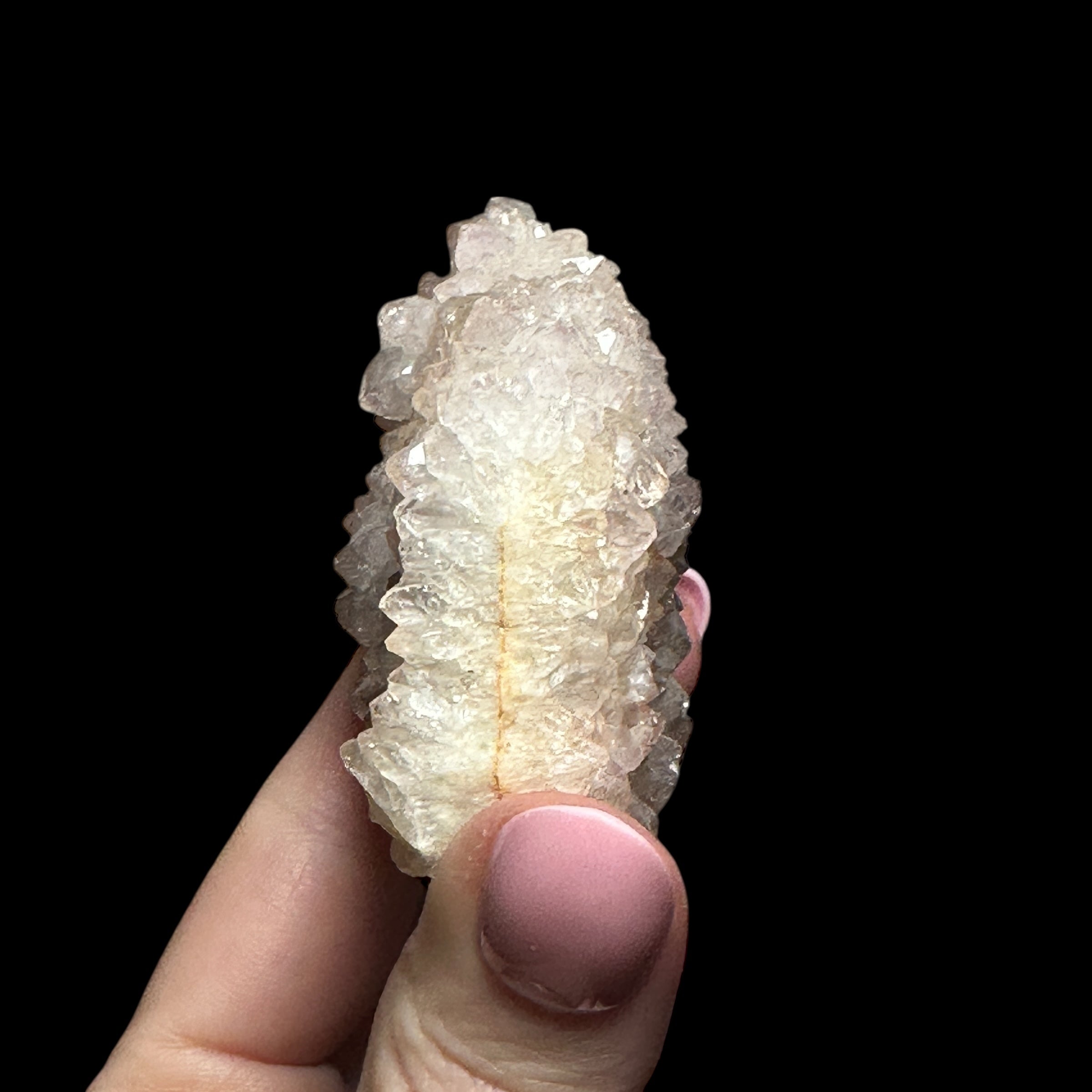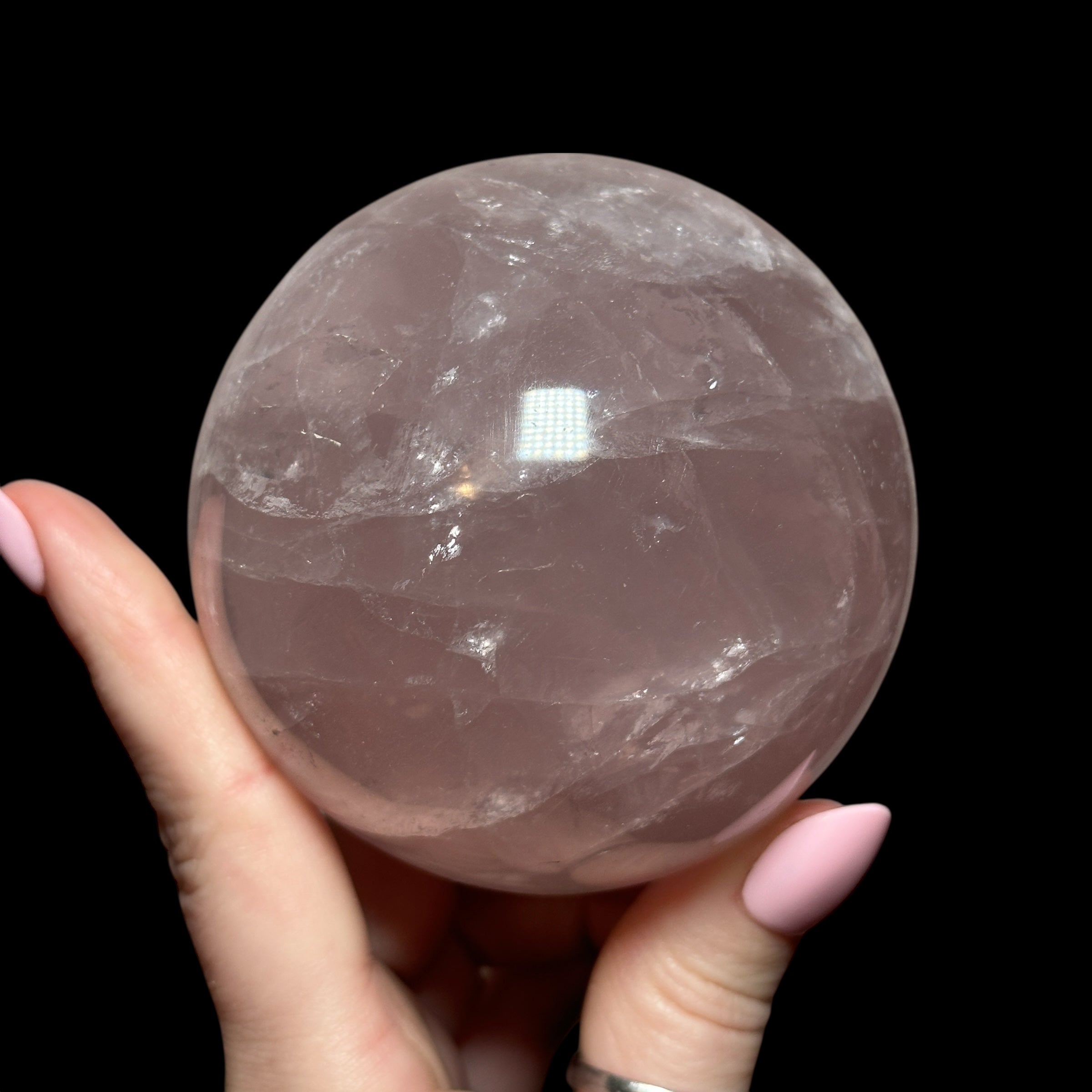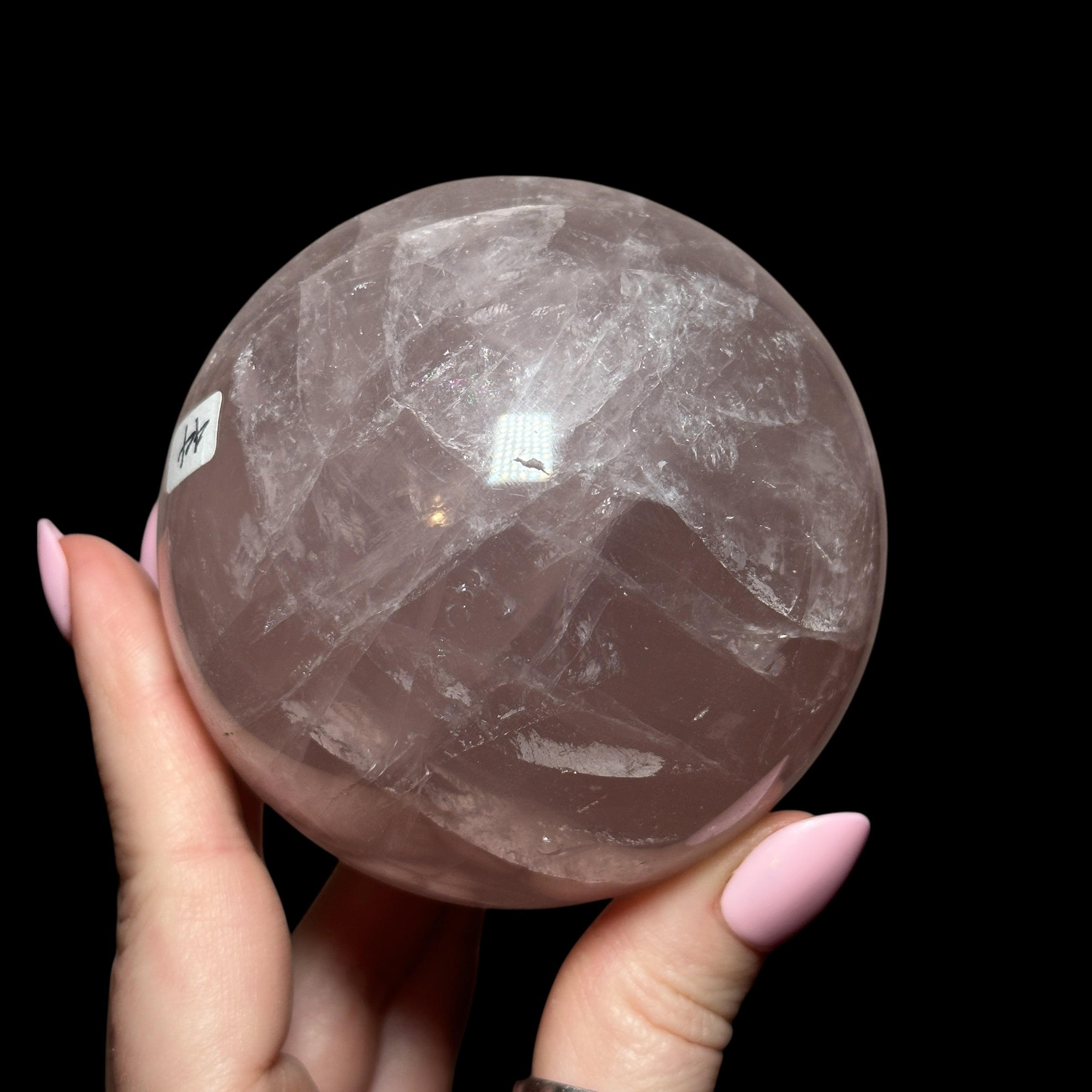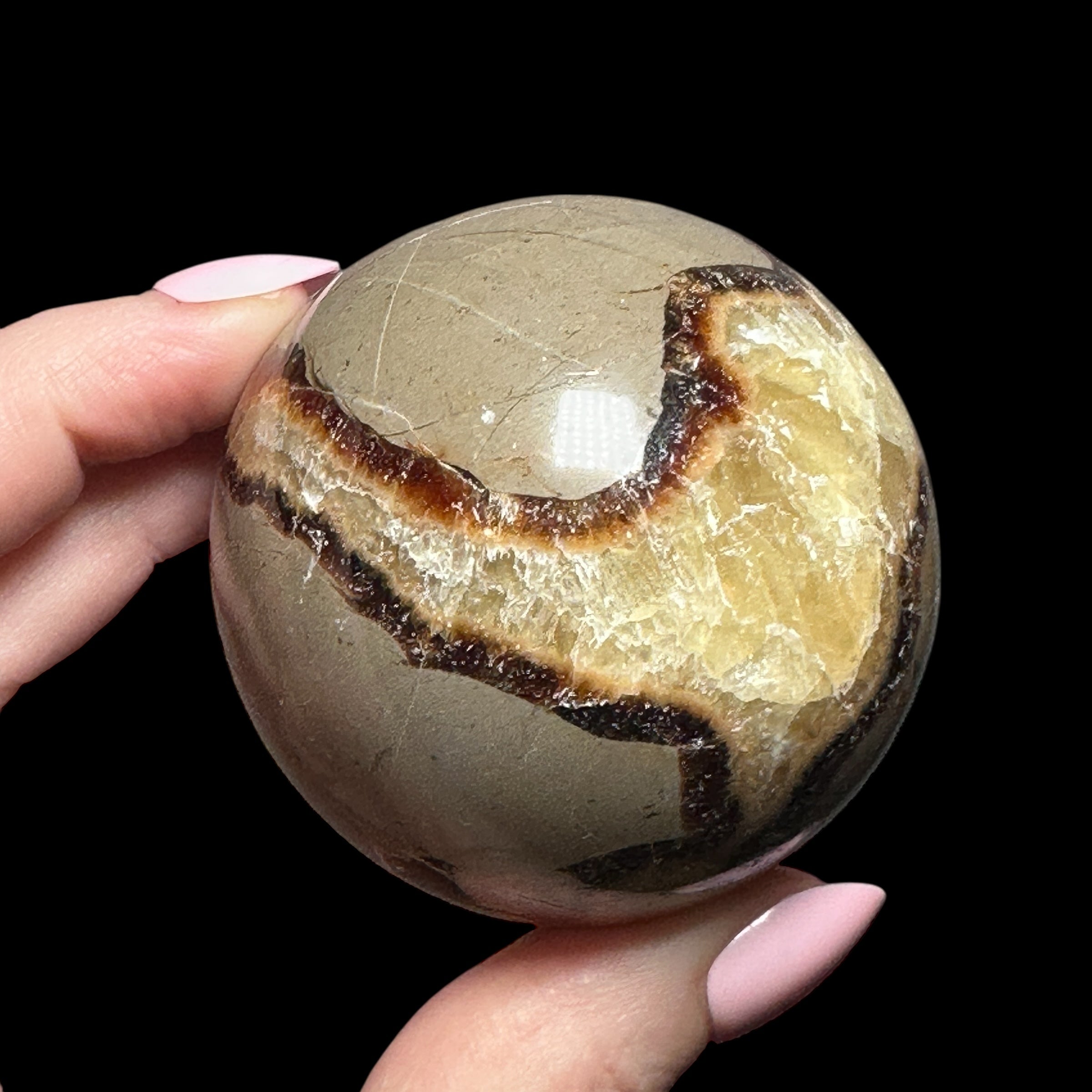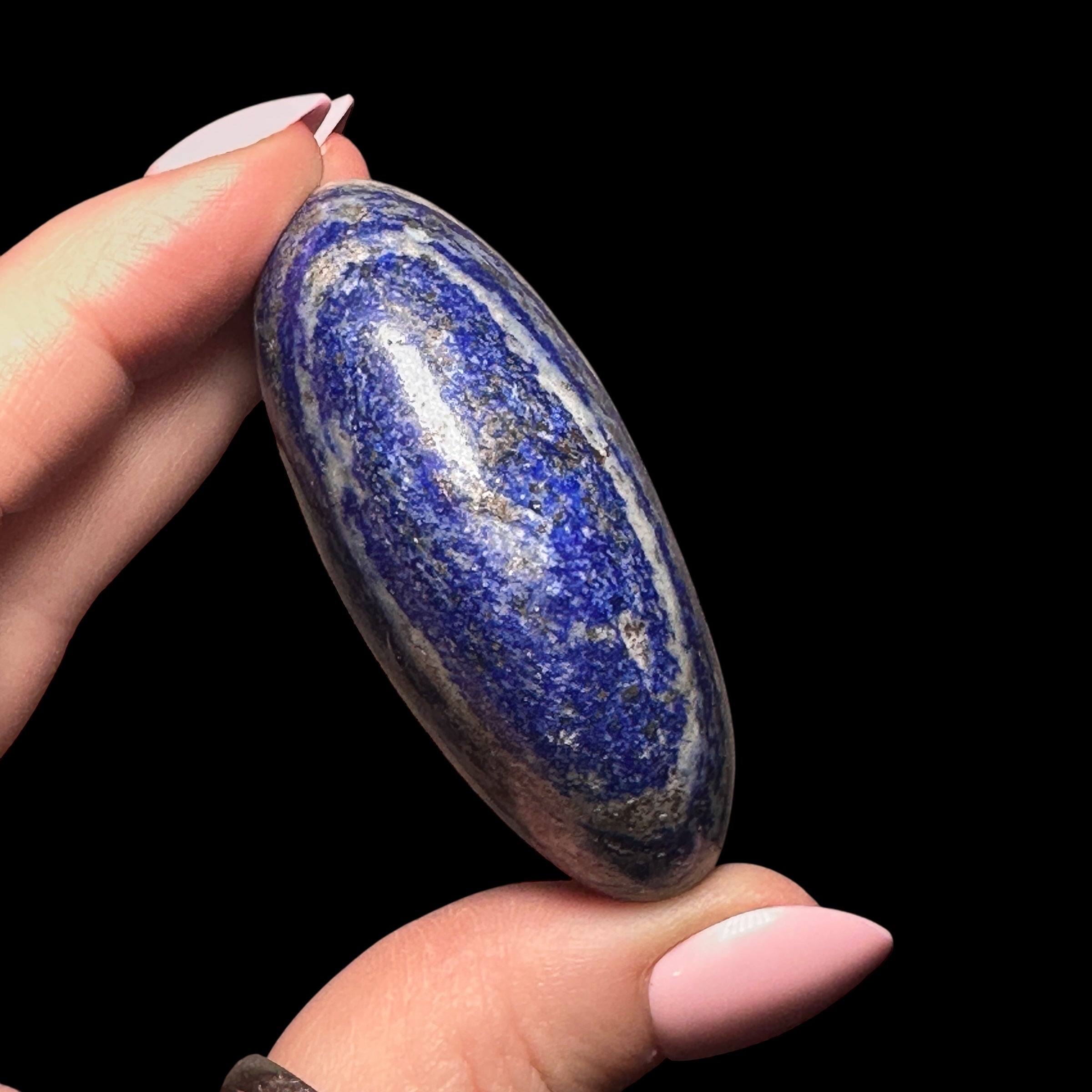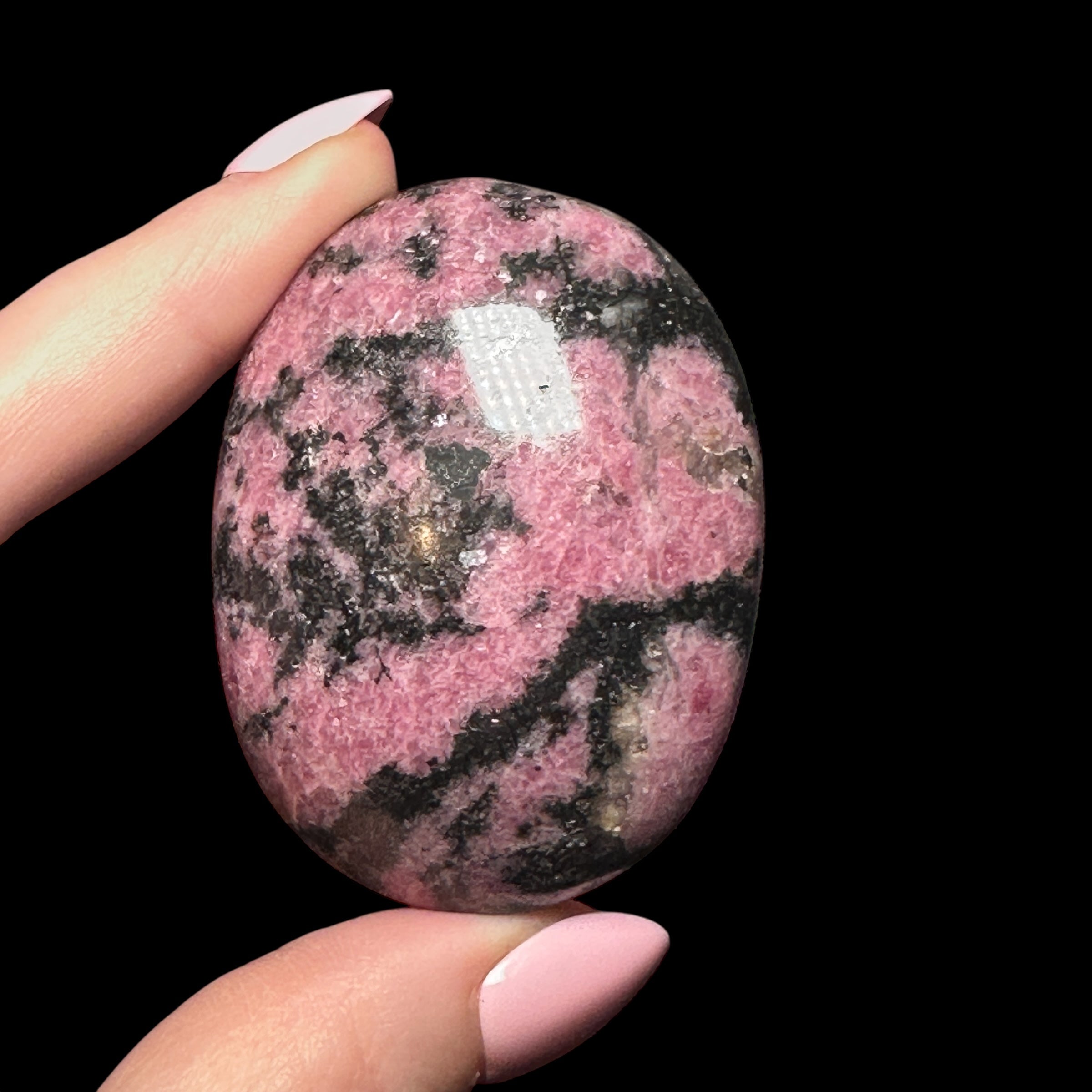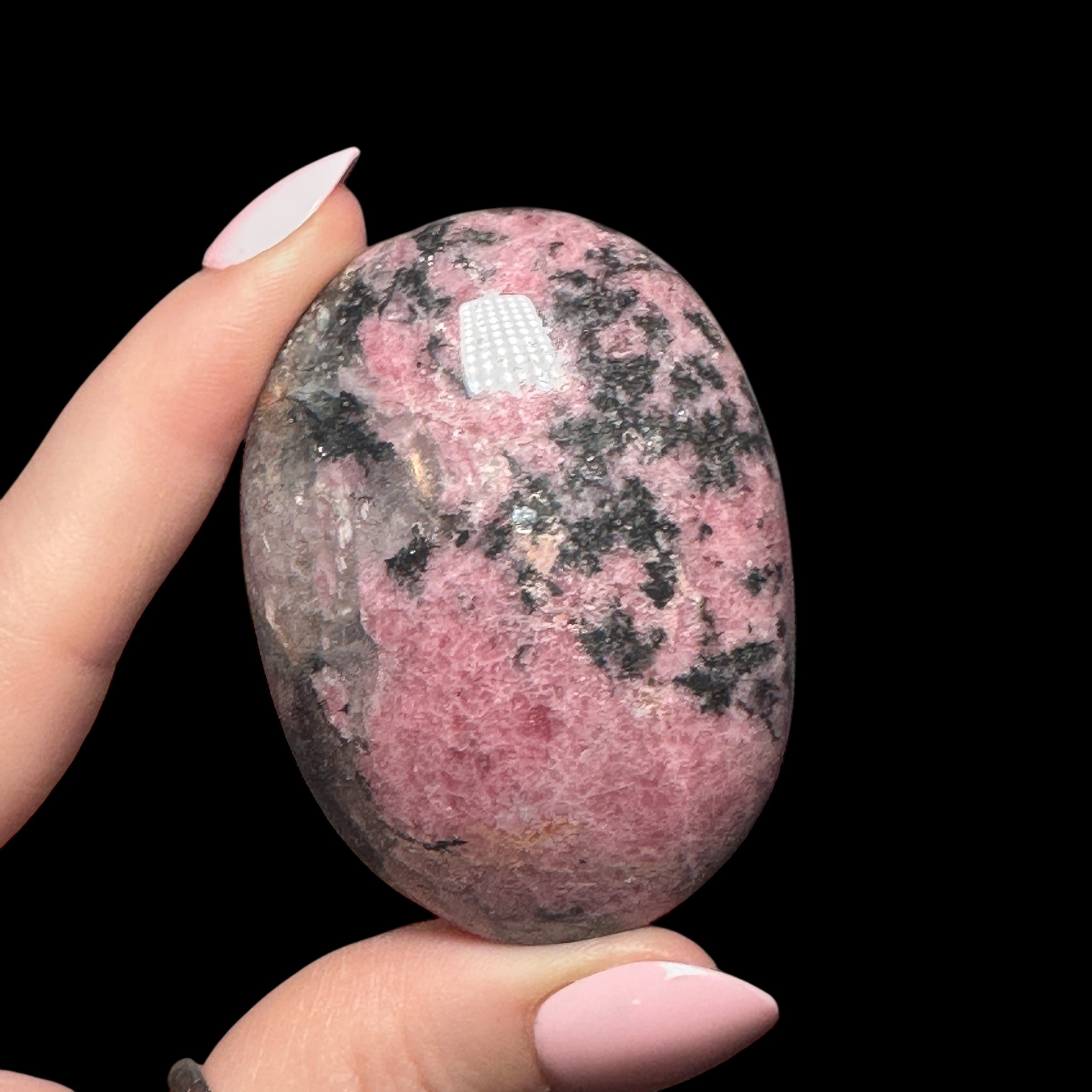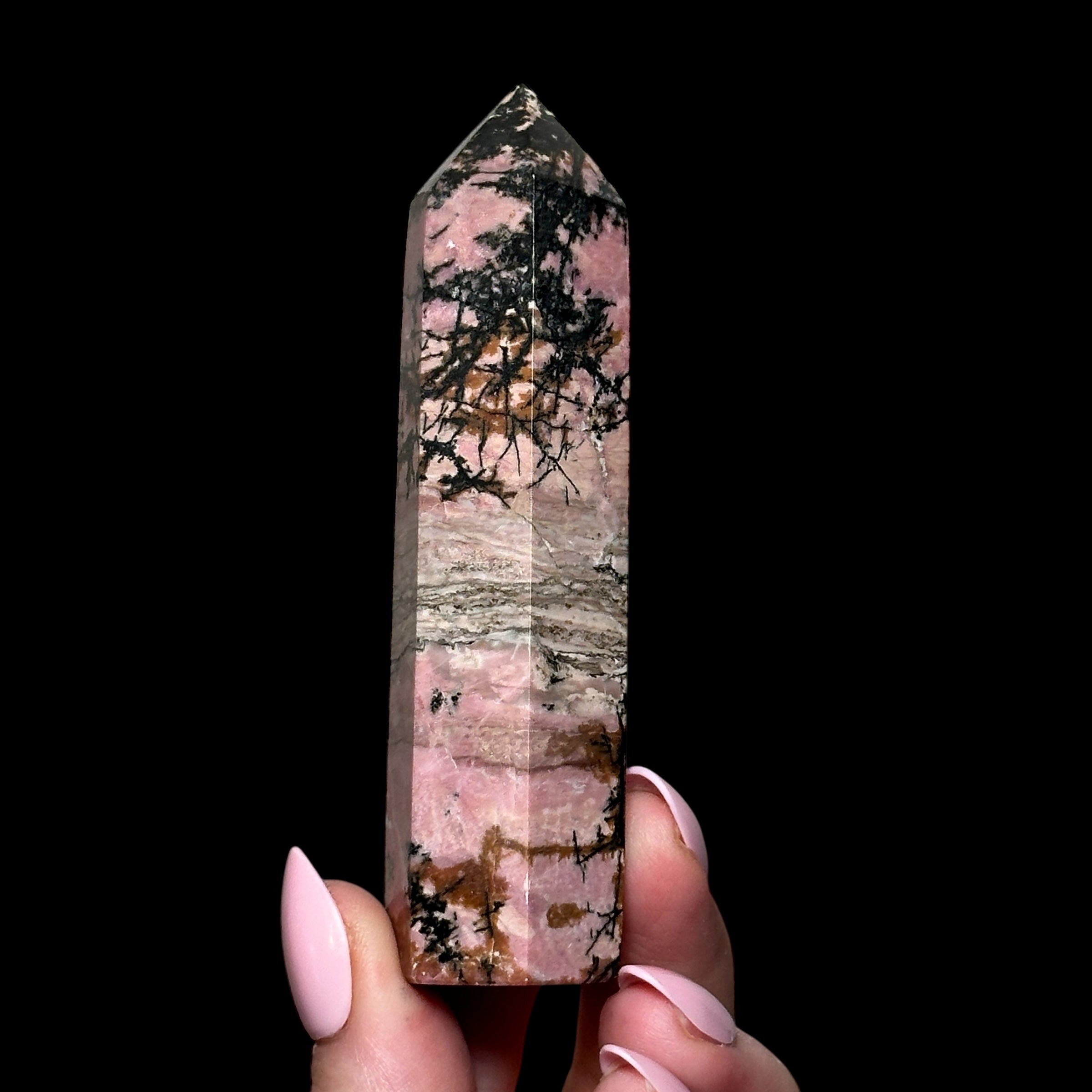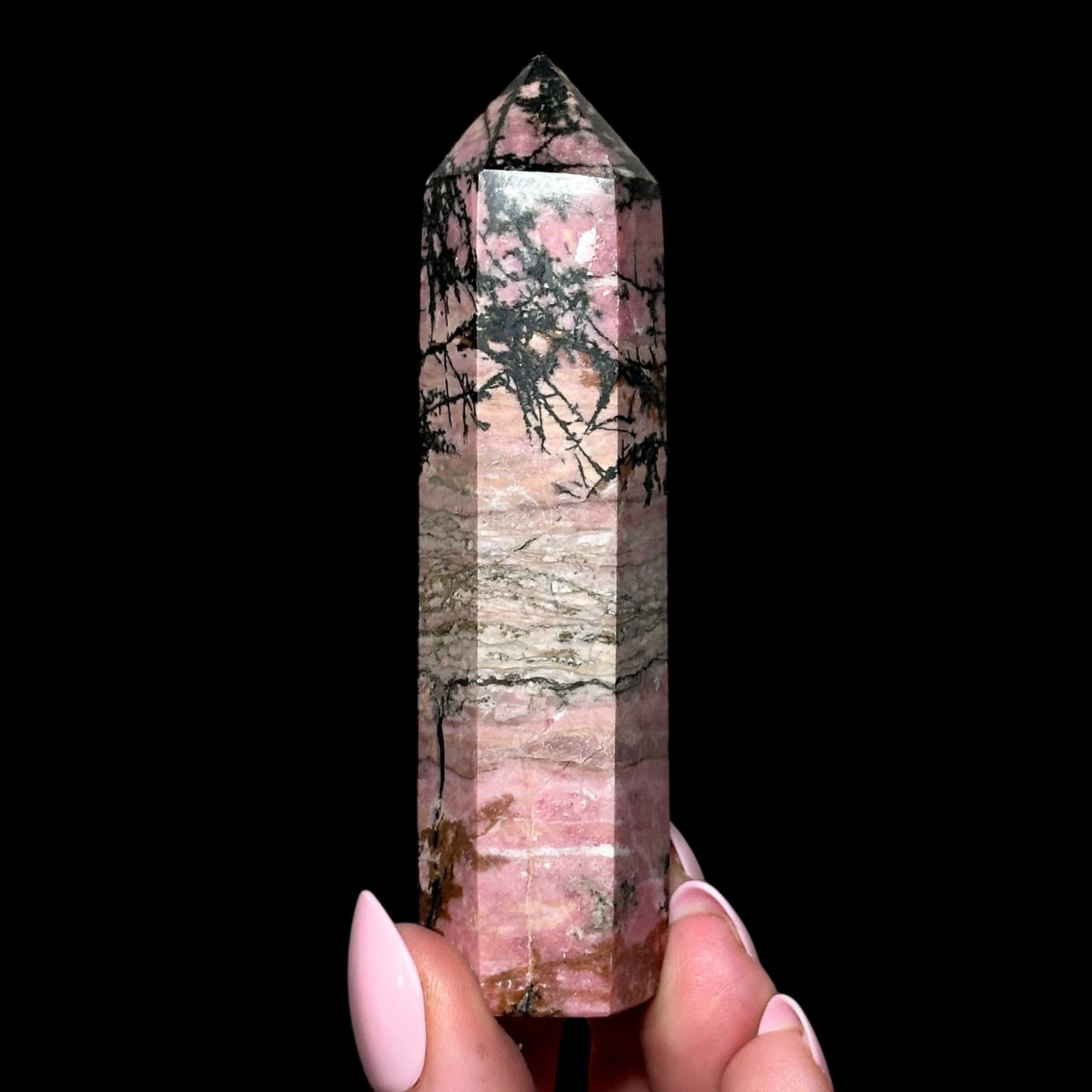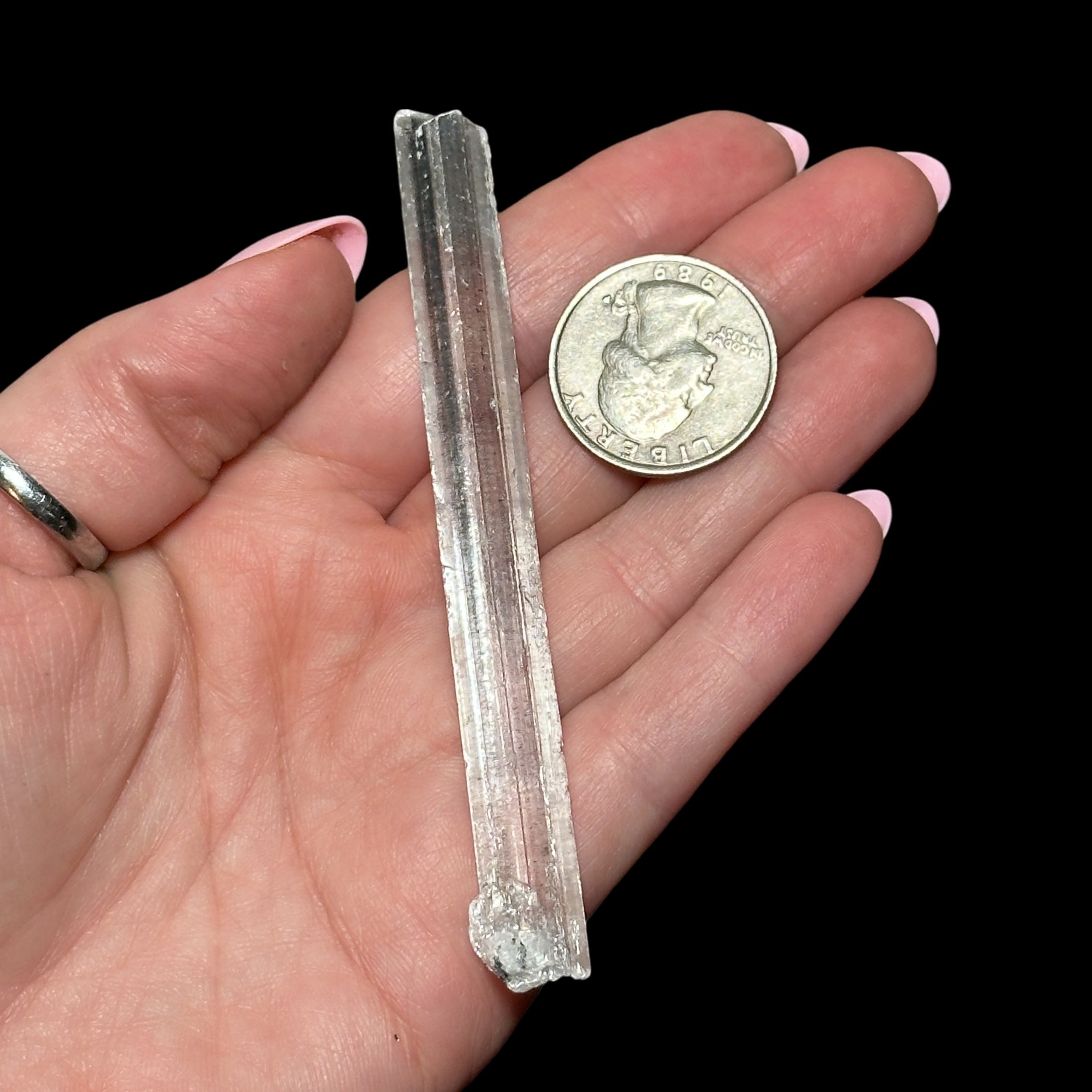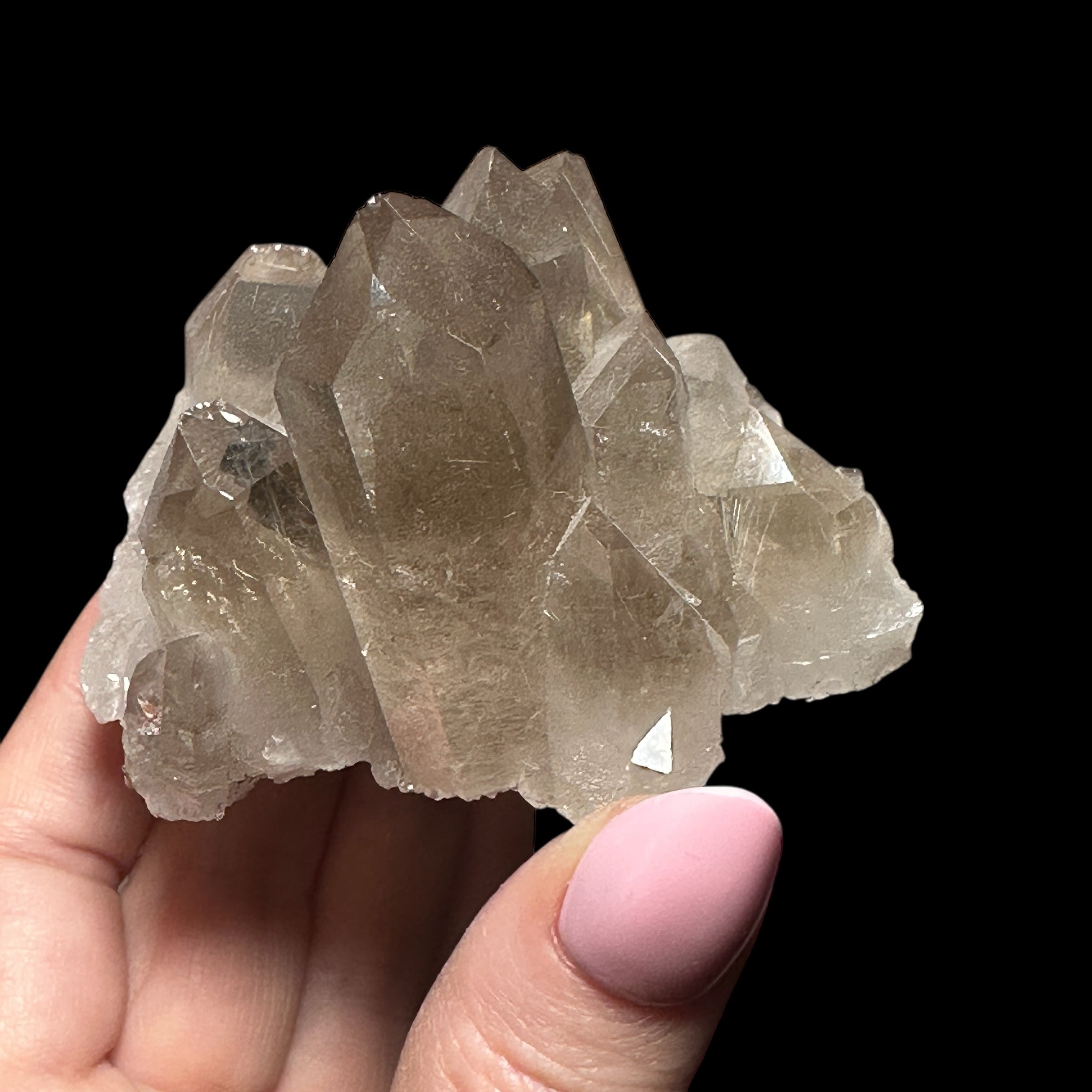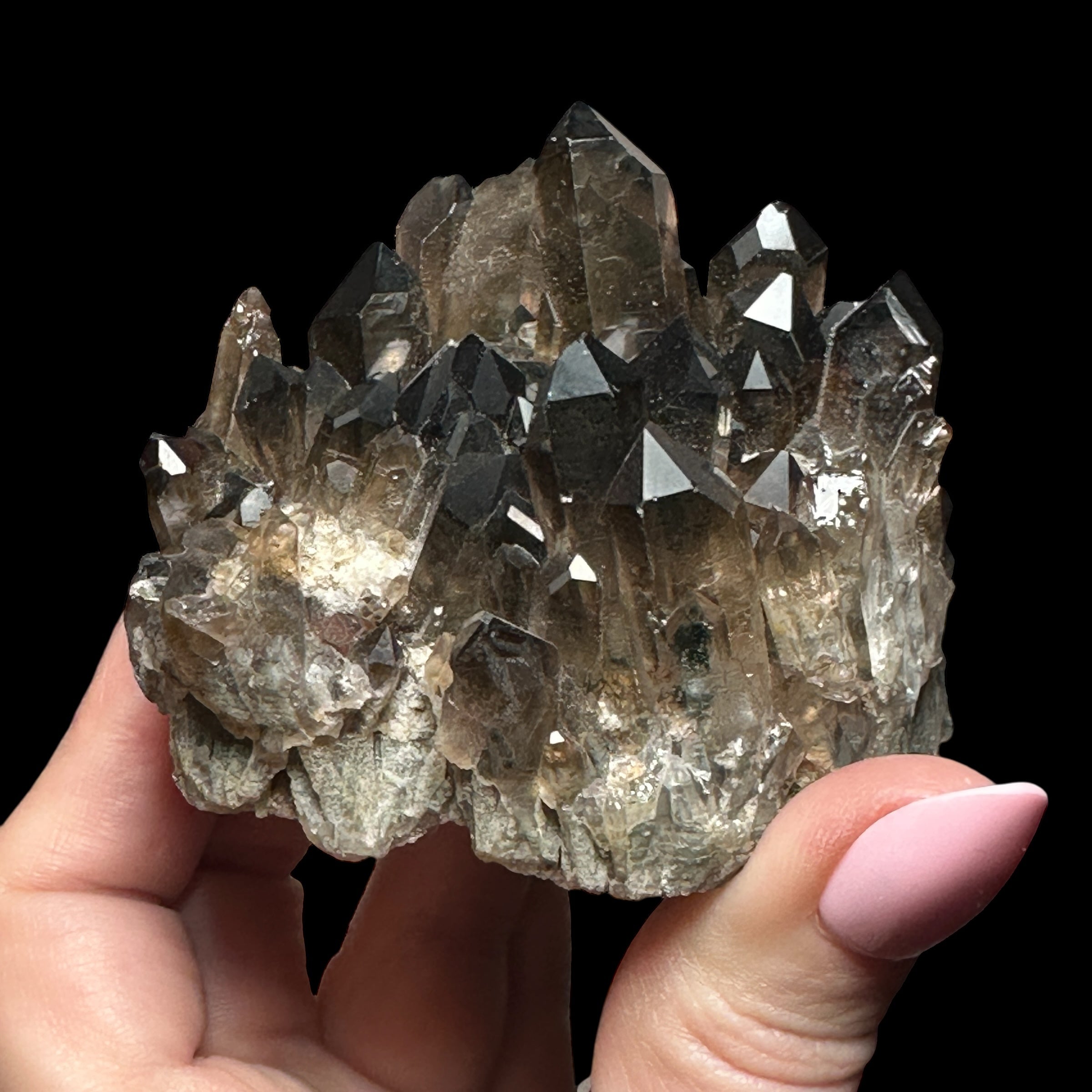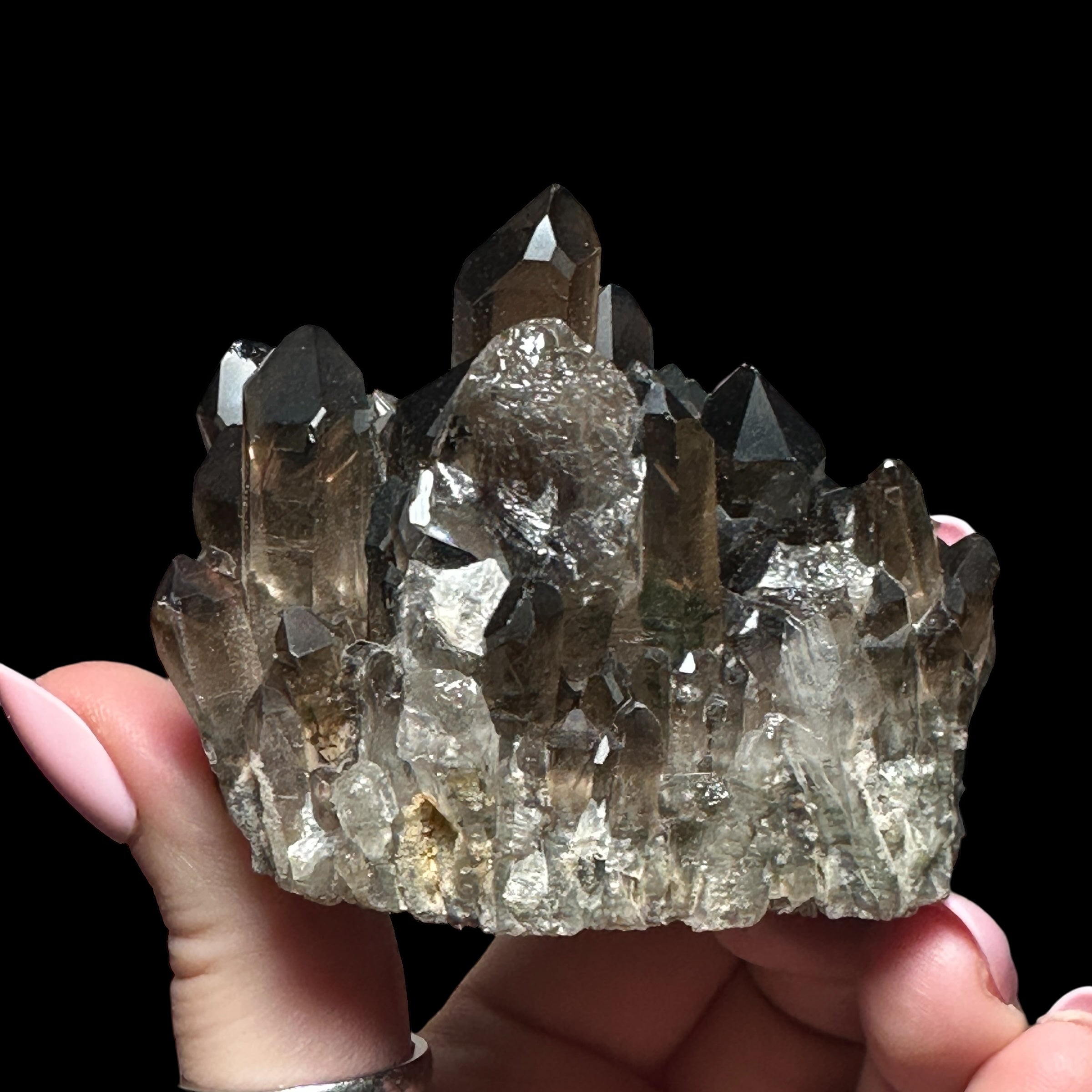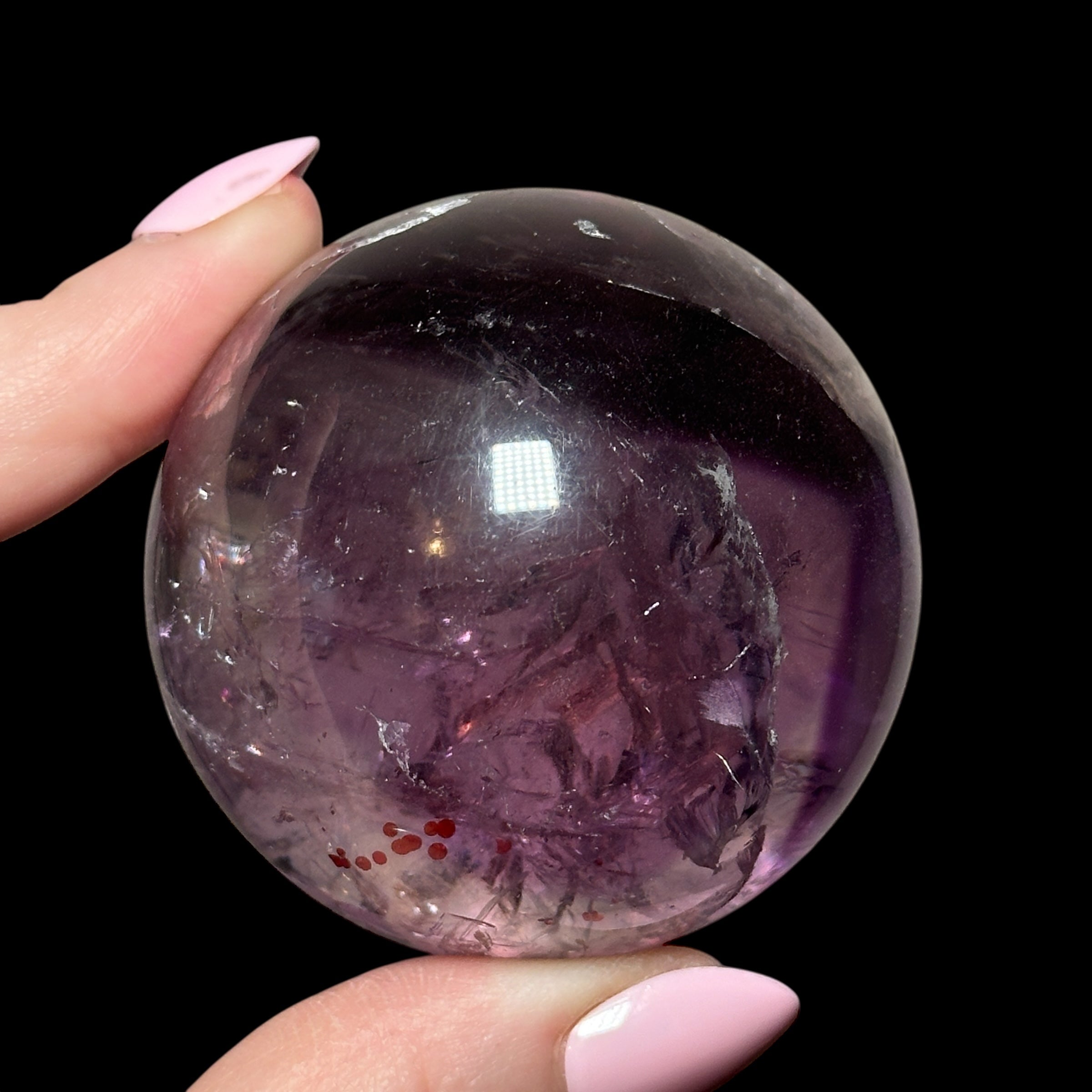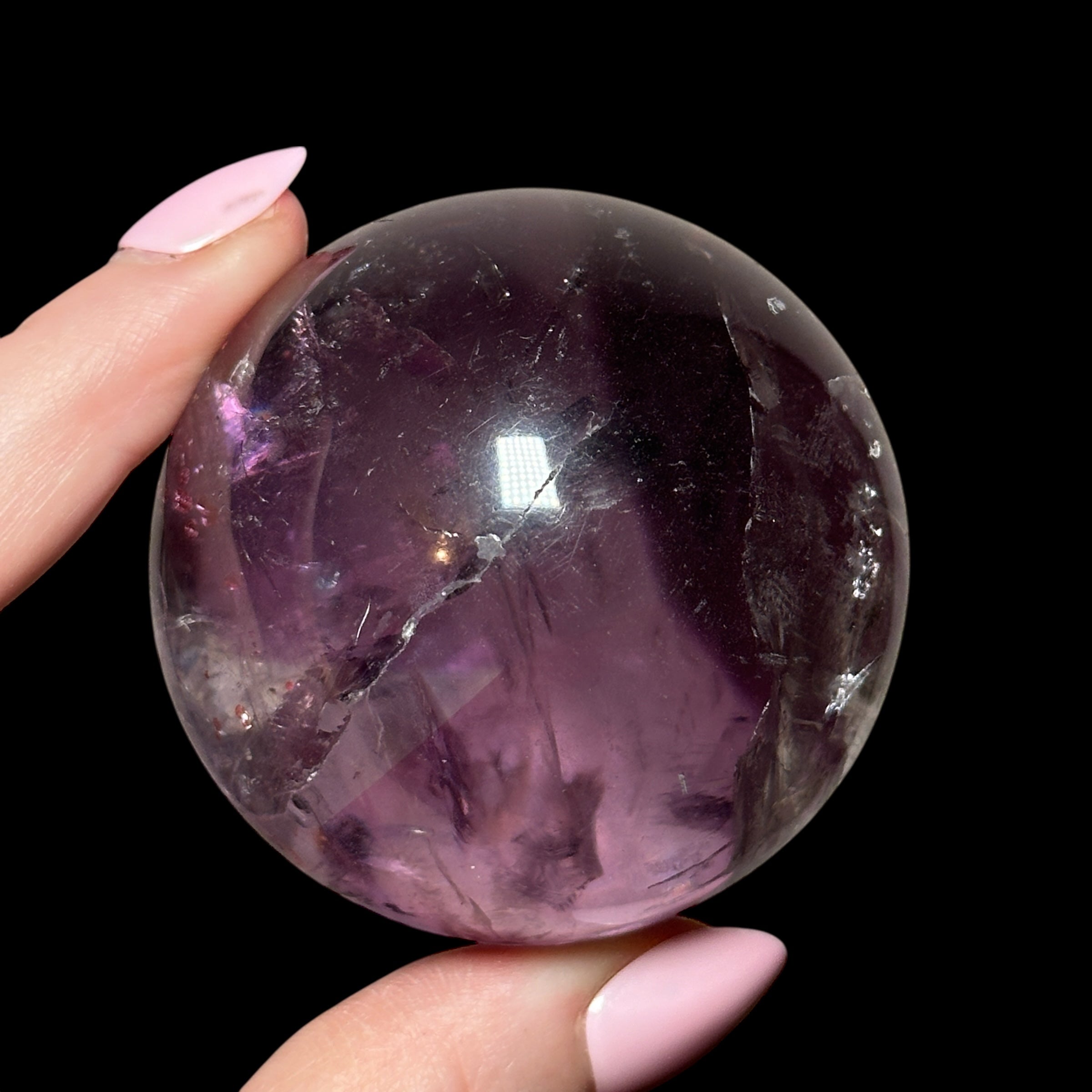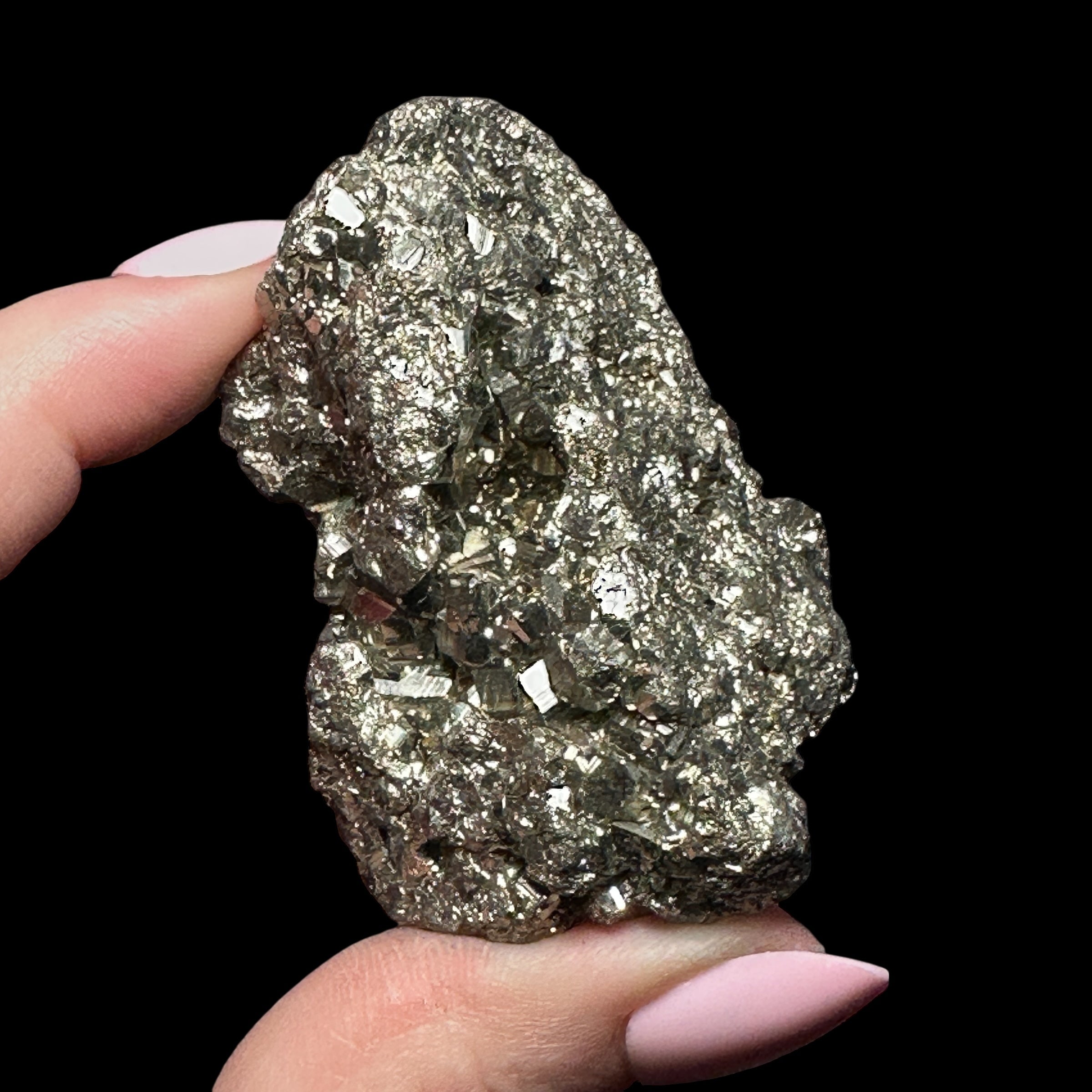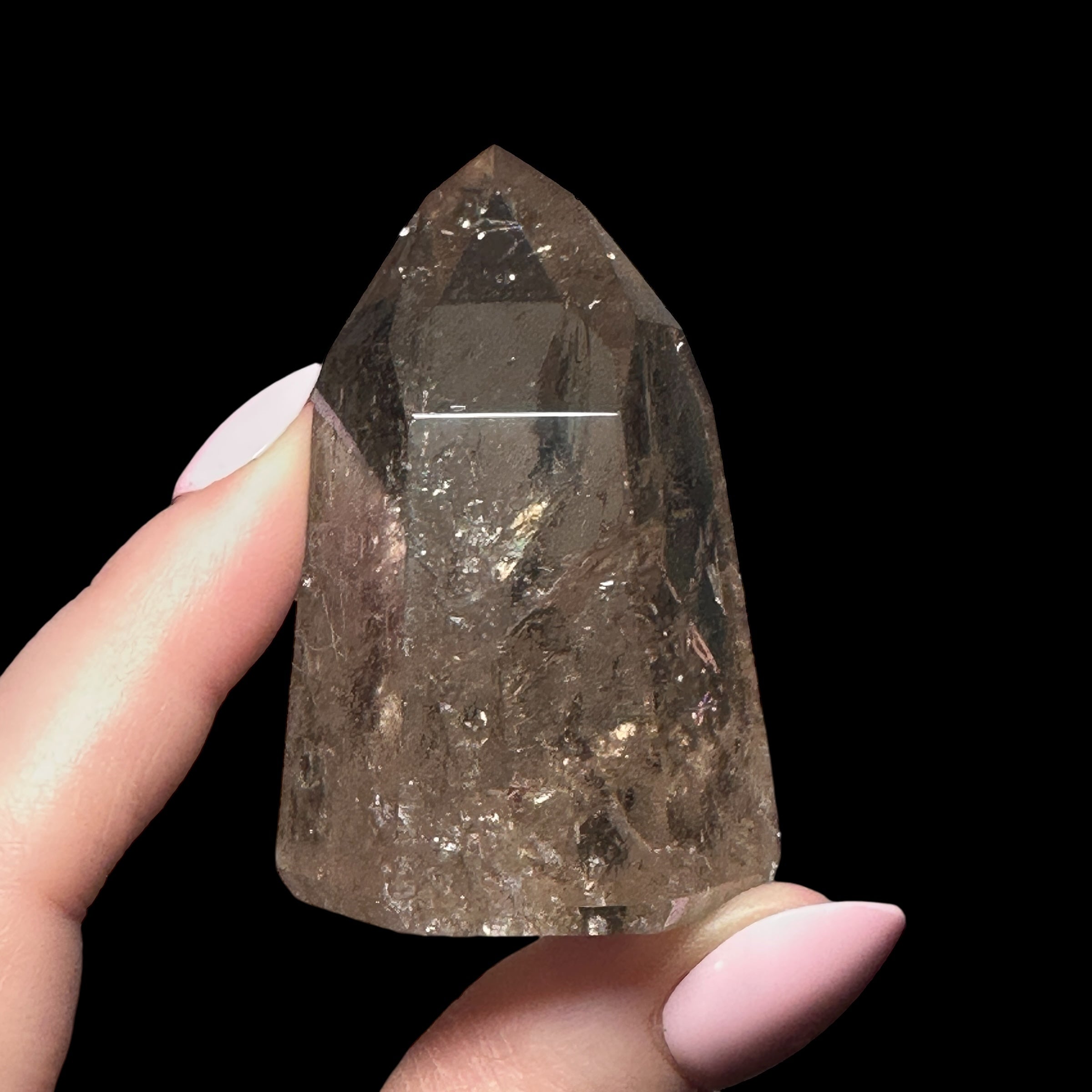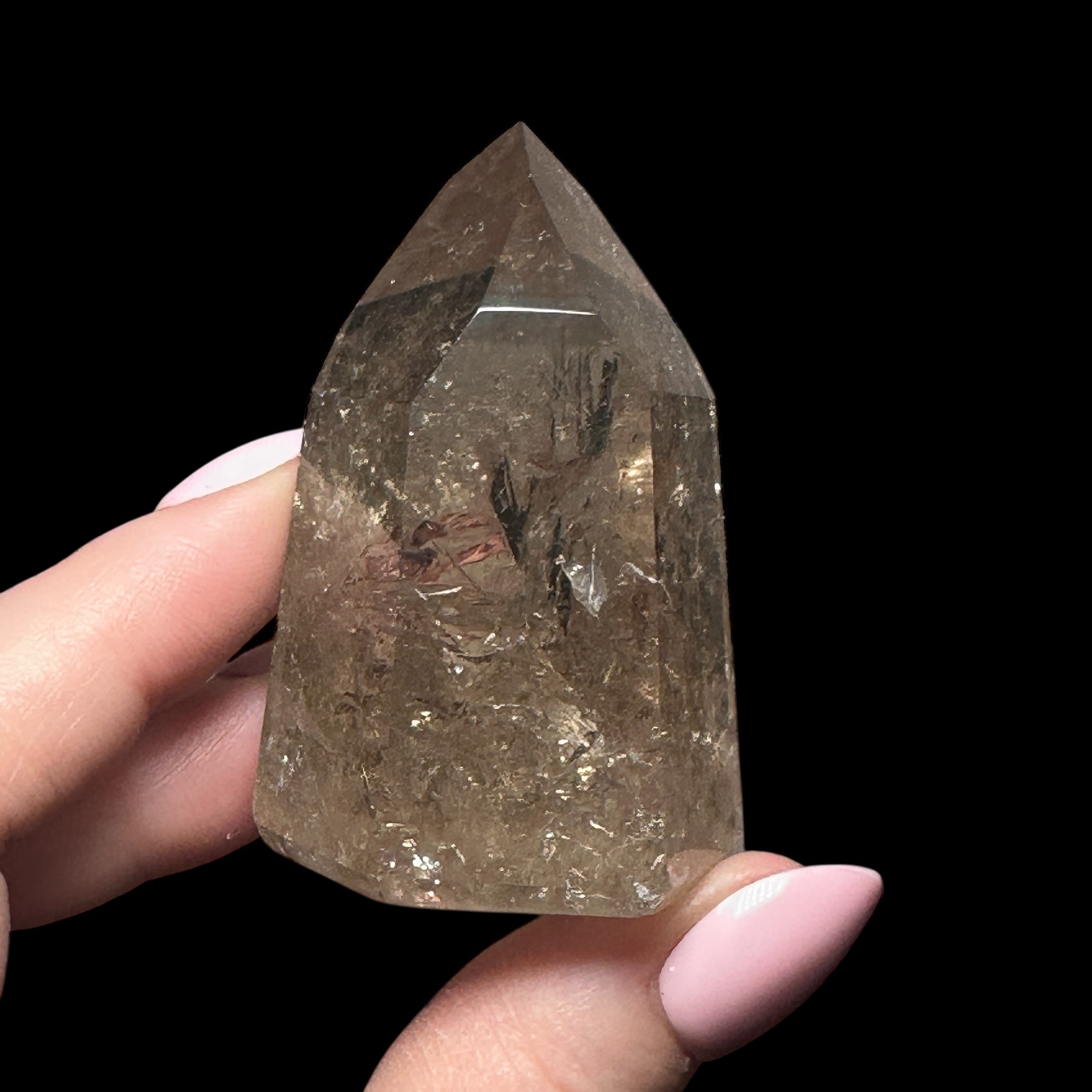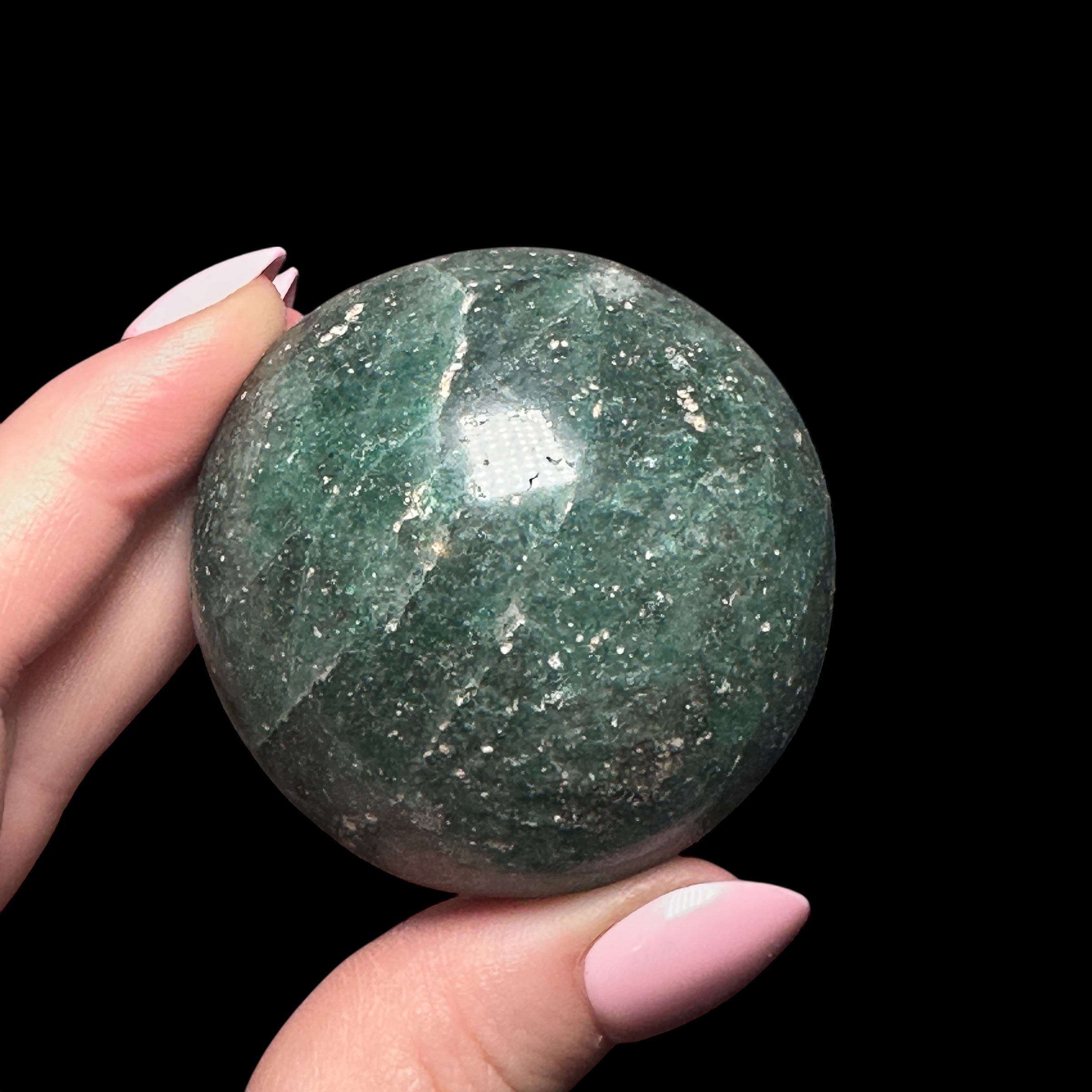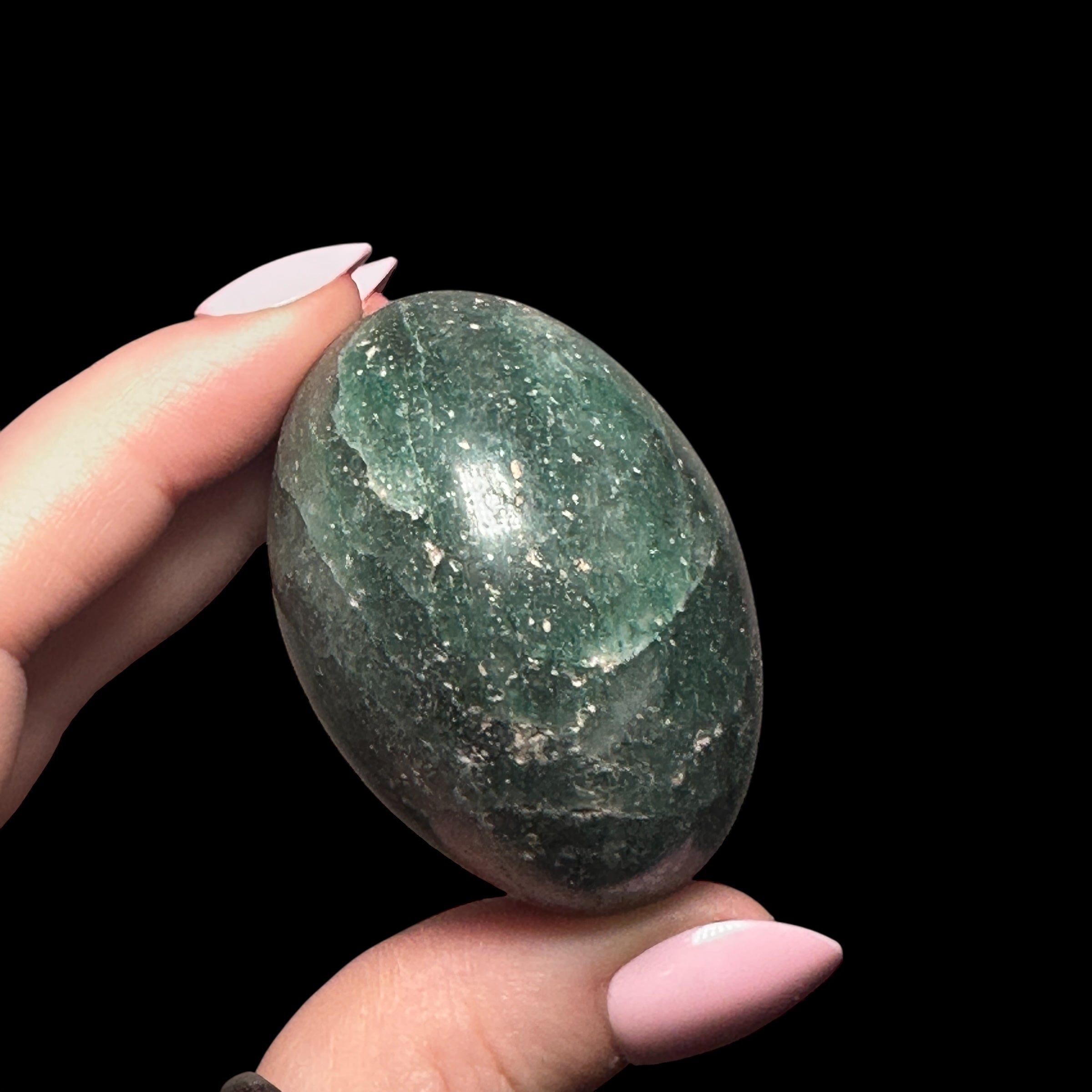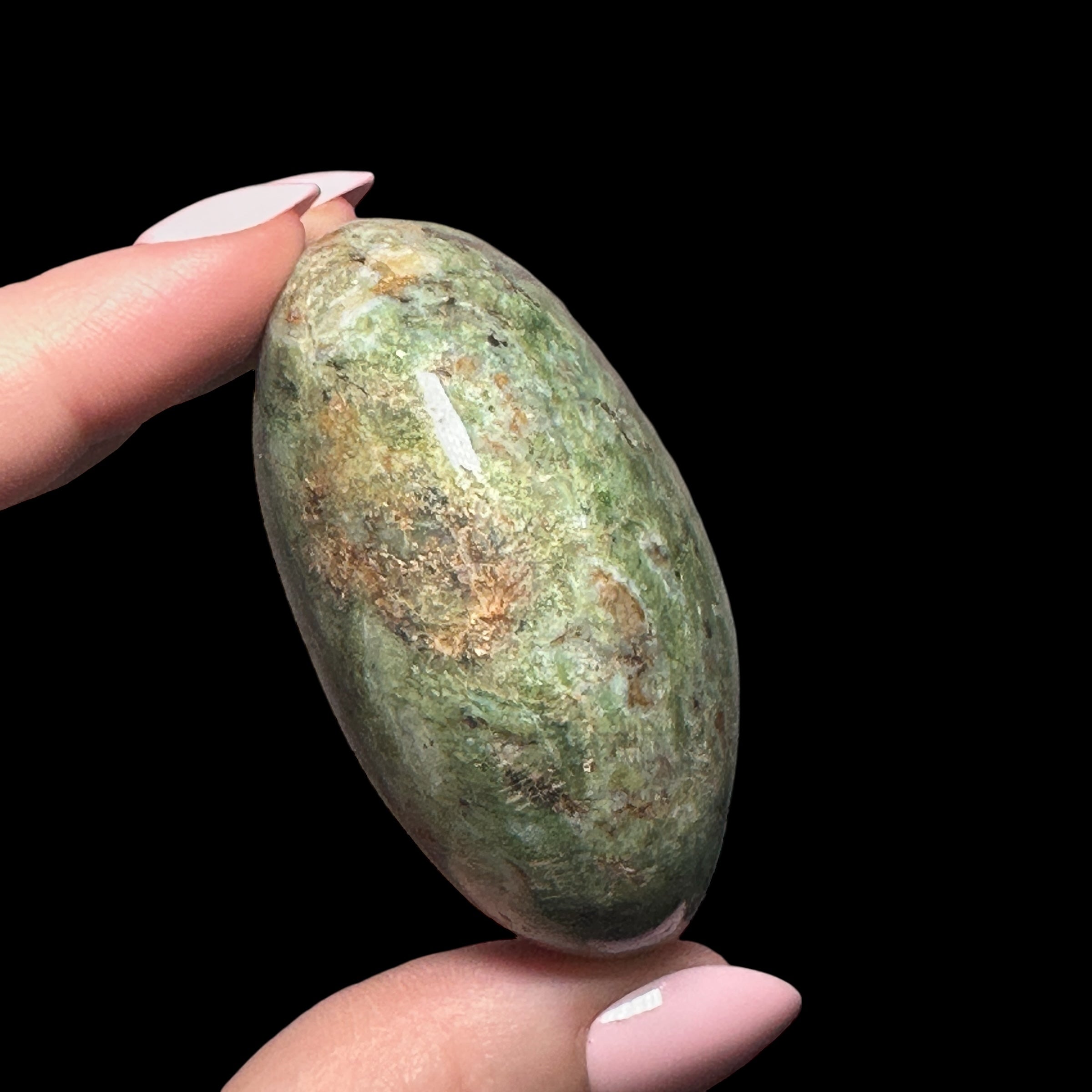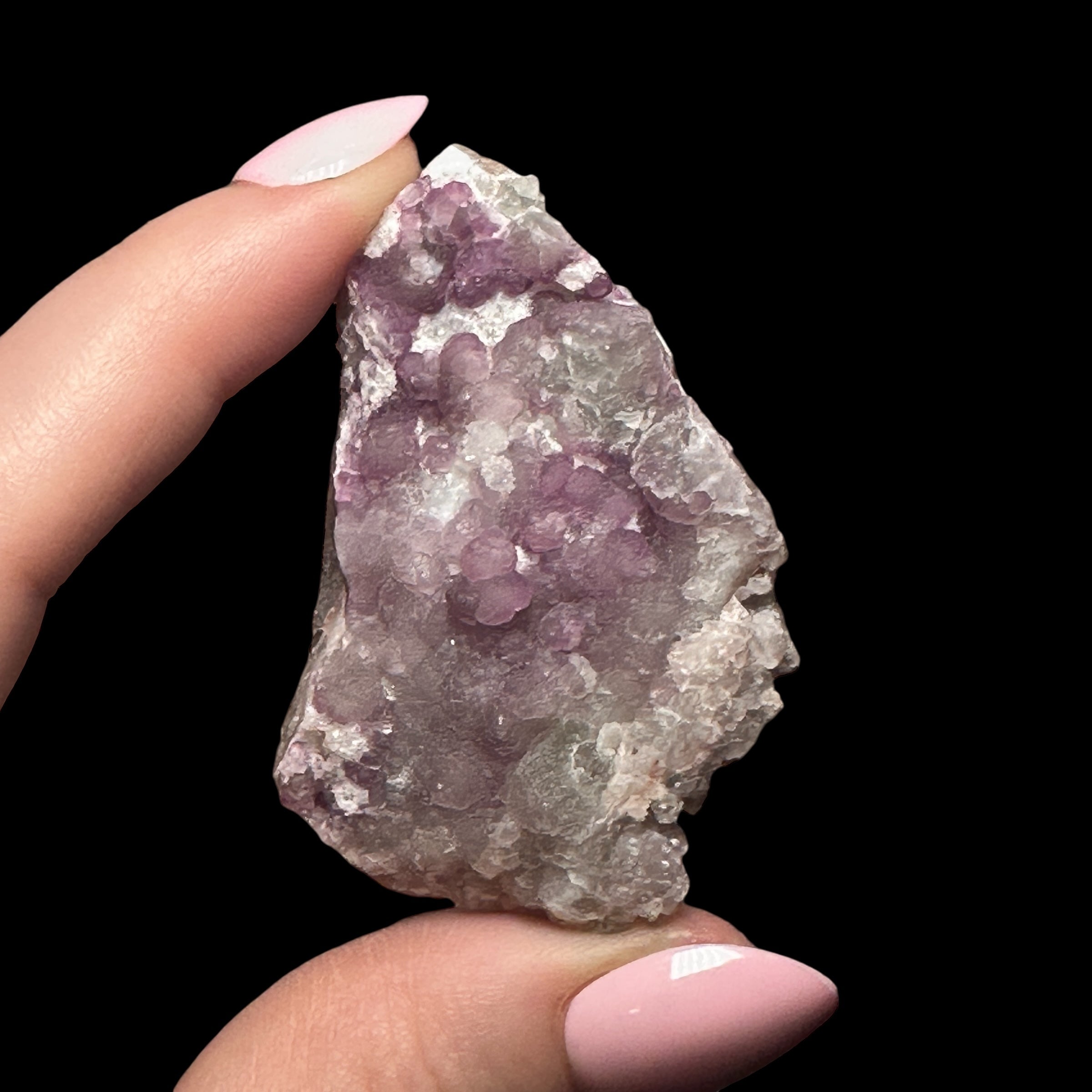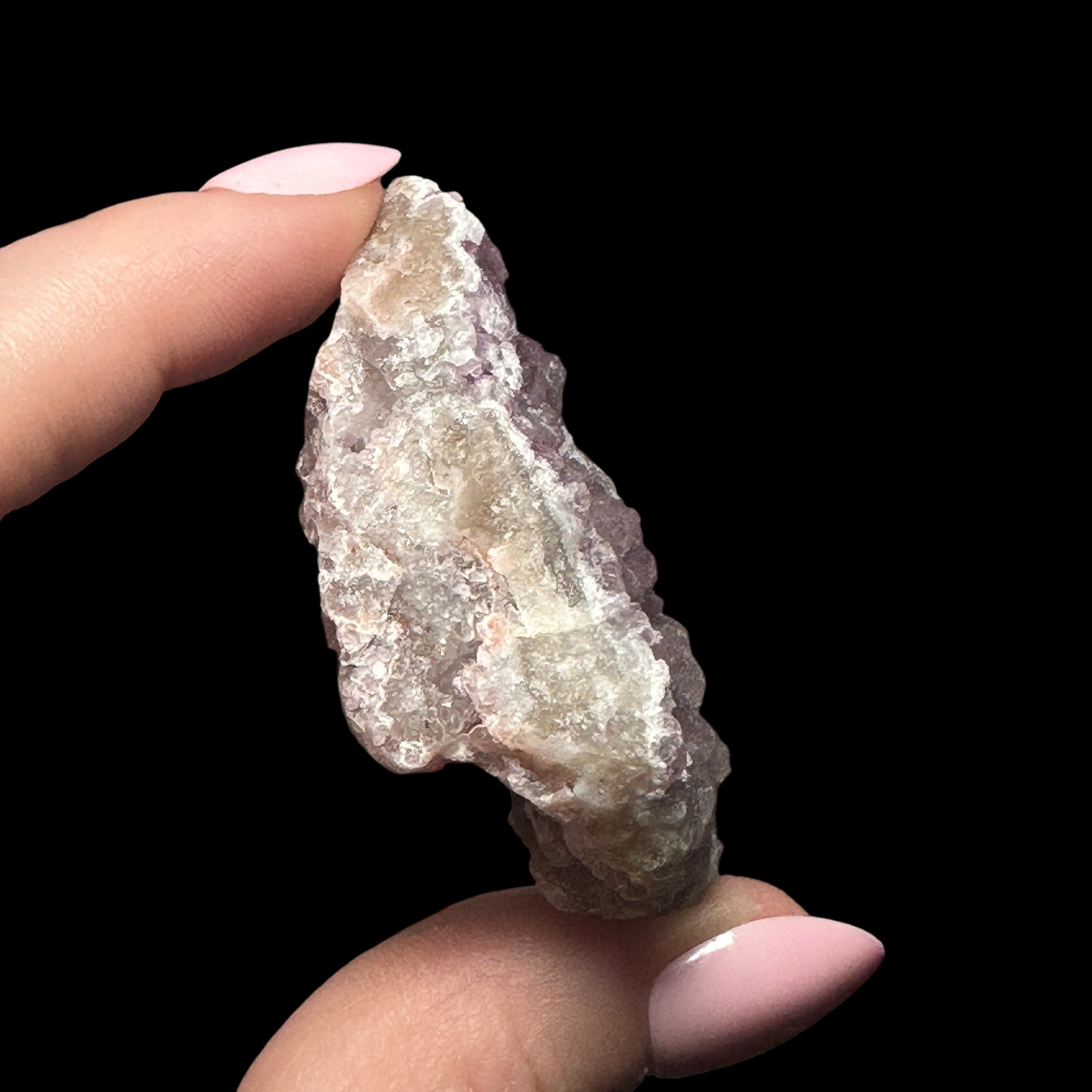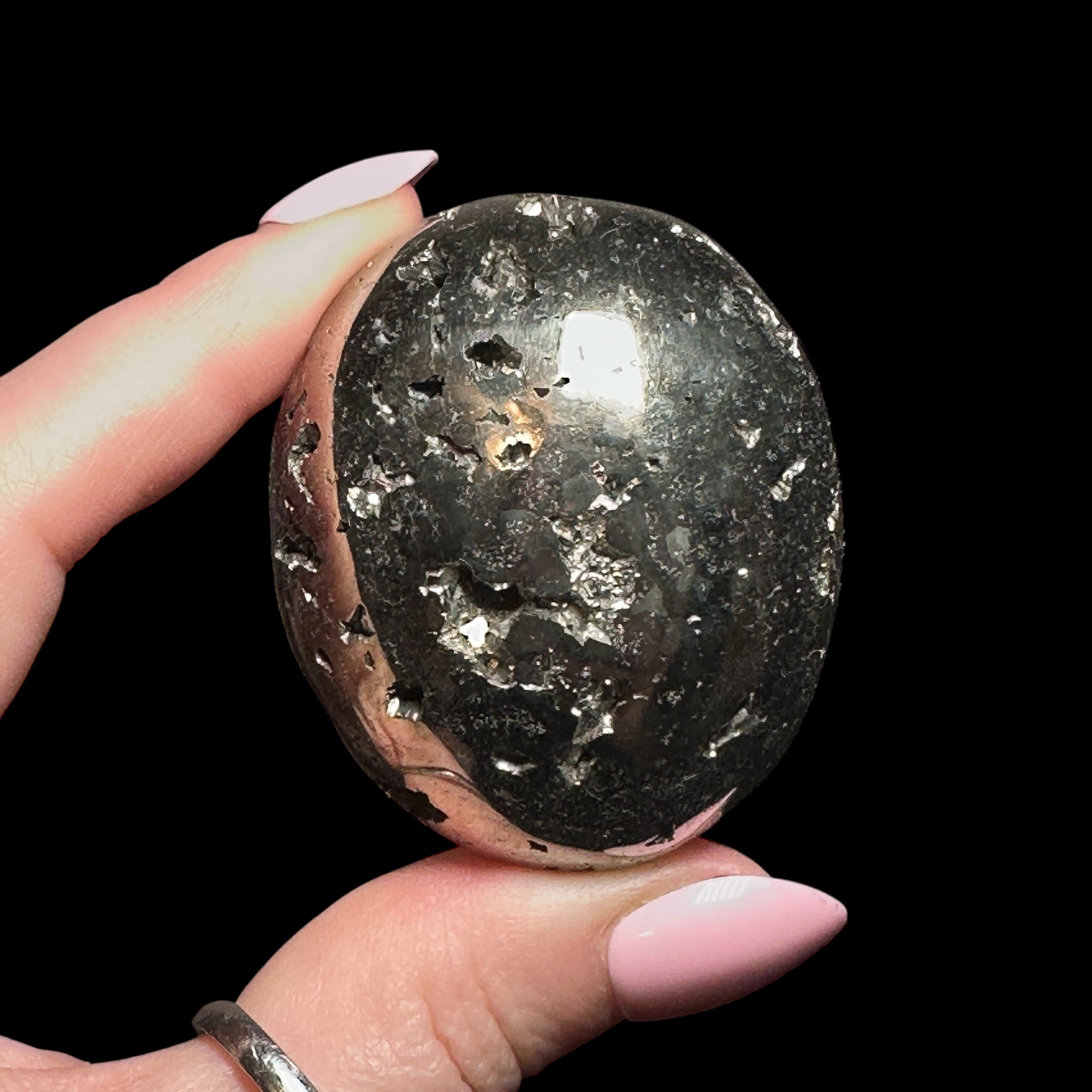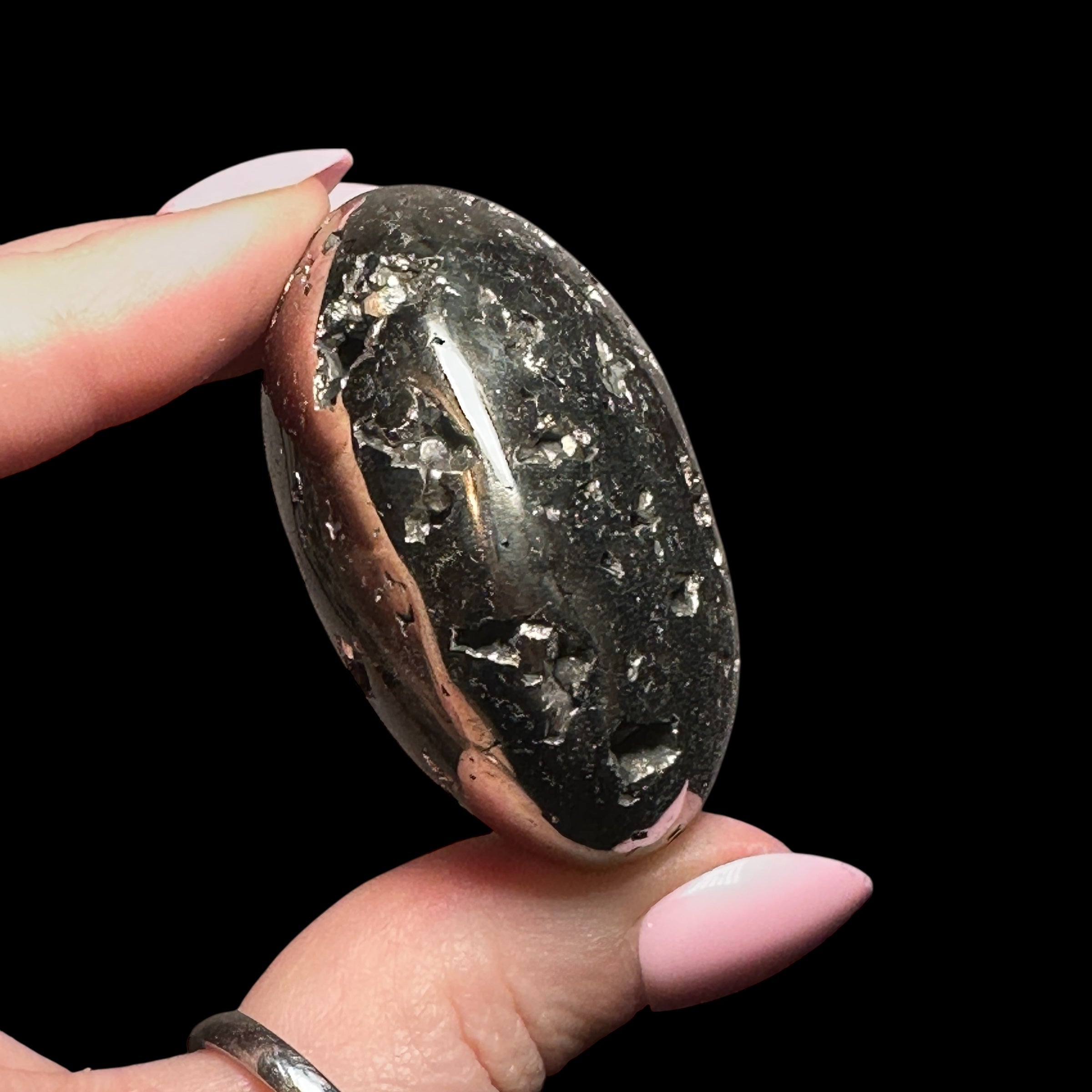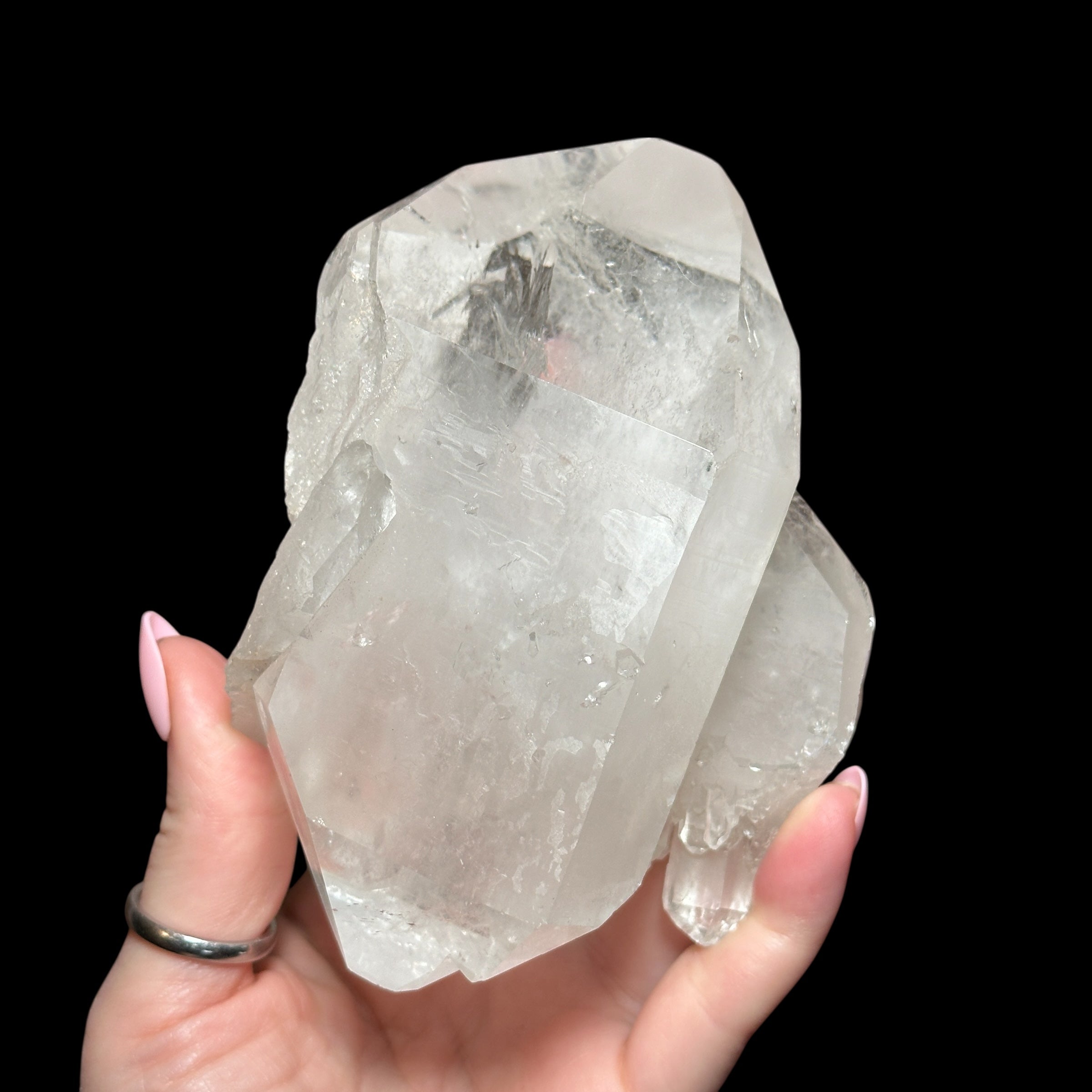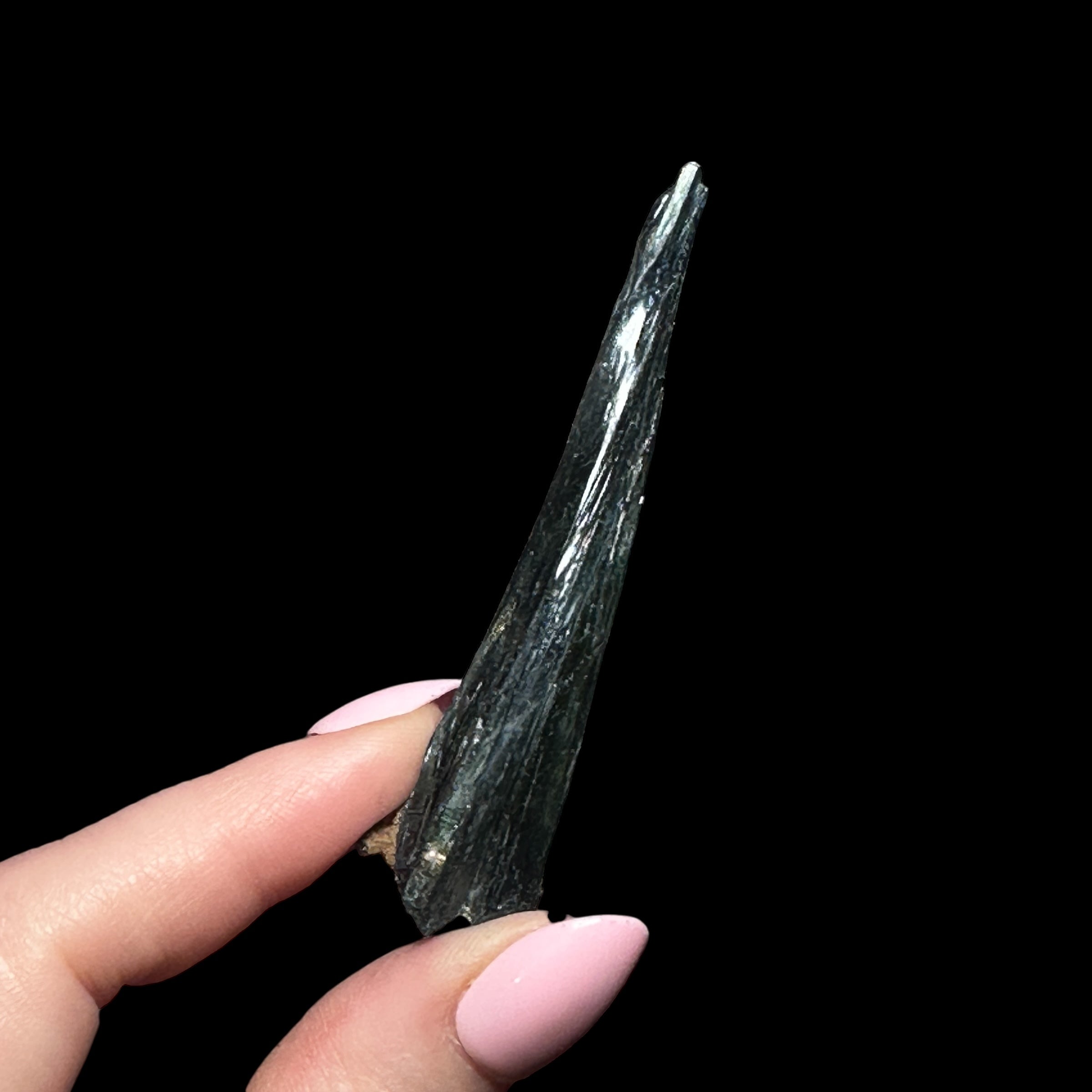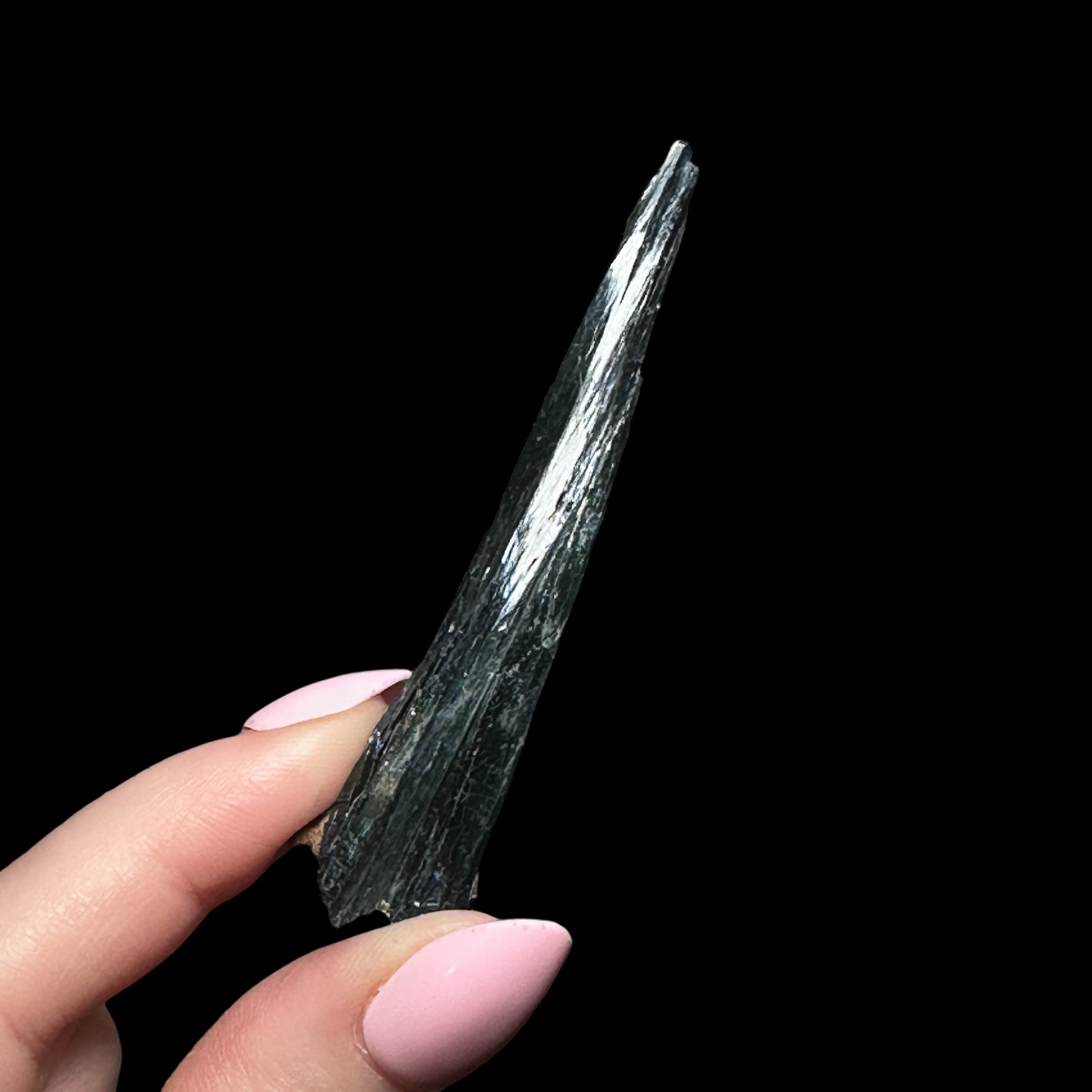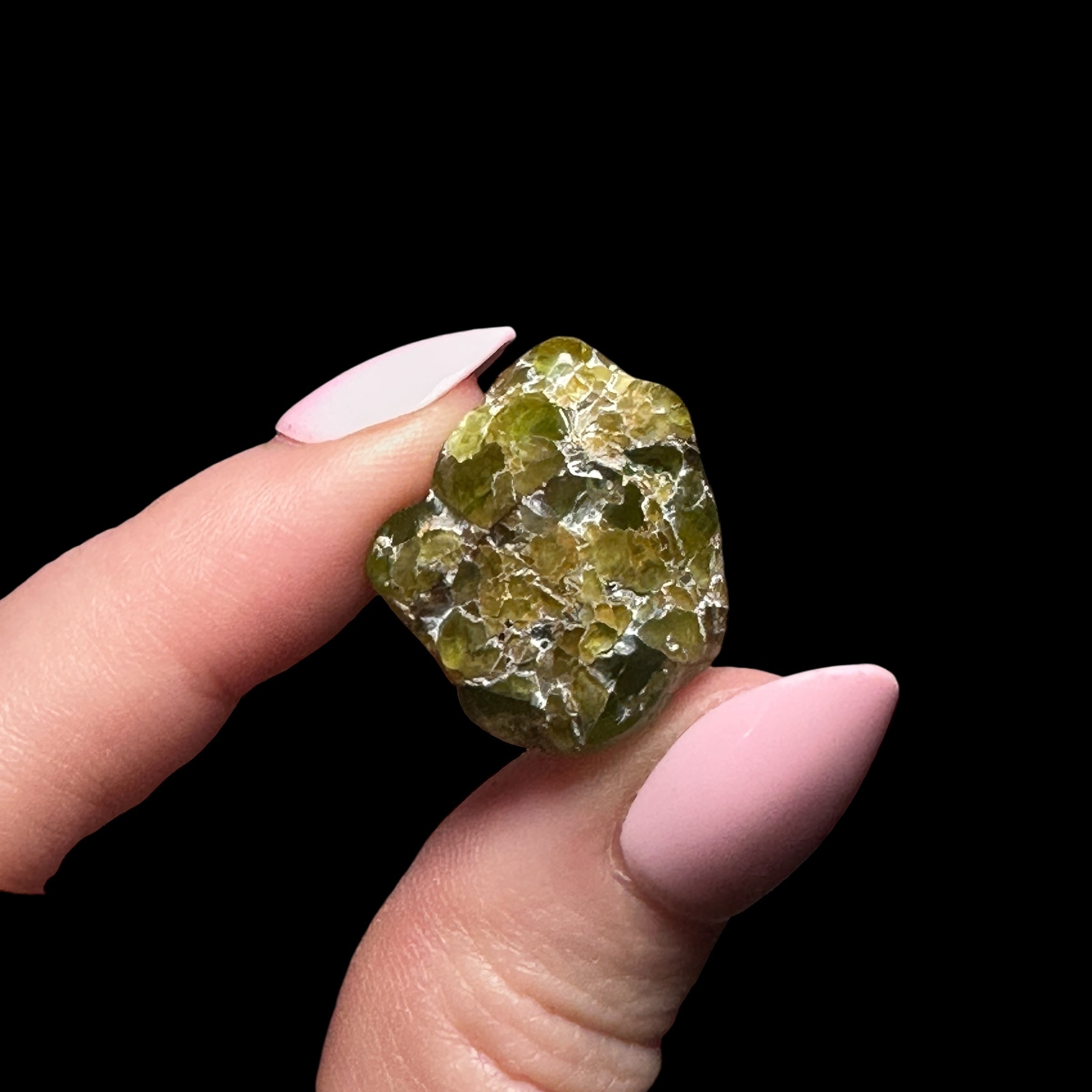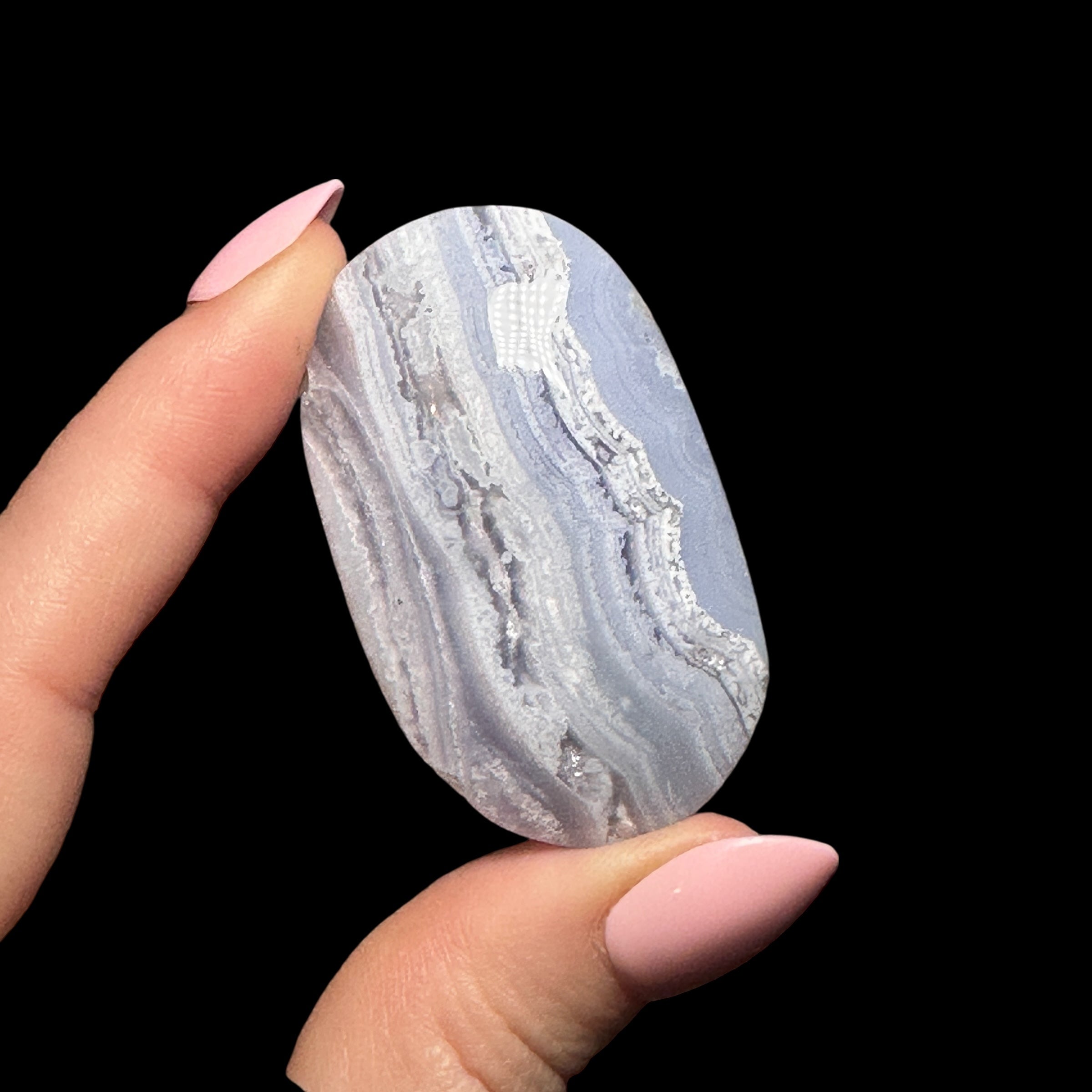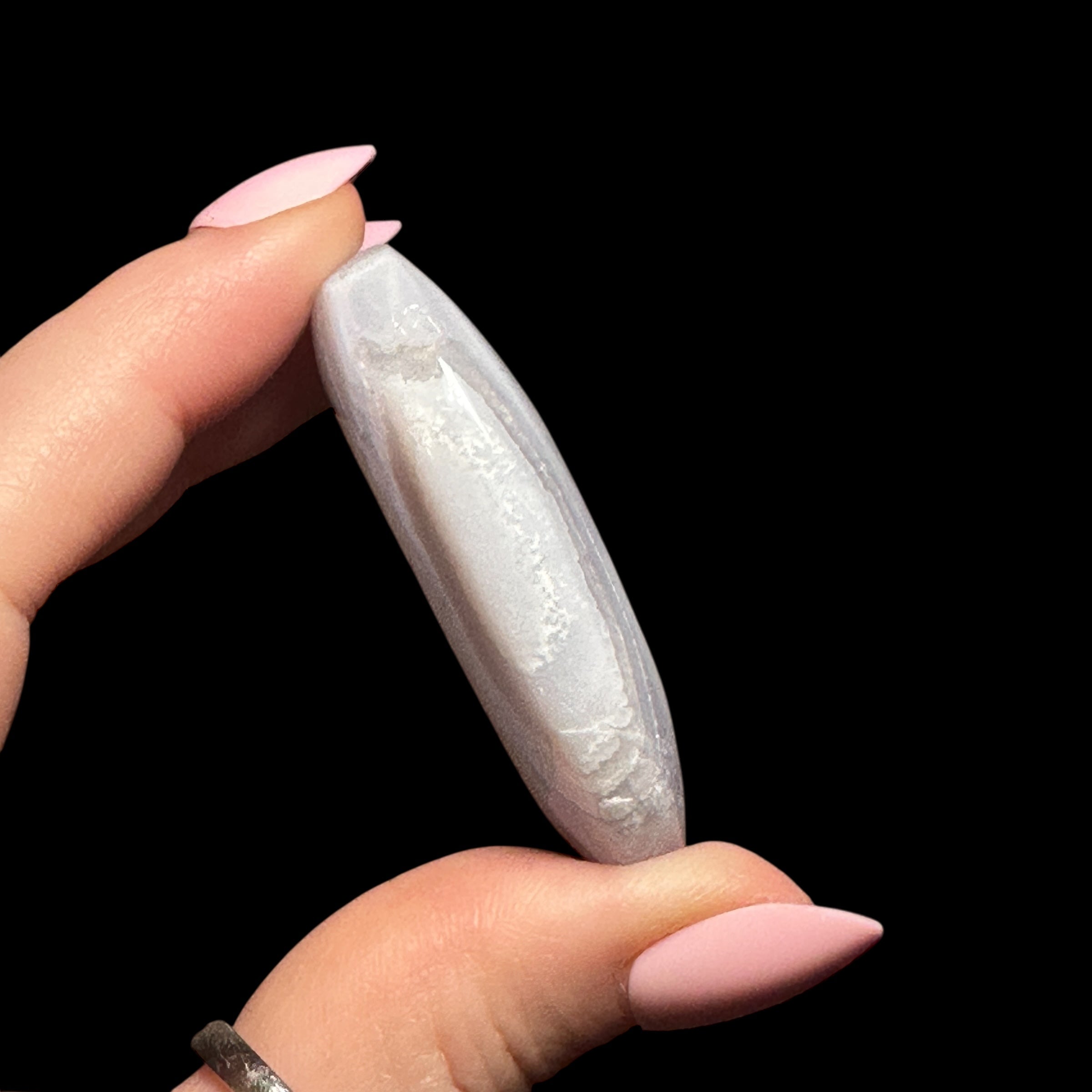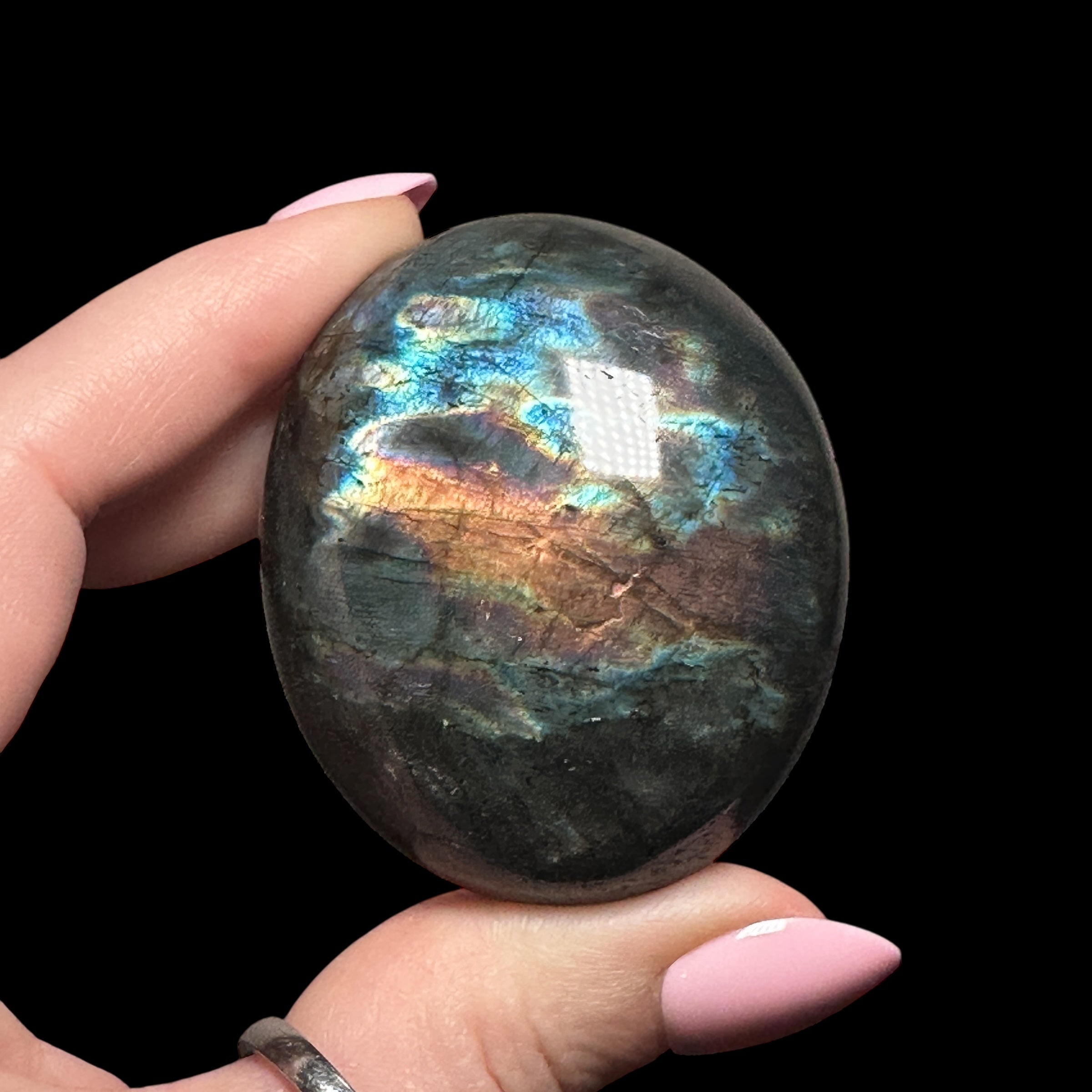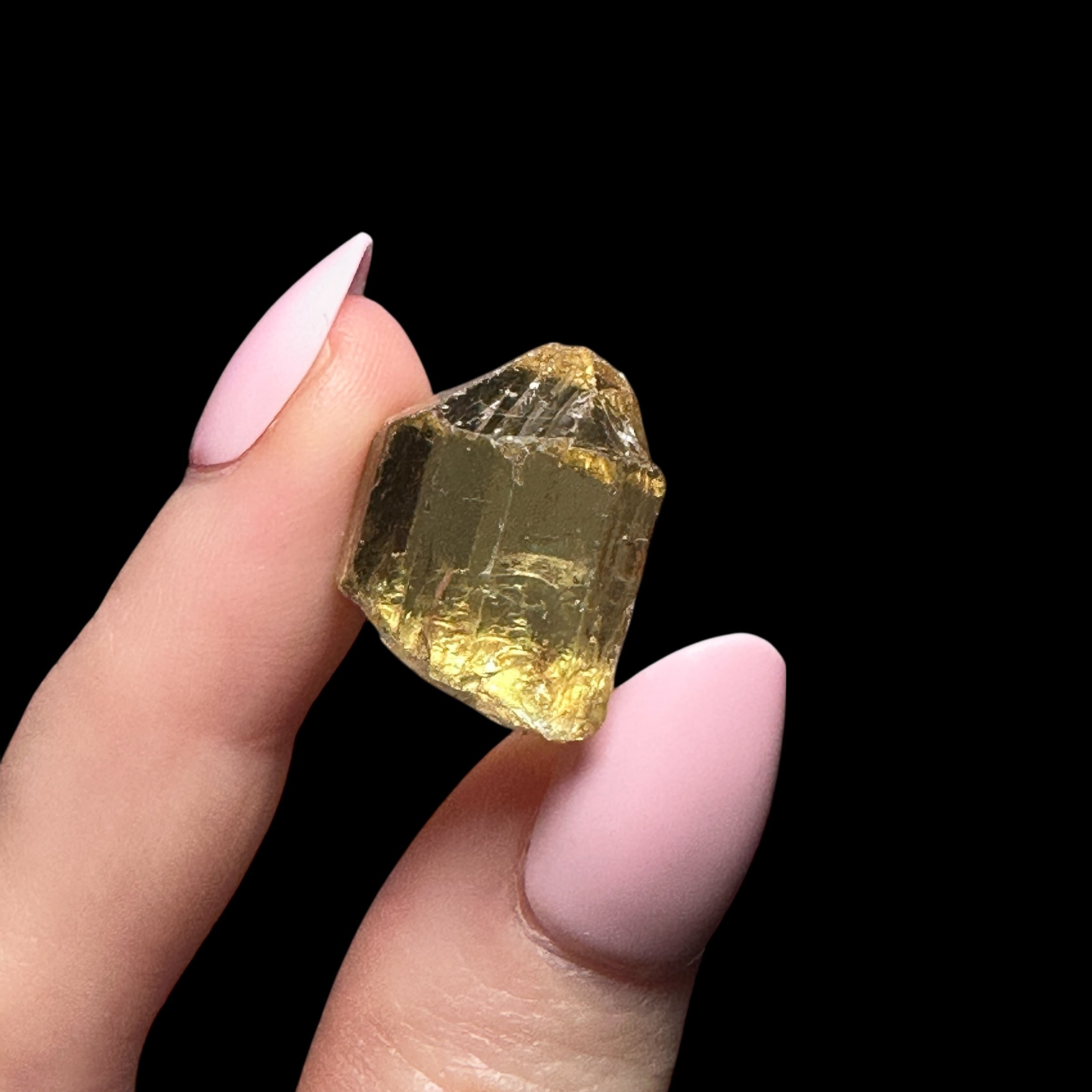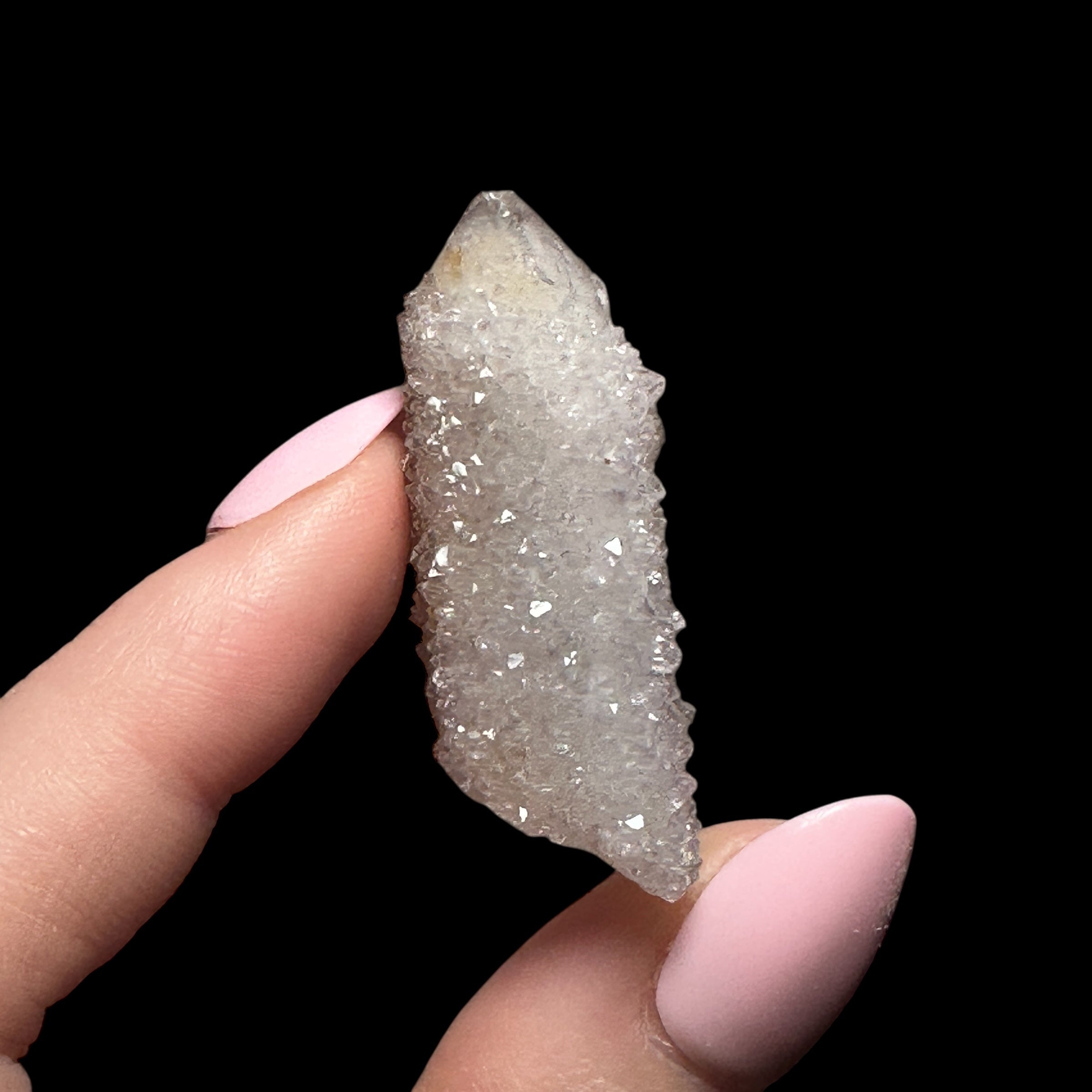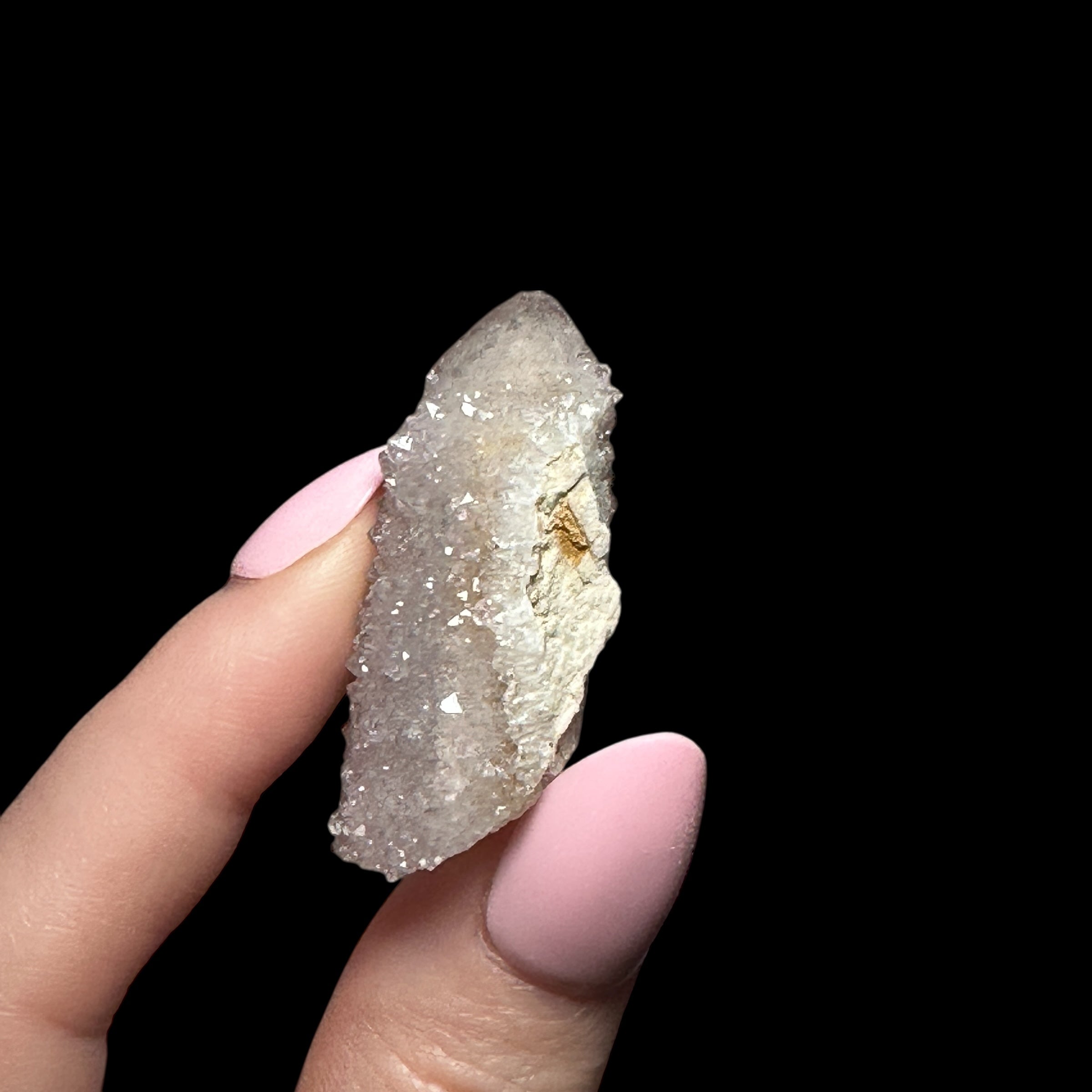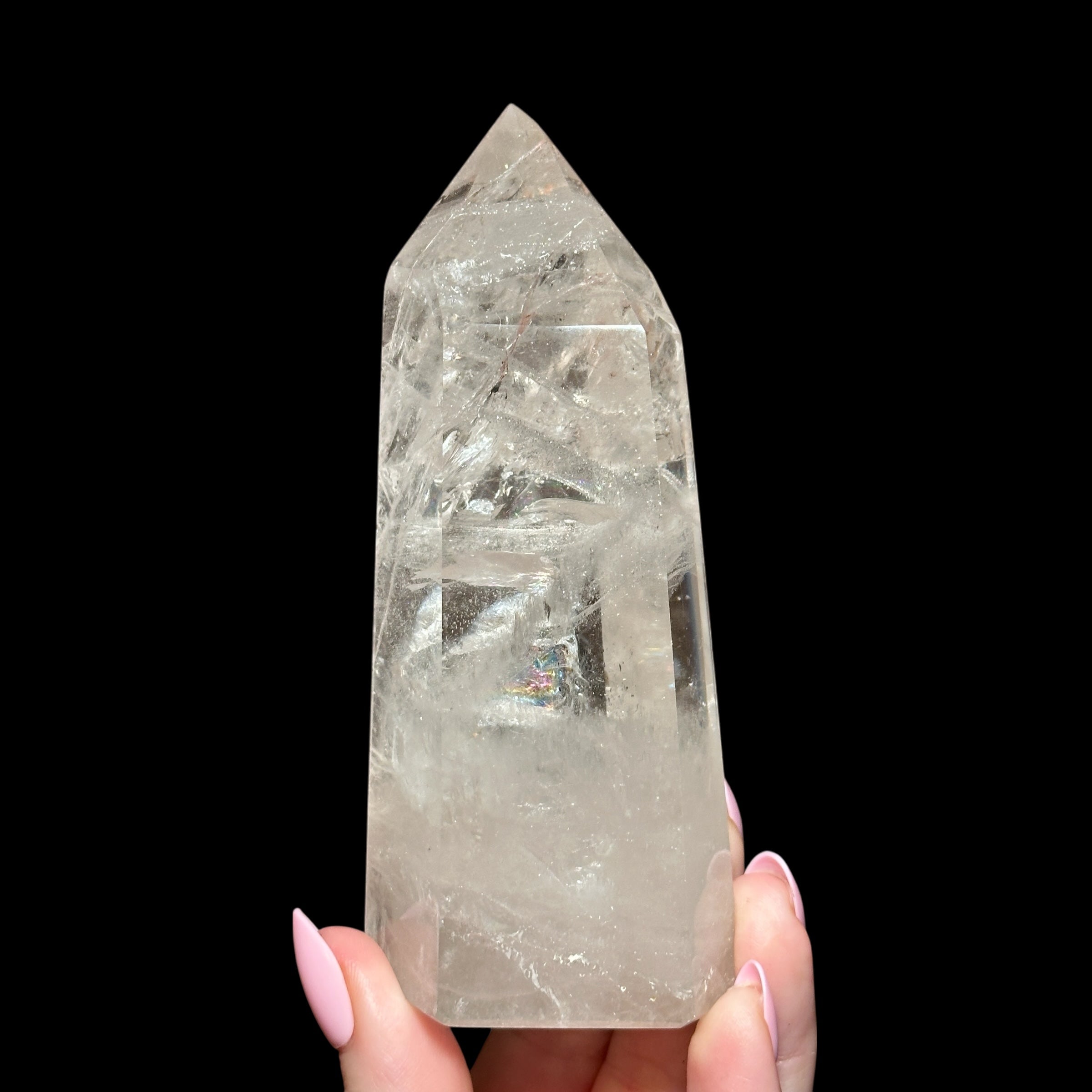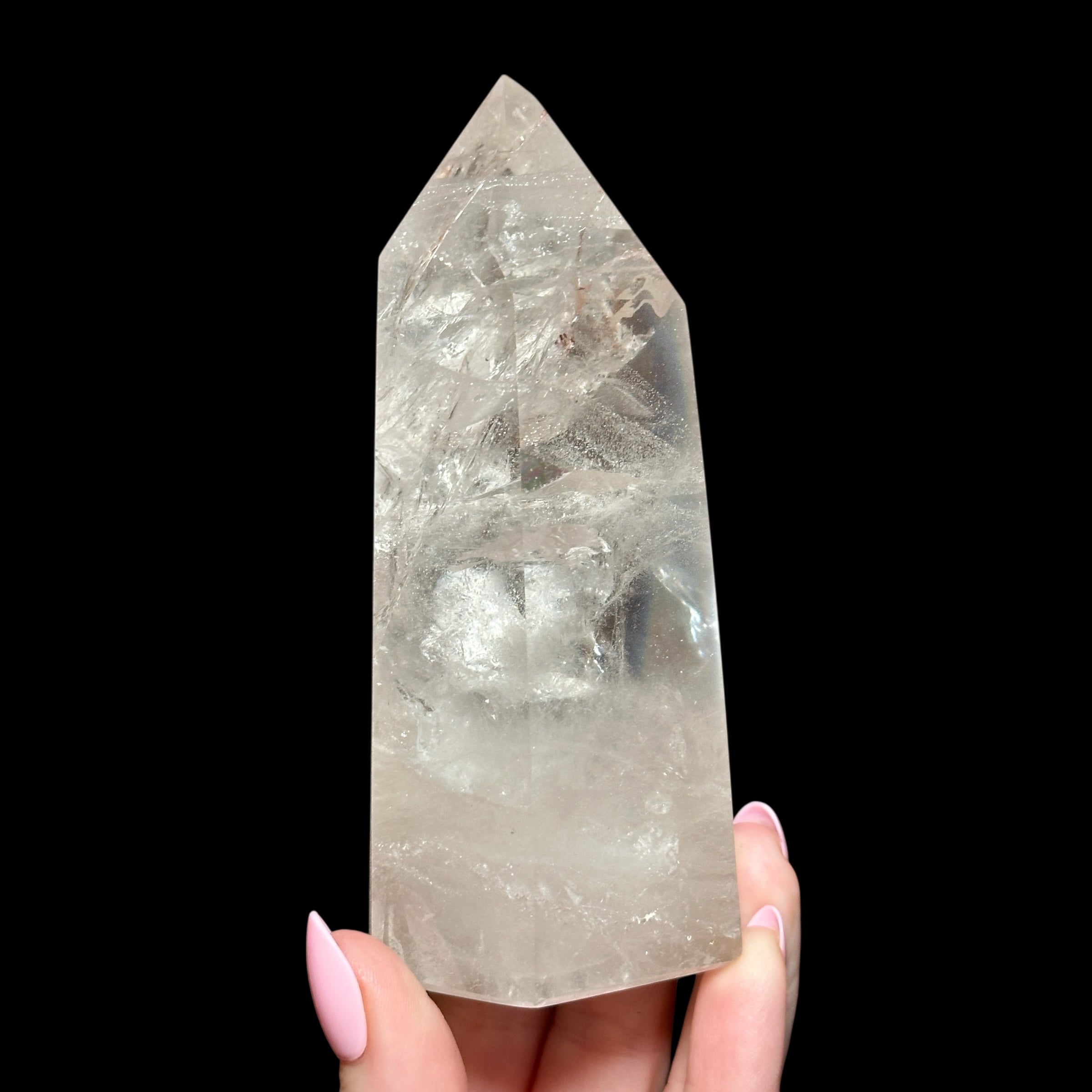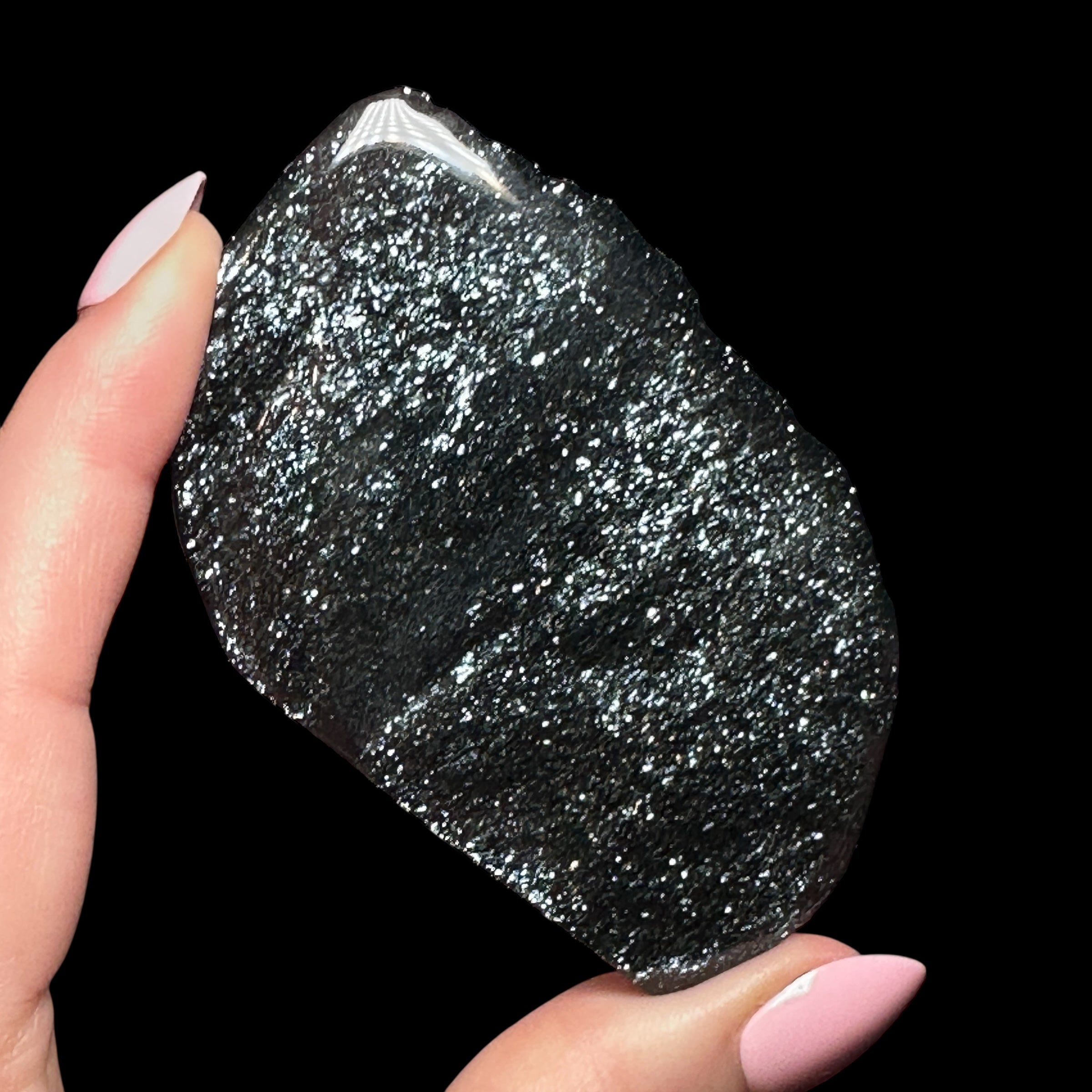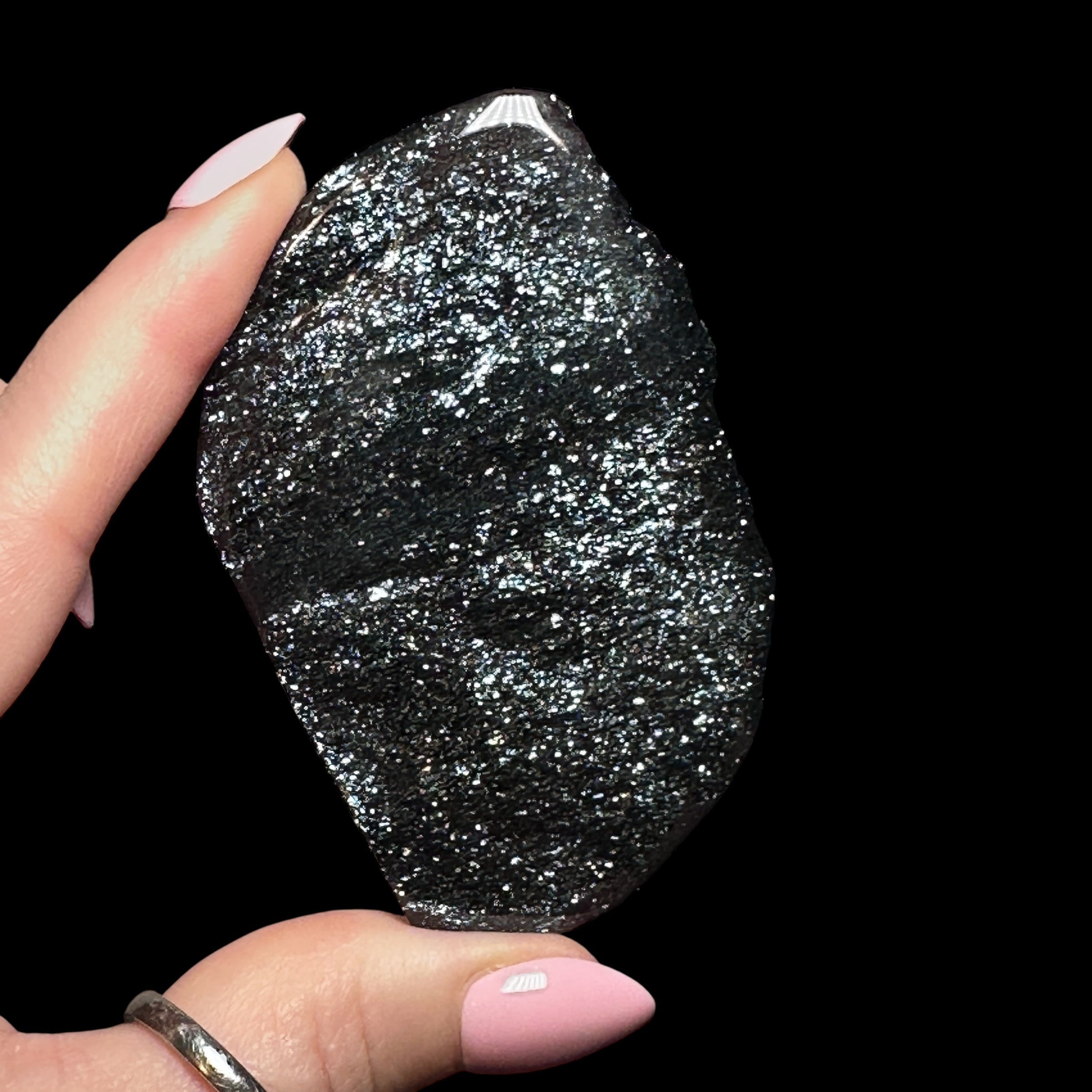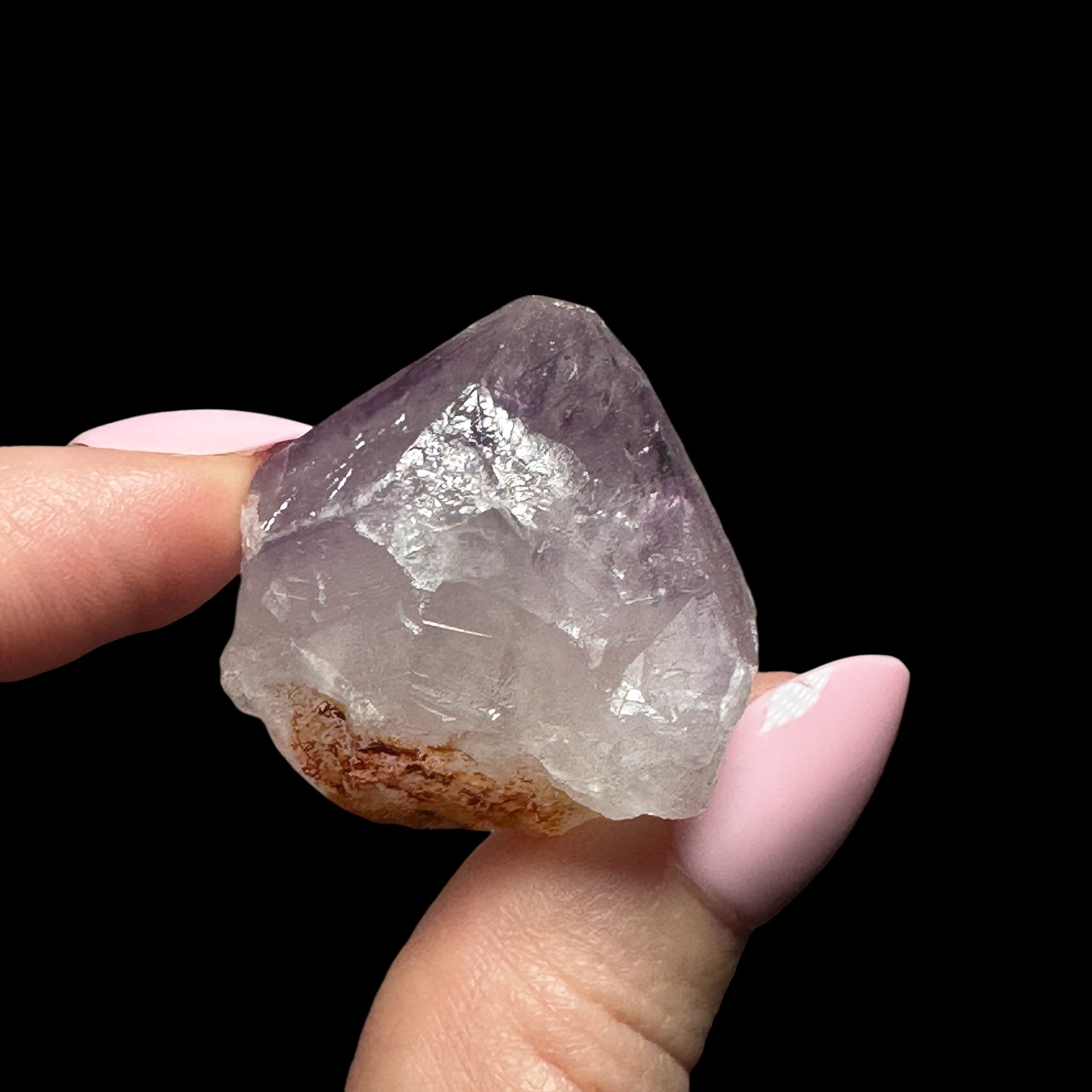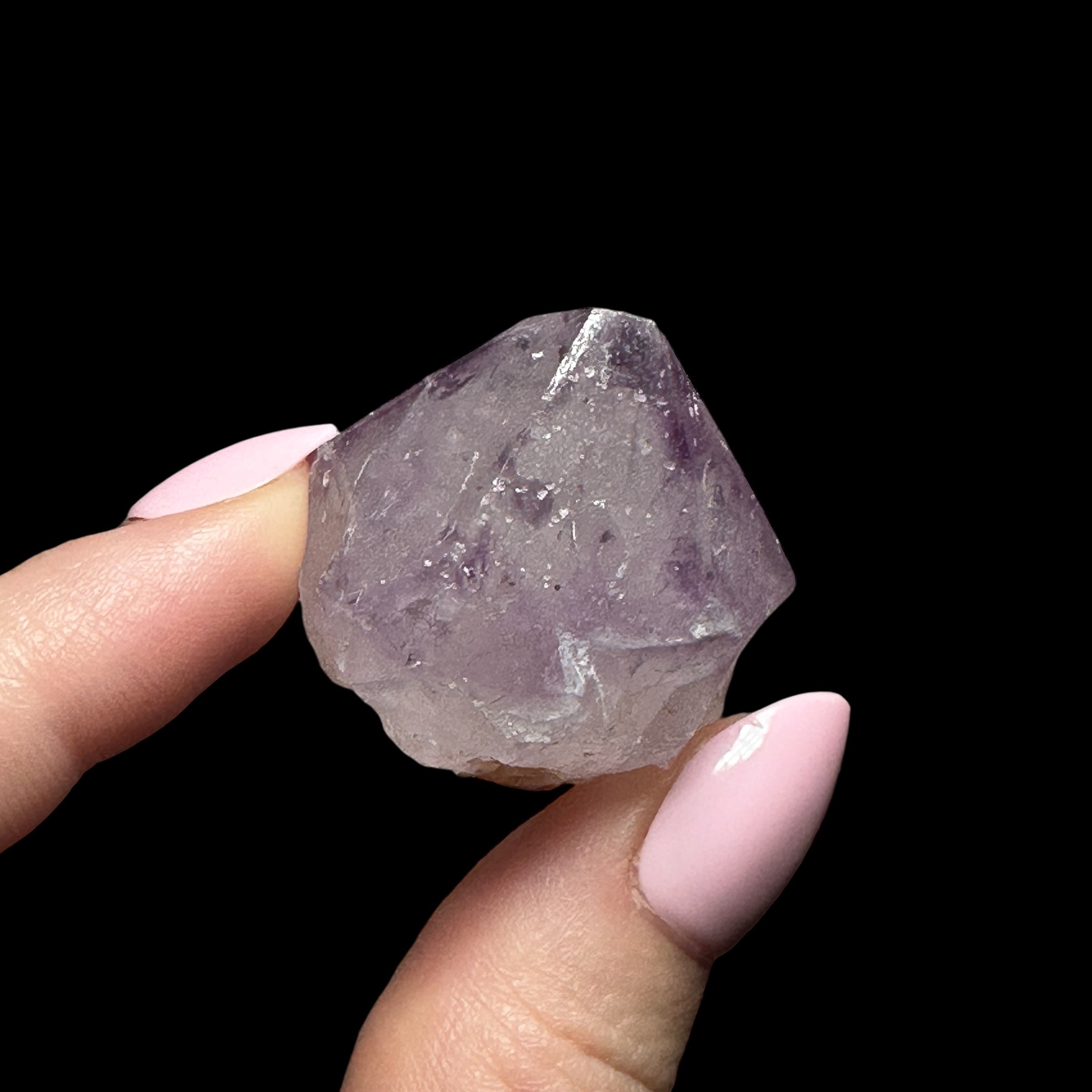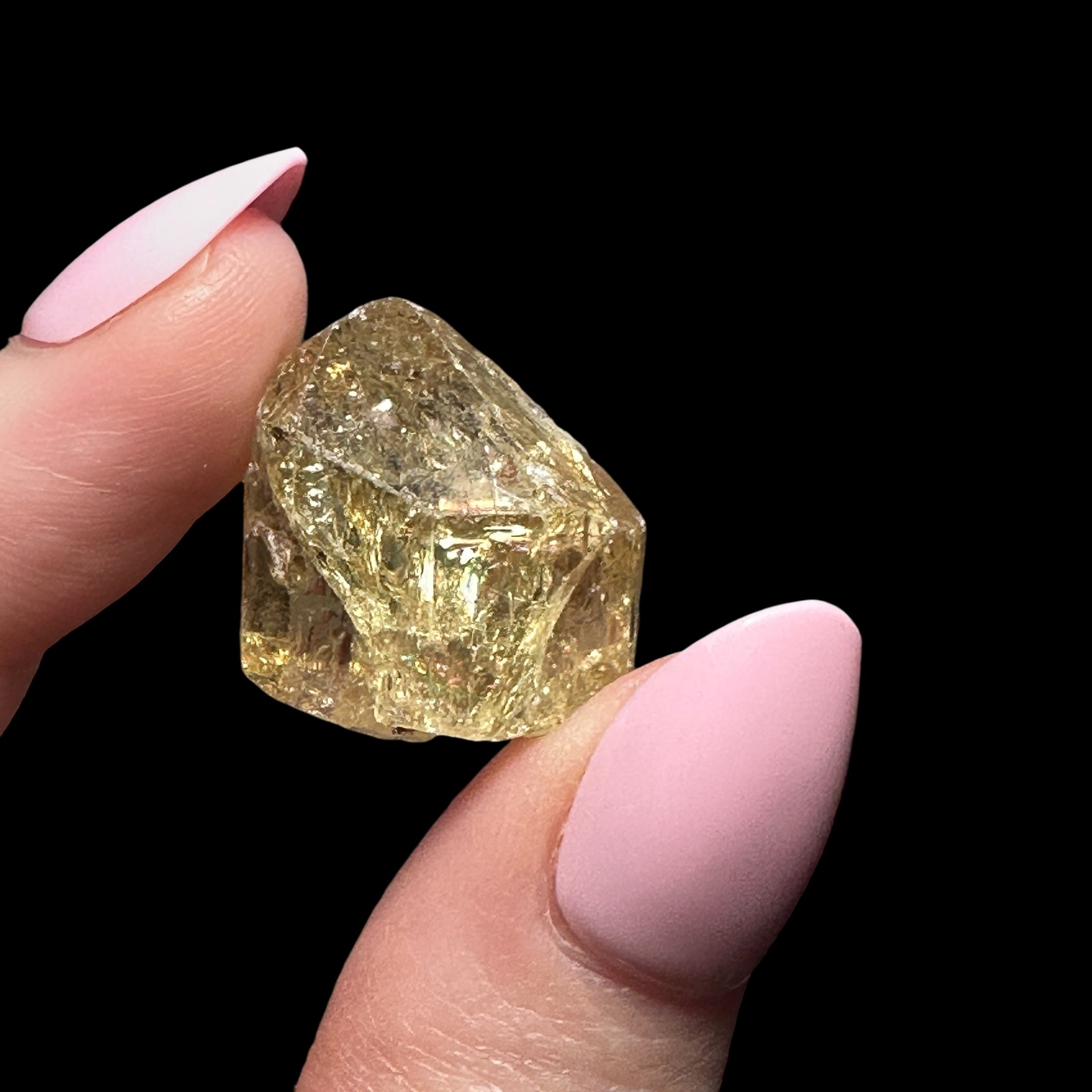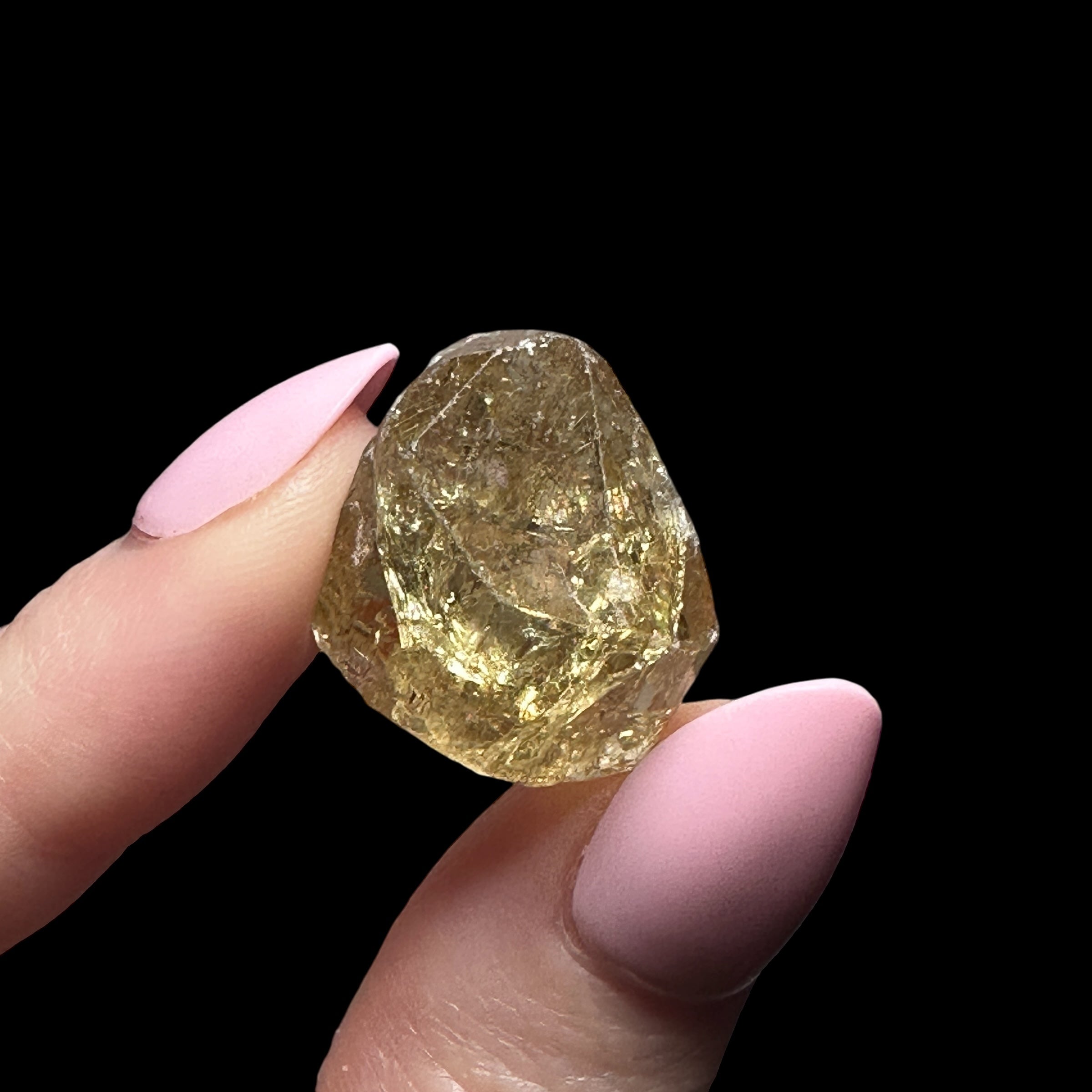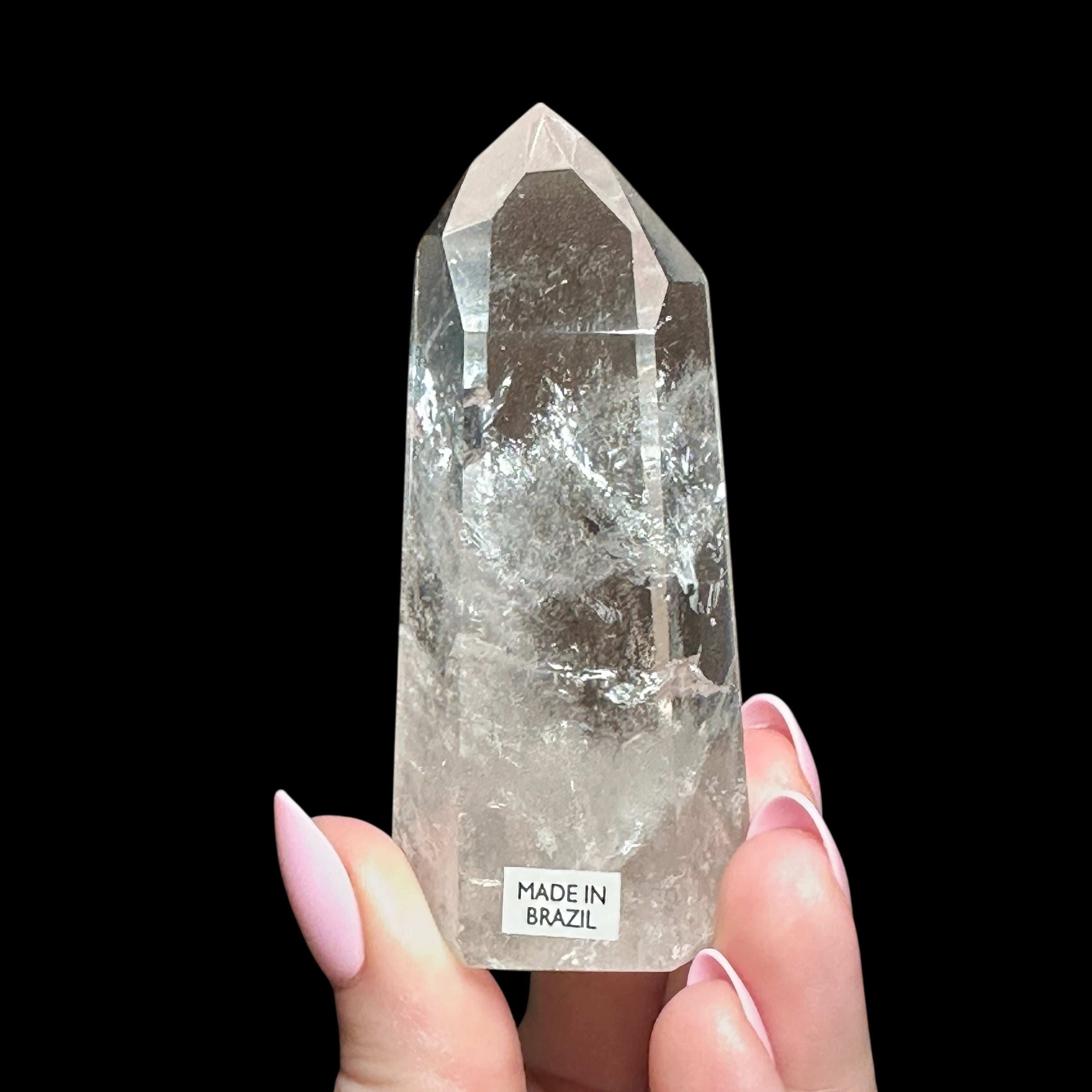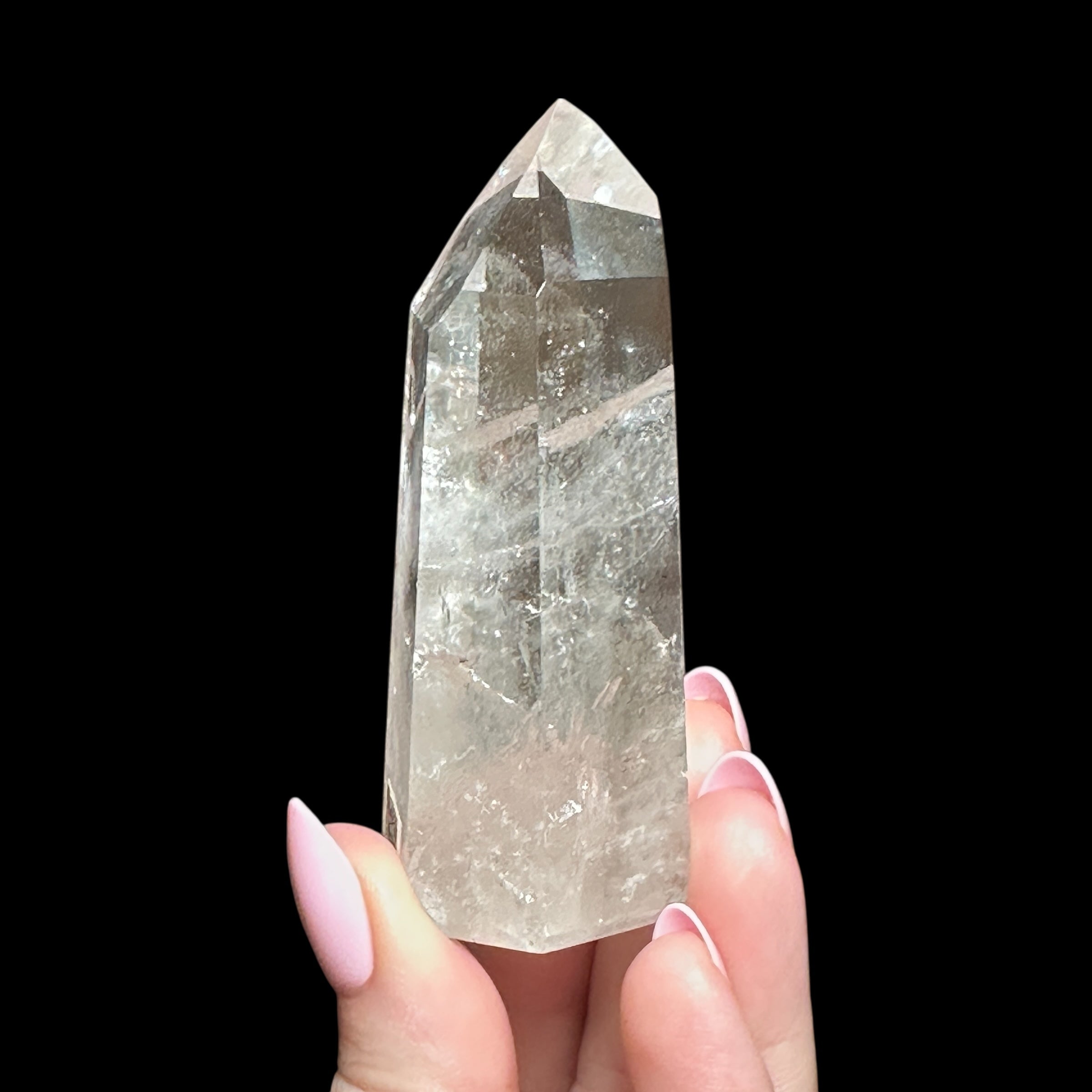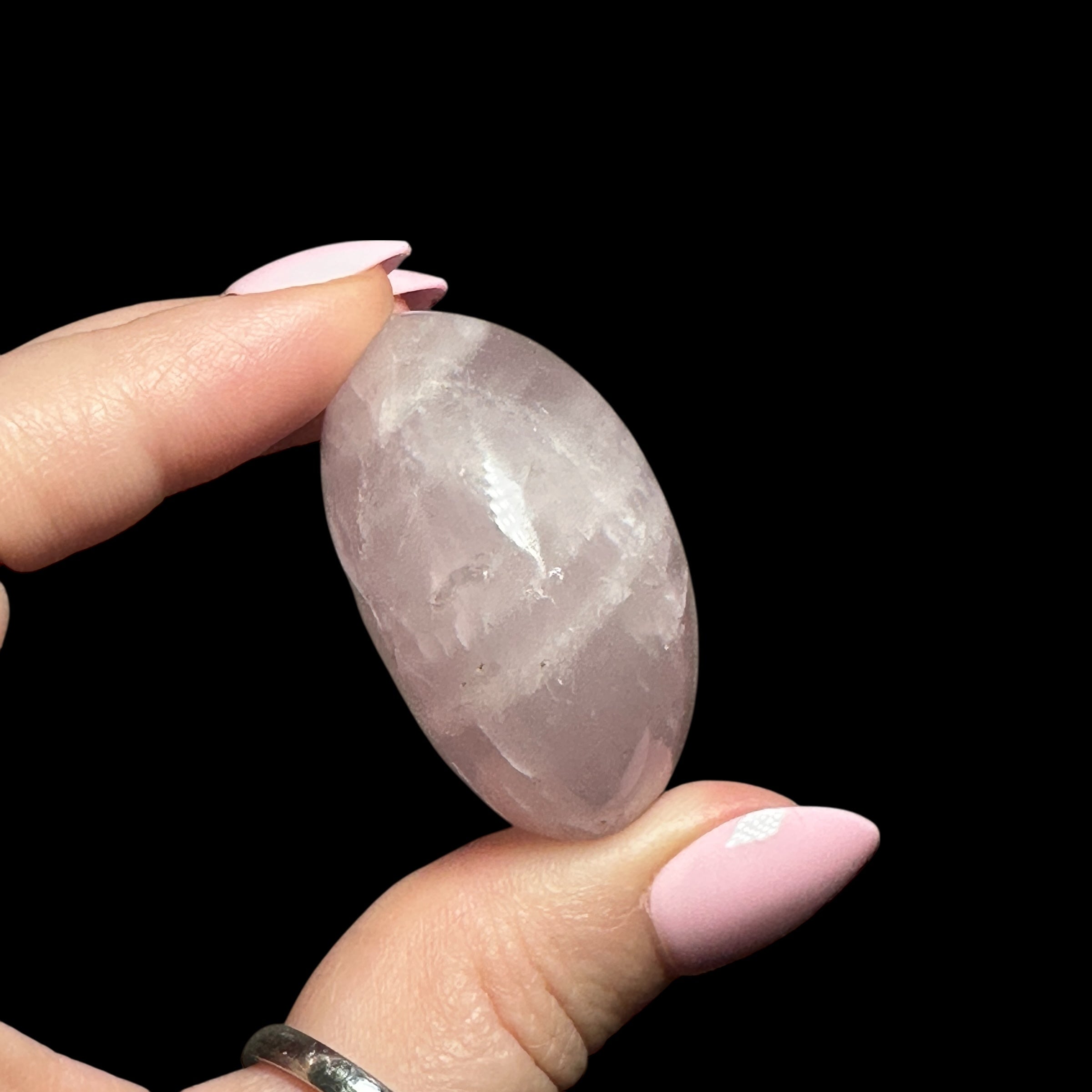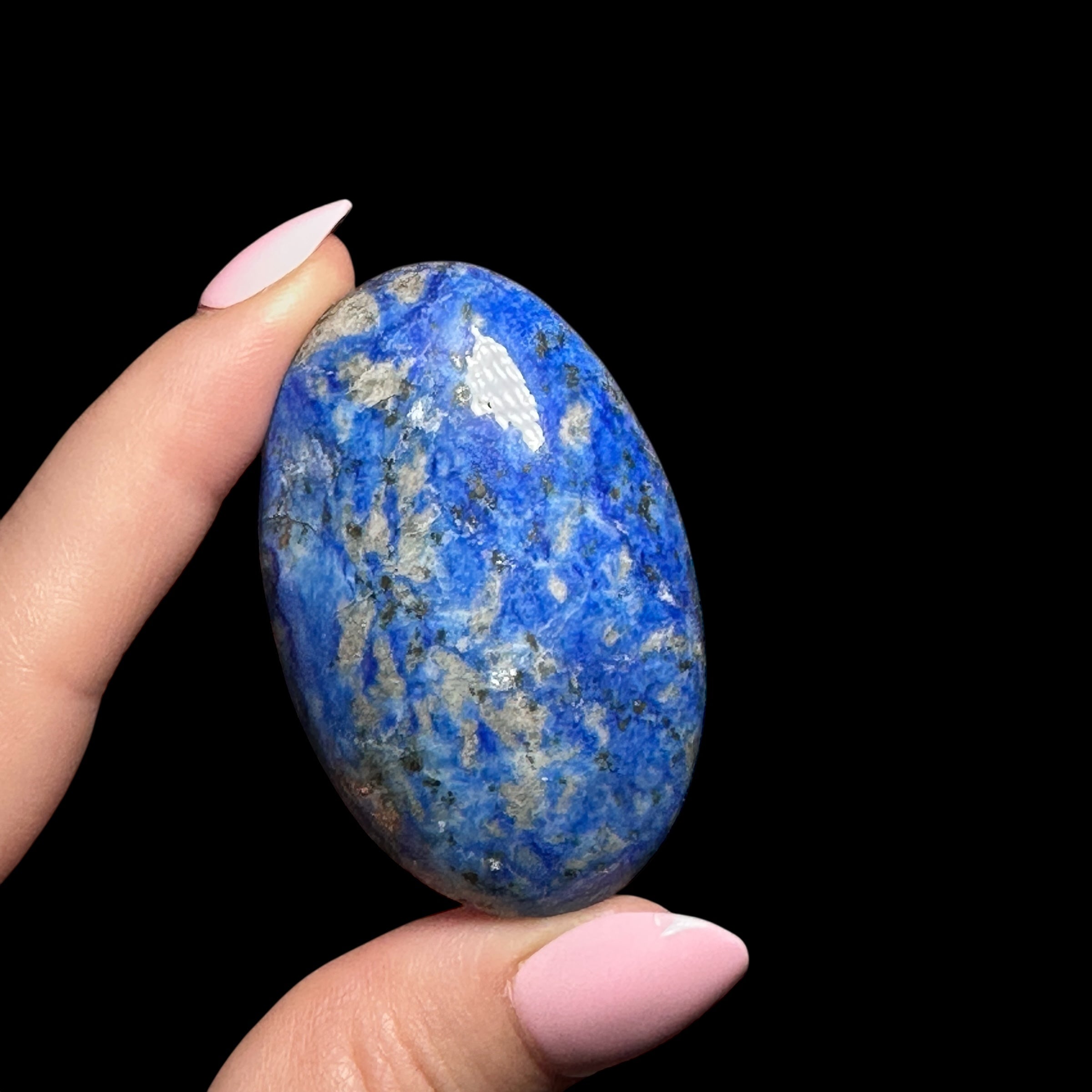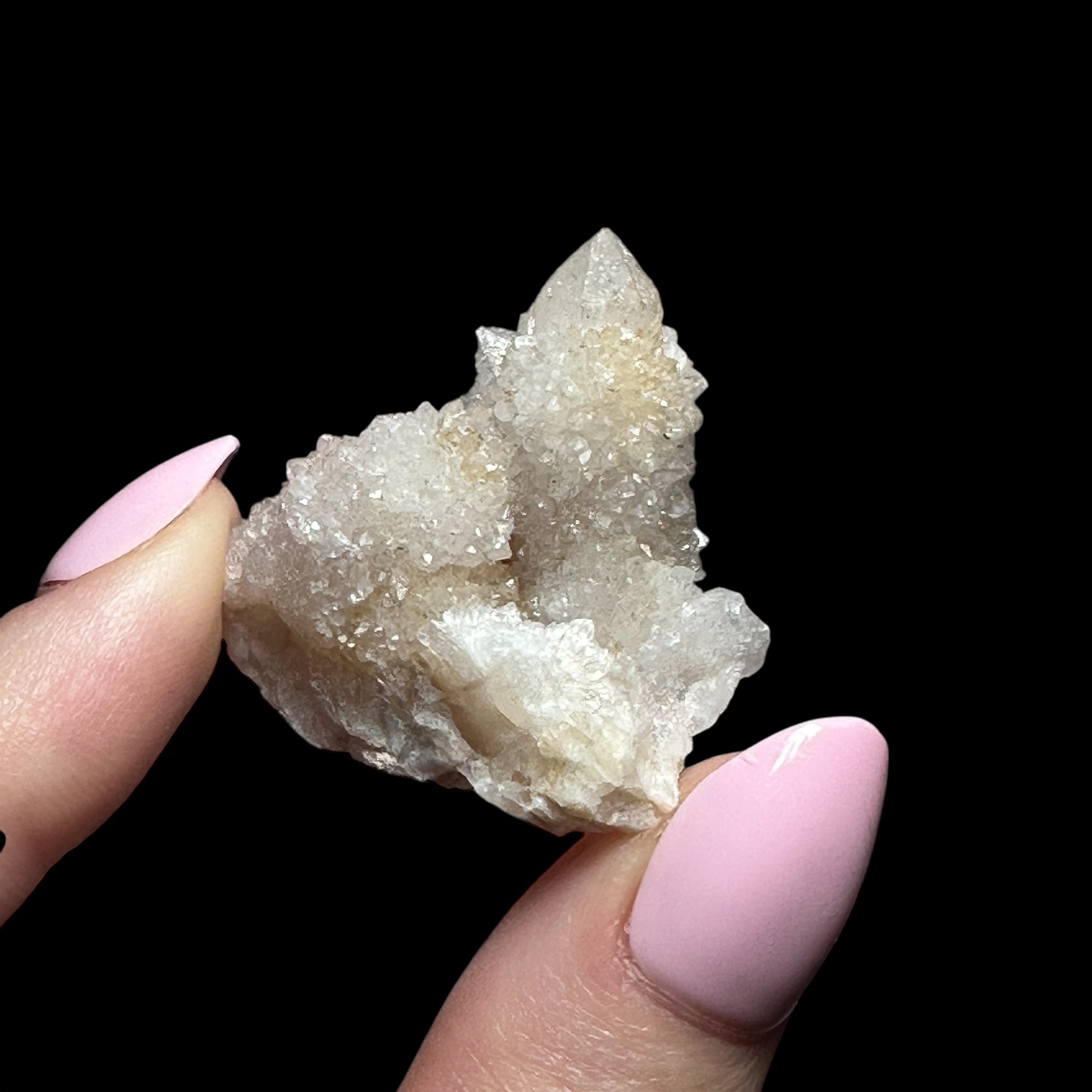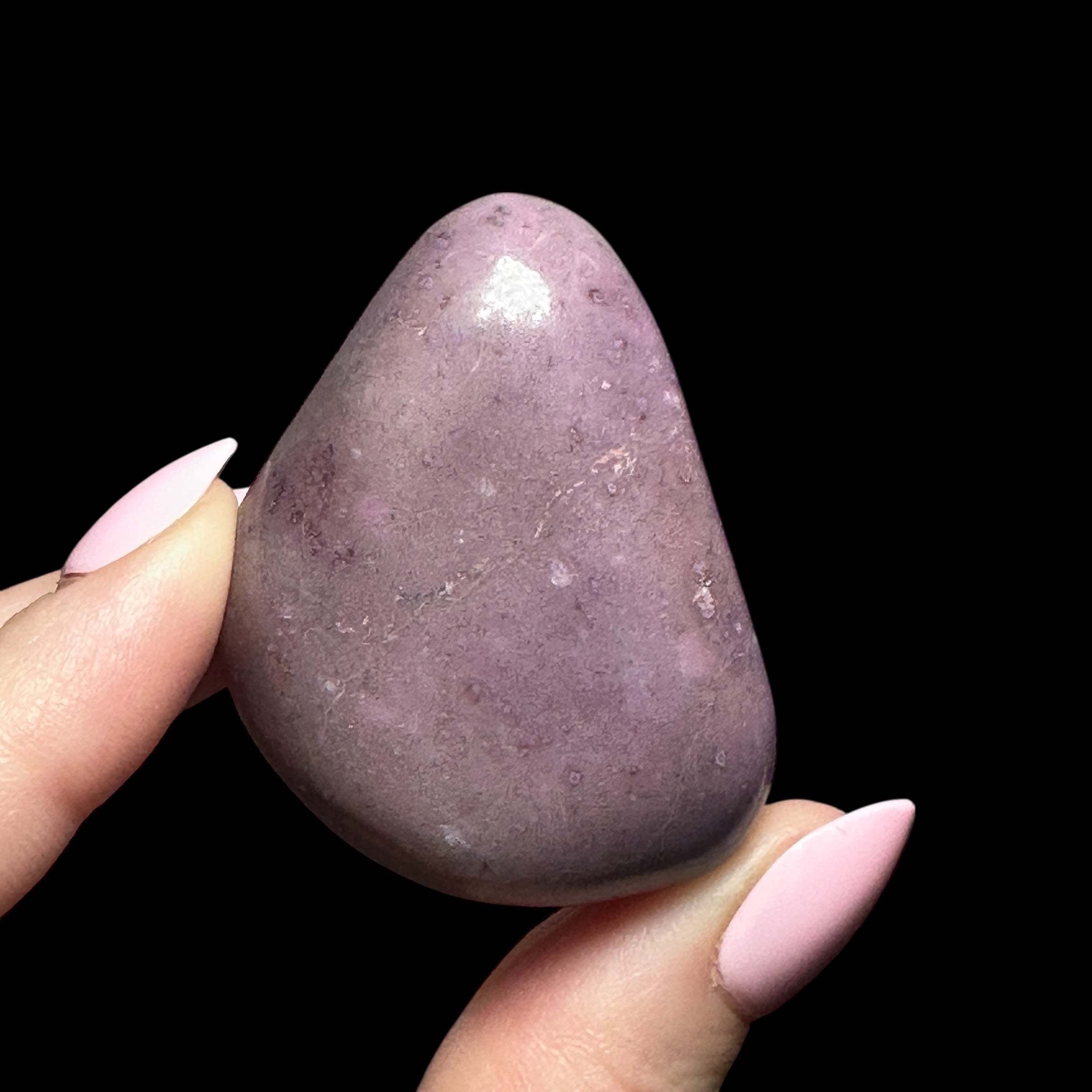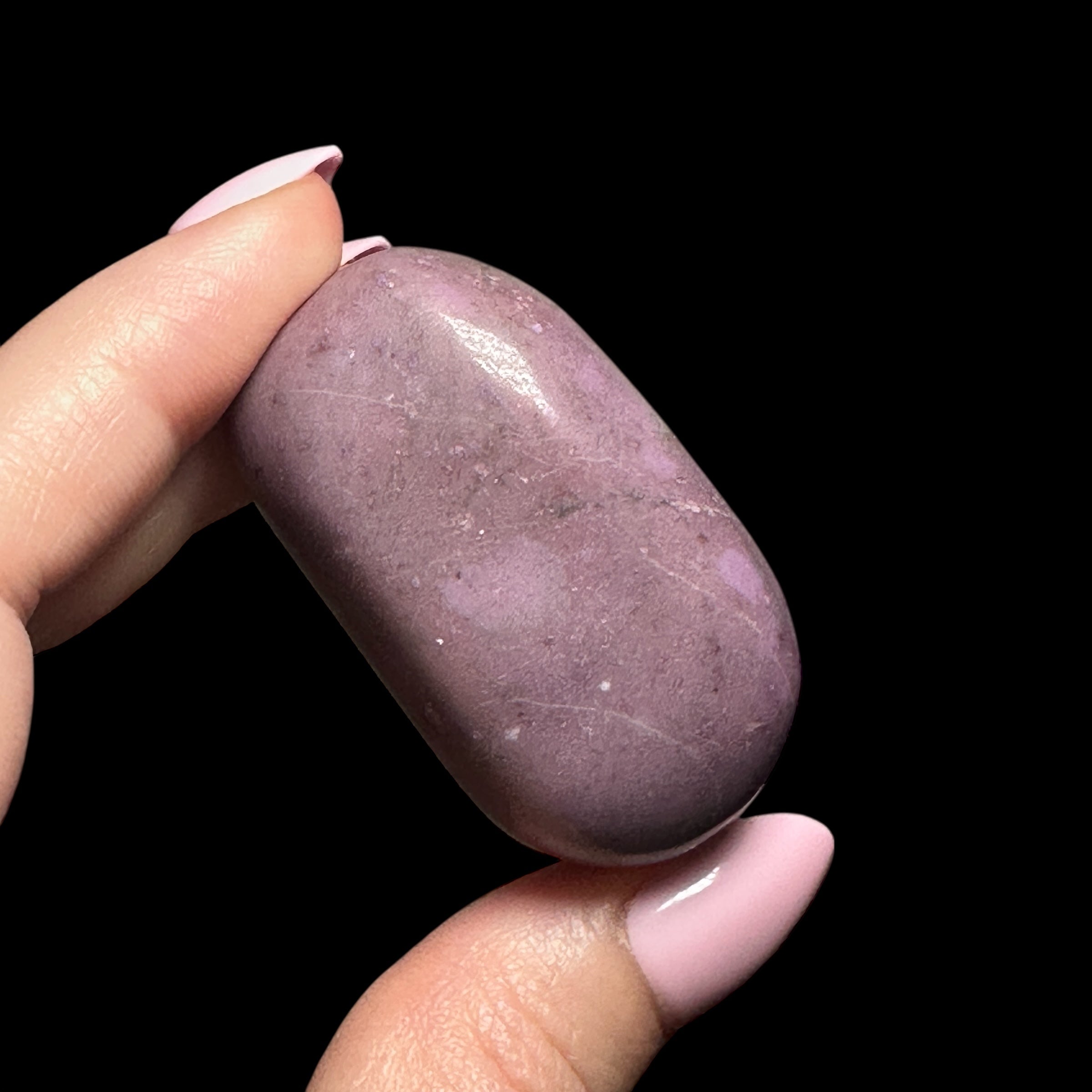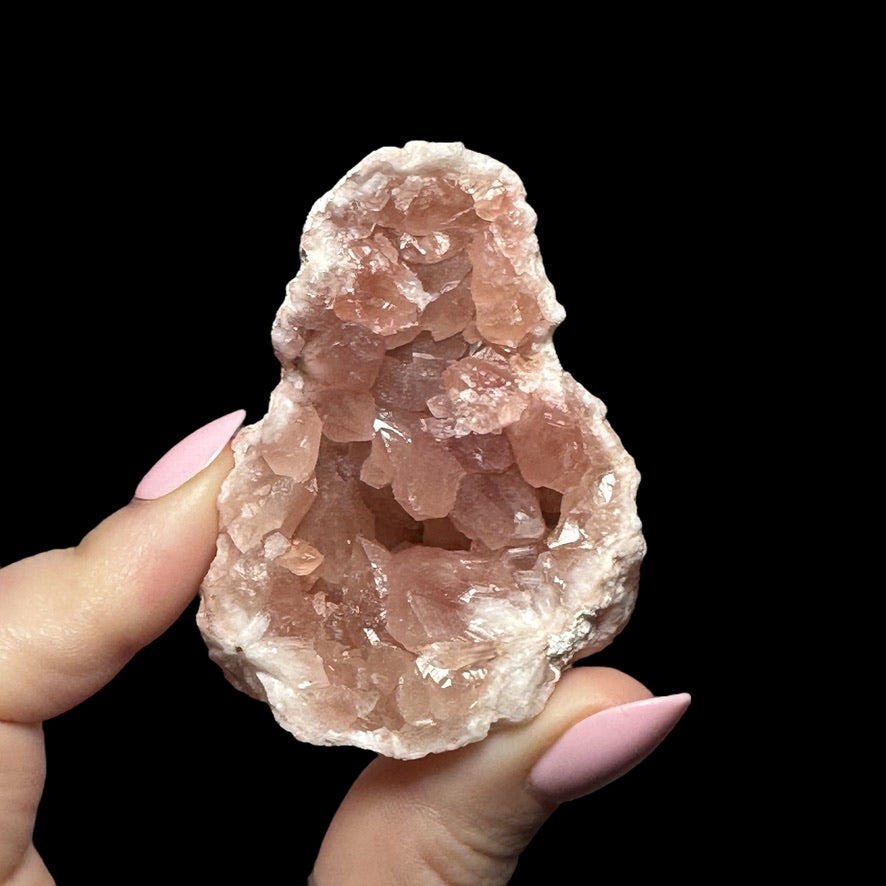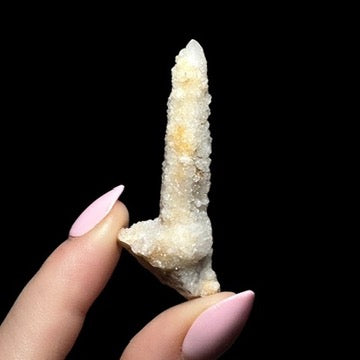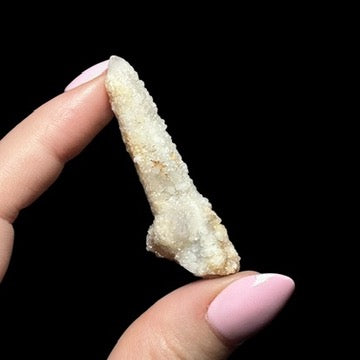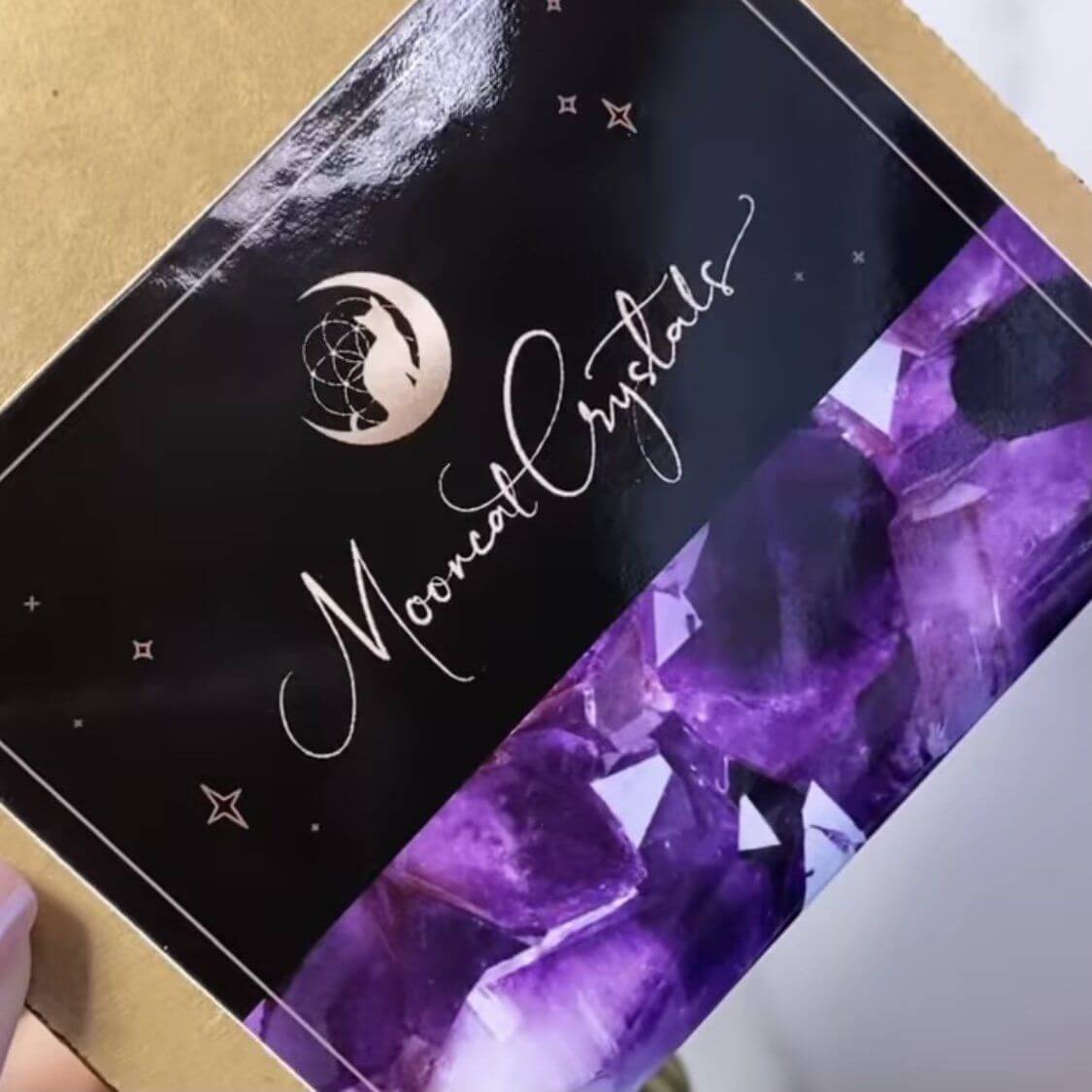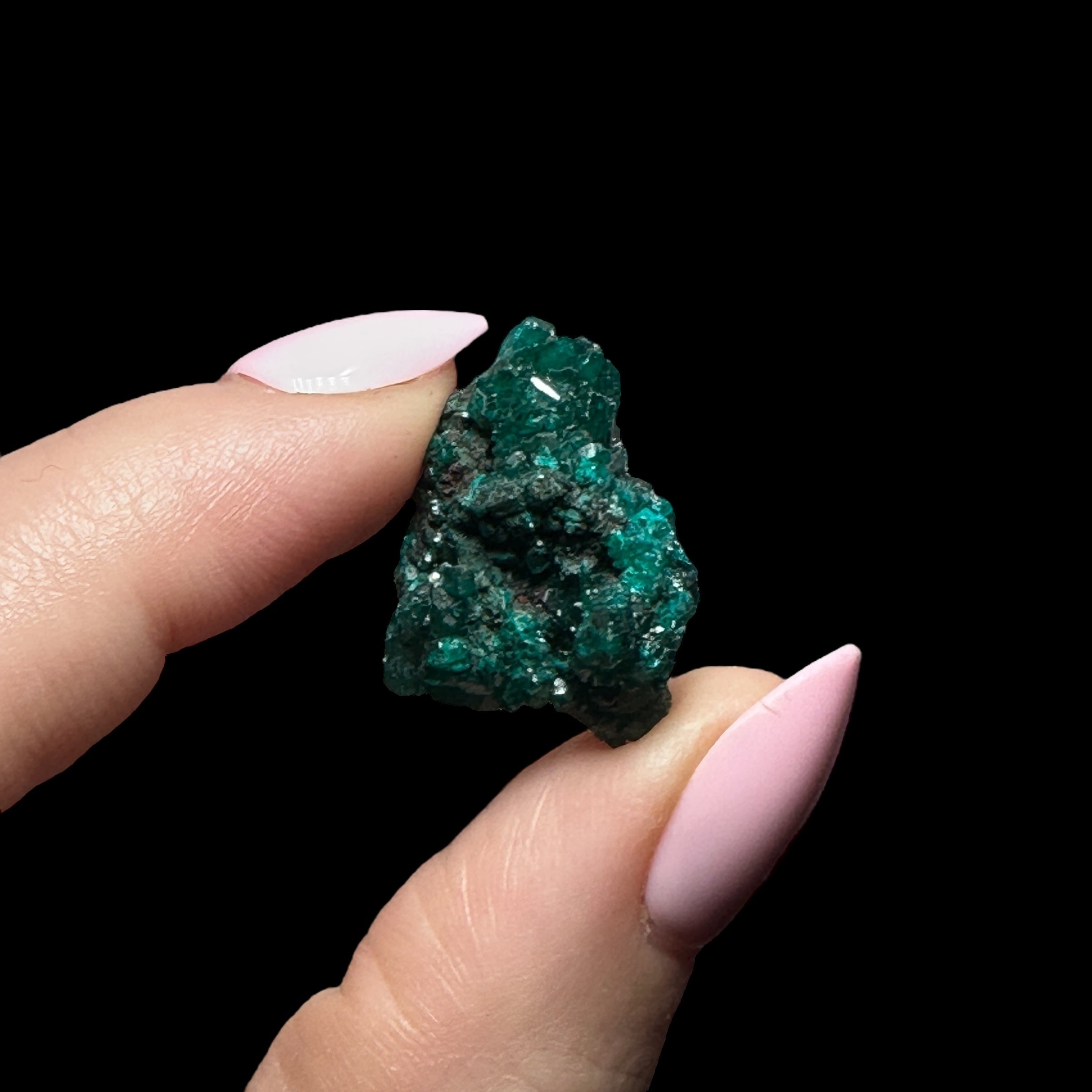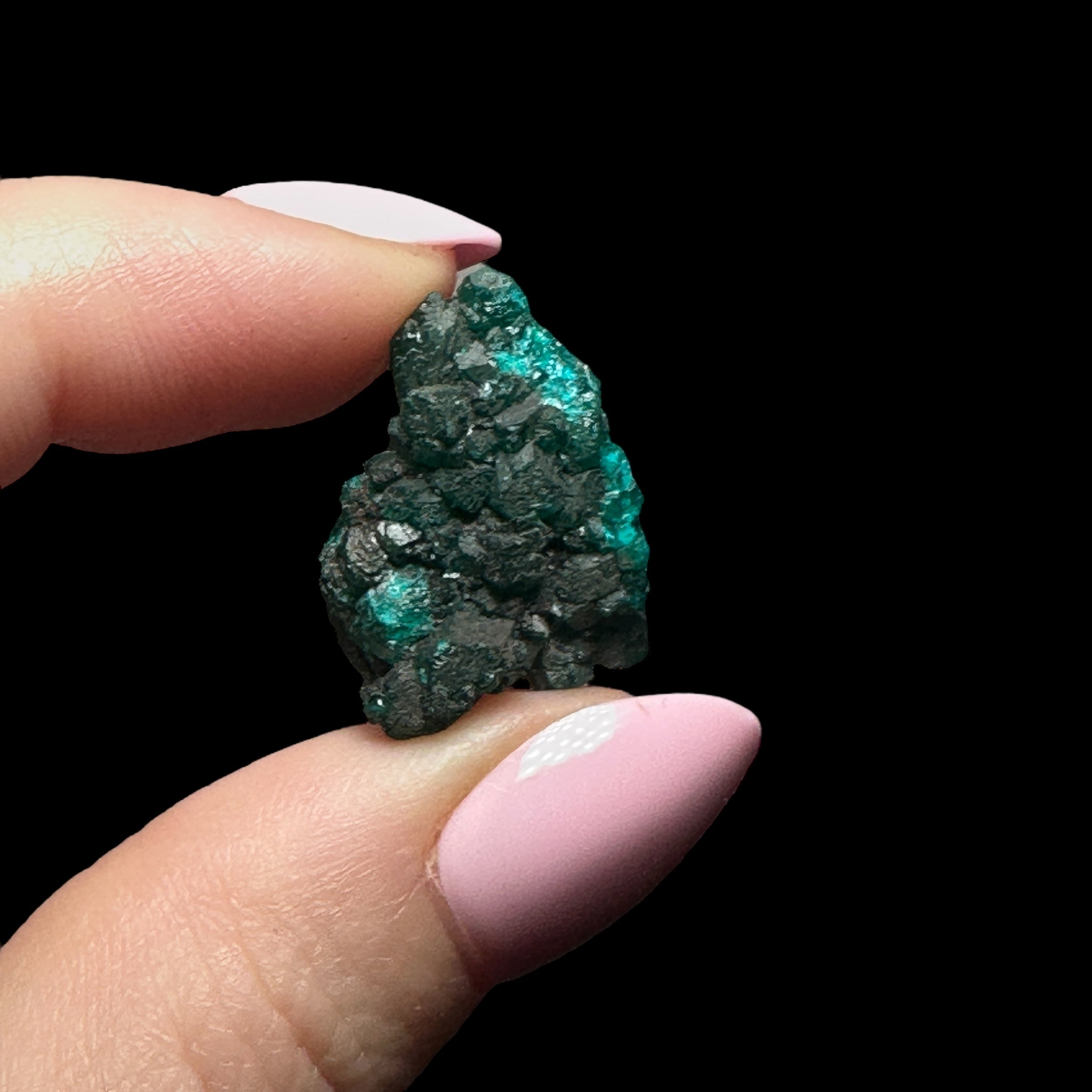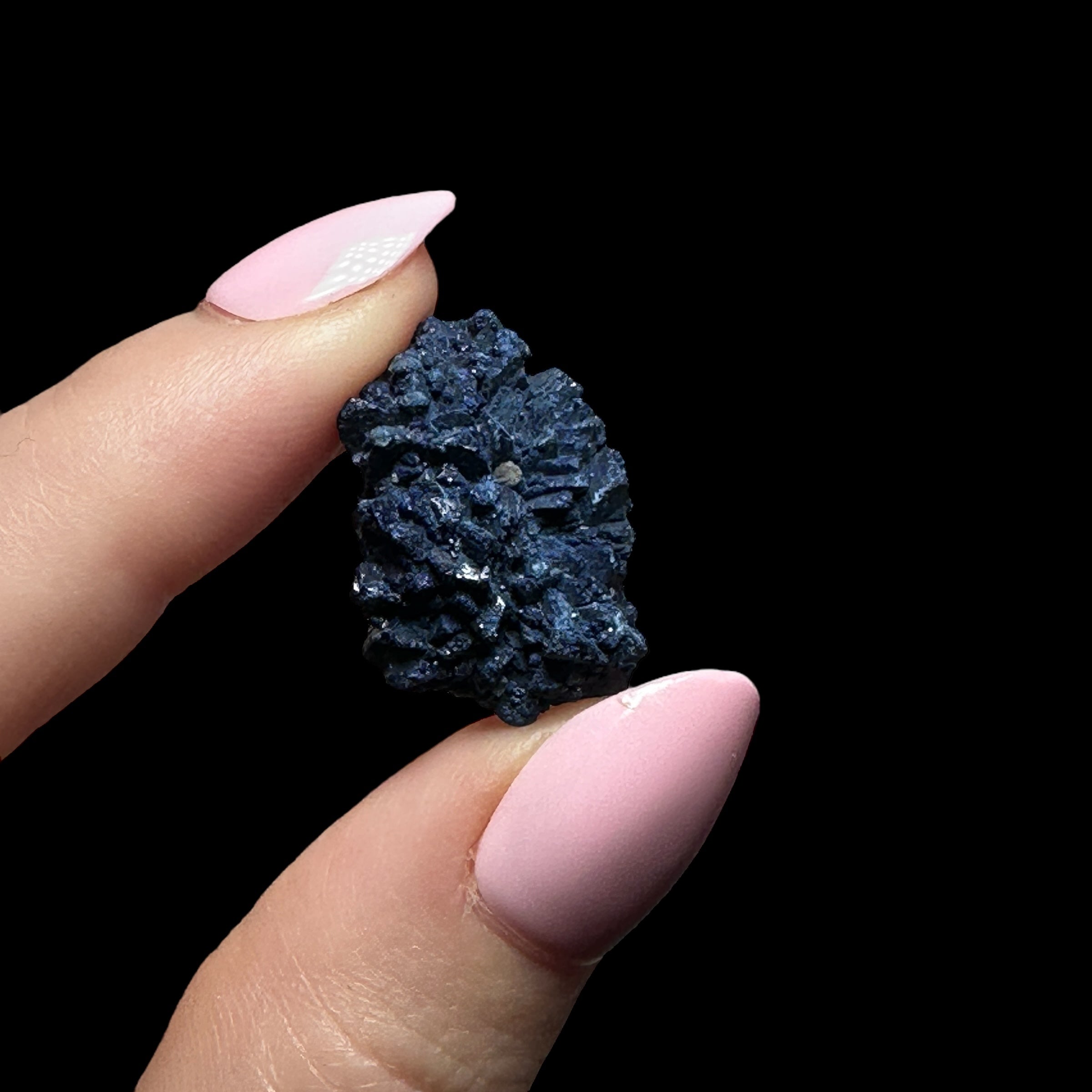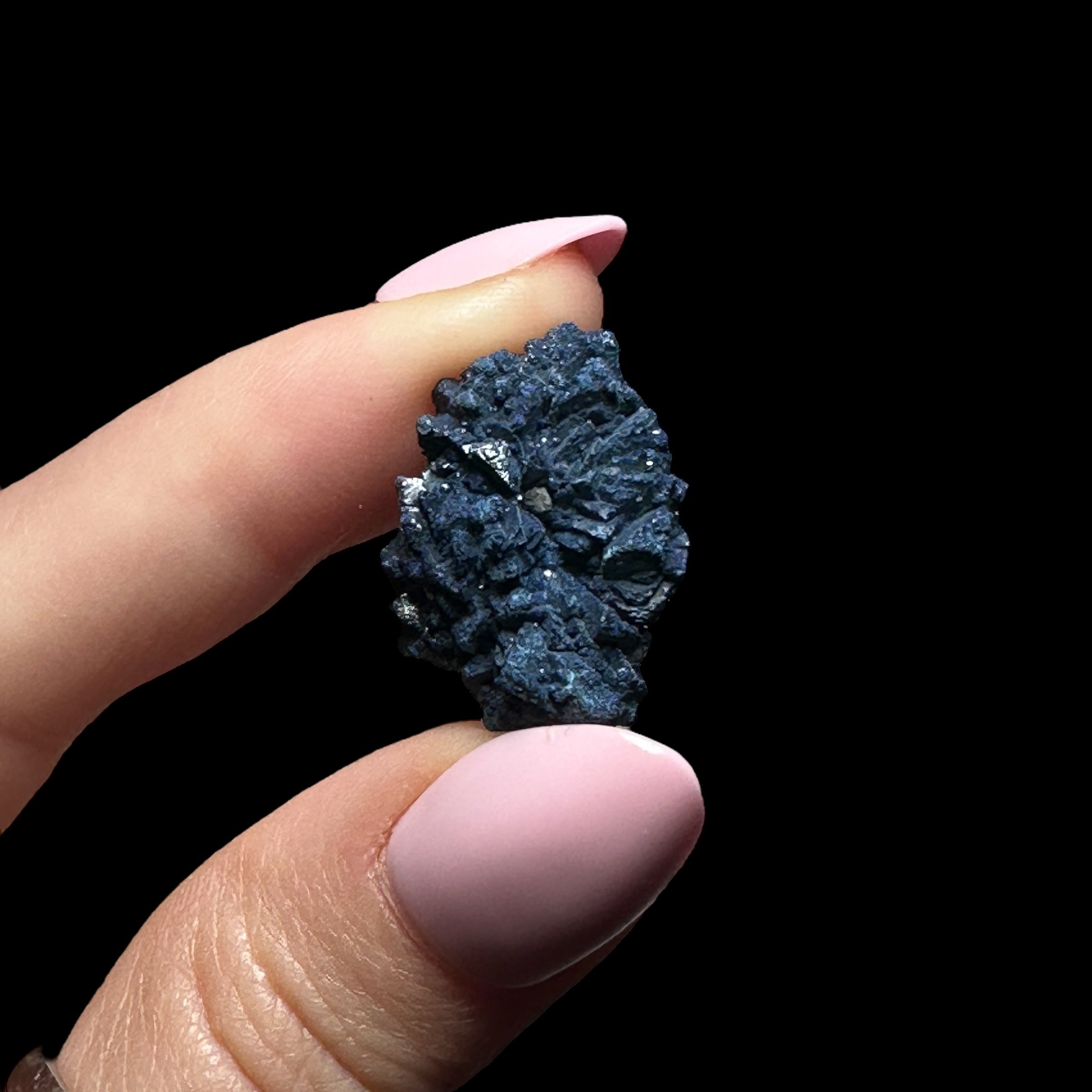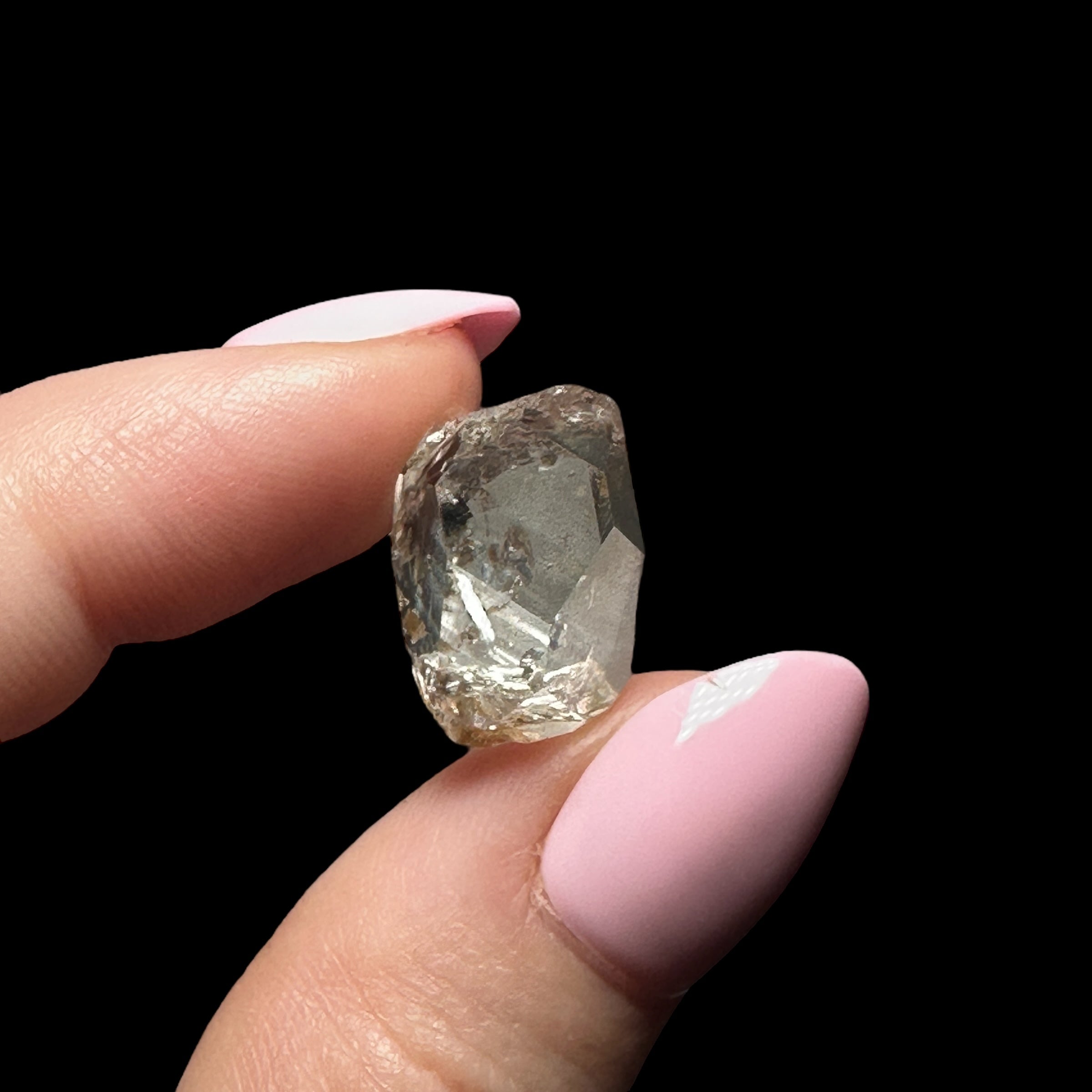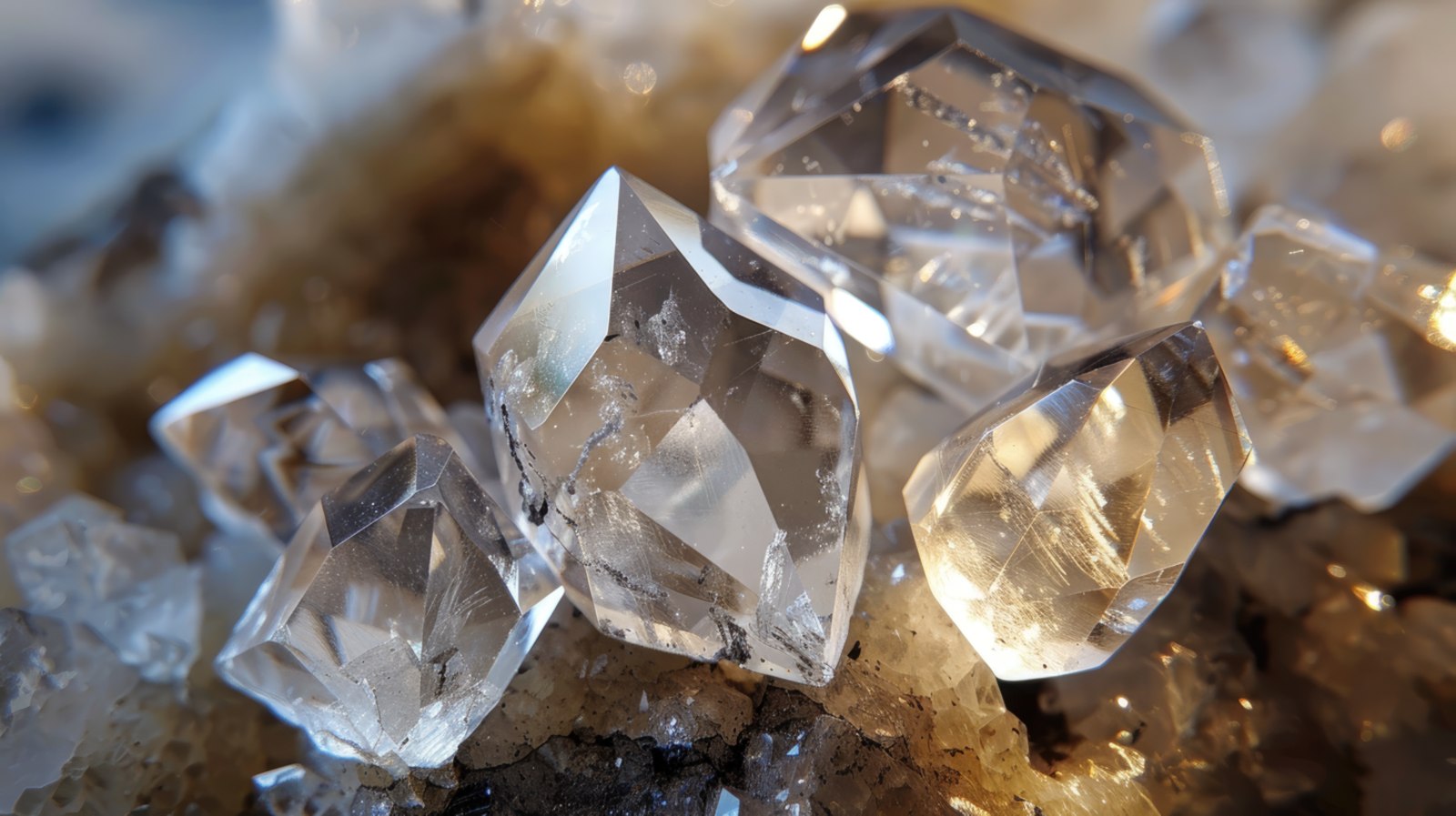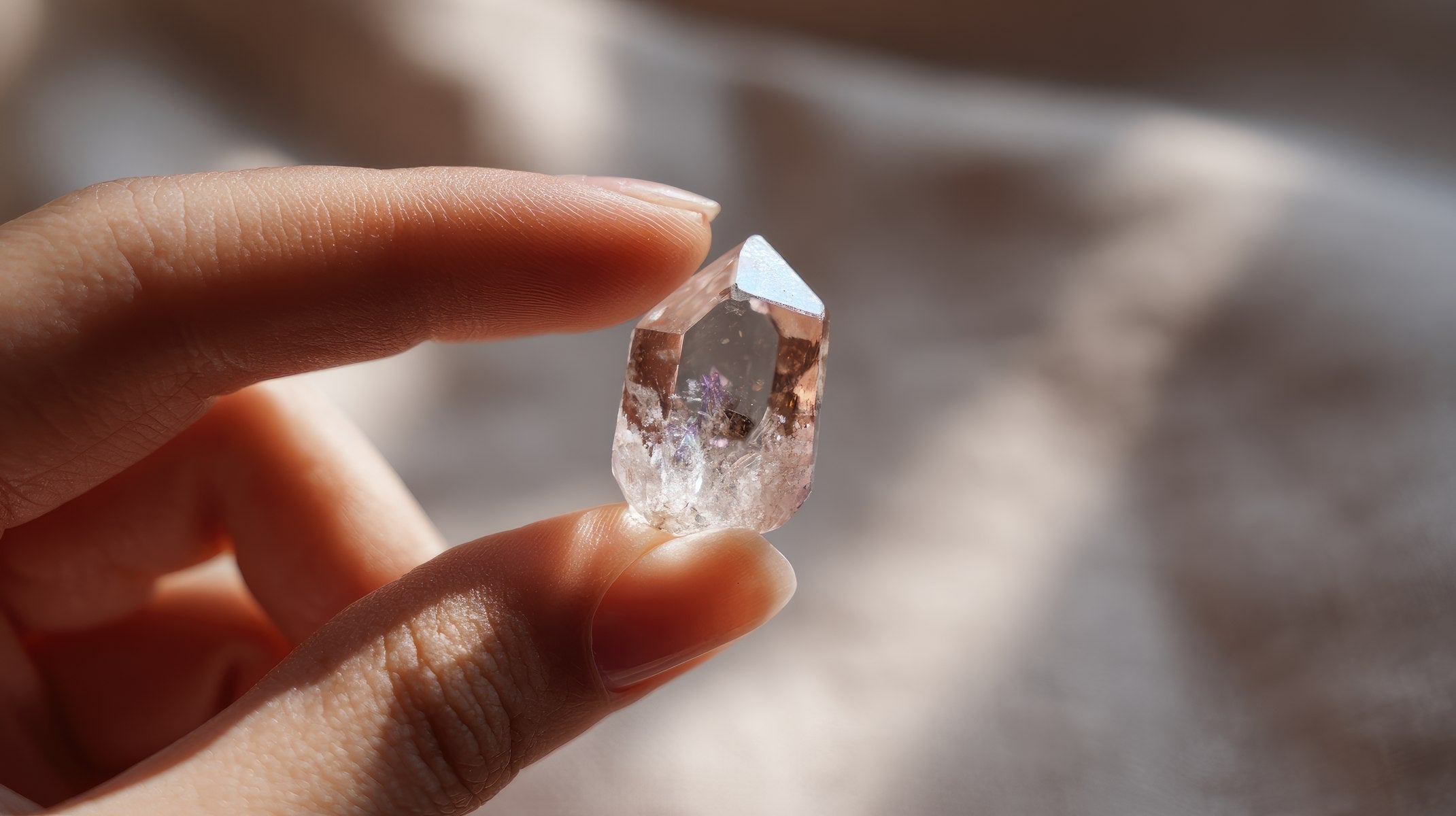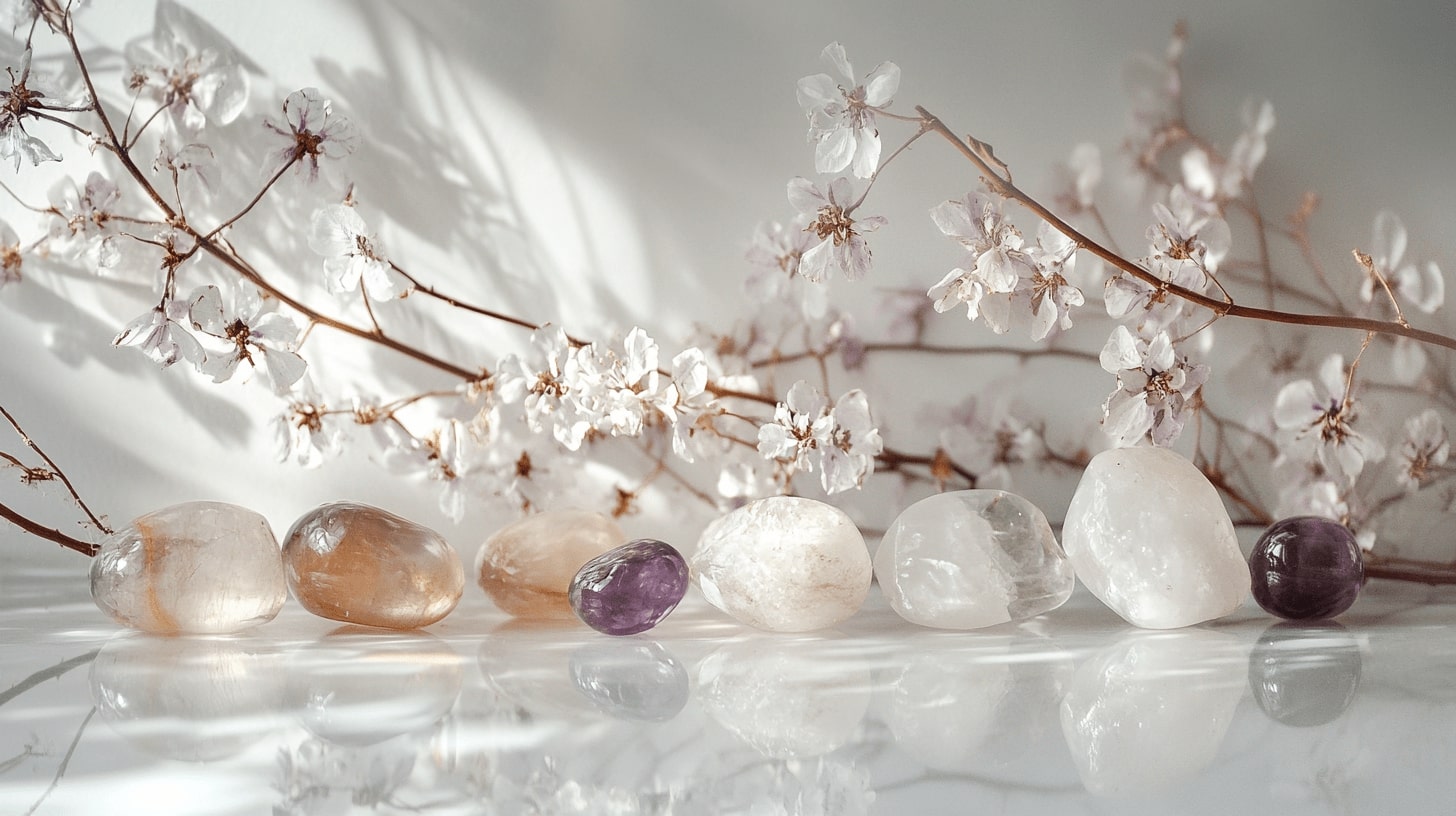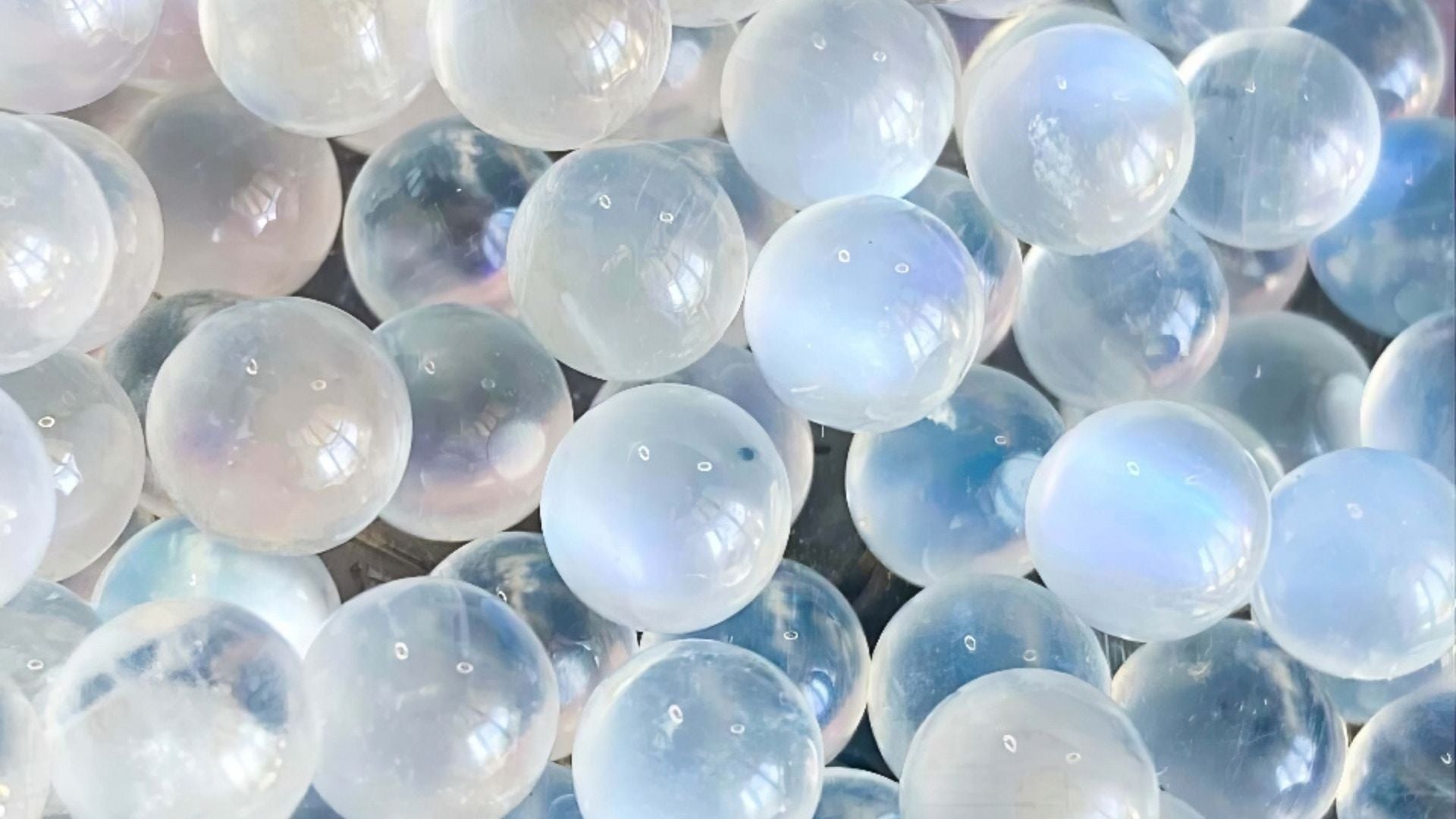
Moonstone Properties

About Moonstone
Moonstone, a mesmerizing sodium-potassium aluminum silicate, belongs to the feldspar group, much like its counterpart, sunstone. Known for its enchanting pearly luster, moonstone exhibits a diverse range of hues, including white, grey, rainbow, yellow, peach, and blue, often referred to as cat's eye.
Global Presence and Abundance of Moonstone
Moonstone deposits are abundant worldwide, encompassing countries such as the United States, Australia, Myanmar, India, Sri Lanka, Madagascar, Armenia, Austria, Poland, Norway, and Mexico. Unlike sunstone, moonstone is more readily accessible, making it widely sought after by enthusiasts and connoisseurs alike.
Moonstone is occasionally the target of "fakes" - or, people selling man-made opalite in jewelry, as "moonstone." It's generally fairly easy to spot these fakes, though; so just being aware and knowing what to look for can help you avoid most of these cases.
The Historical Significance and Varied Applications of Moonstone
Moonstone holds significant cultural and mythological value in numerous ancient societies. It was closely associated with moon goddesses and revered as a symbol of divine inspiration, magic, and life.
In Welsh mythology, the influential figure of Cerridwen, the goddess of knowledge and inspiration, was honored with moonstone. The Greeks named moonstone after Selene, the moon goddess, often depicted alongside Nyx, the goddess of night. The Sioux goddess Hanwi, known as the Night Sun, was also worshipped with moonstone, believed to protect individuals from darkness and malevolent forces lurking within.
India, in particular, boasts a fascinating history surrounding moonstone. It held profound spiritual significance, symbolizing the moon god with its four hands—a testament to strength in Indian tradition. Moonstone's dynamic play of colors mirrored the ever-changing phases of the moon. It was highly regarded by monks, ascetics, and hermits, aiding them in navigating faith crises and providing glimpses into the future of lovers. Revered as a stone of good fortune, moonstone was often adorned on sacred yellow cloth.
Ancient Asian lore tells of the most exquisite moonstone specimens appearing every 21 years in the crashing waves of the sea, adding an element of mystique to its allure.
During the Art Nouveau era, moonstone experienced a resurgence, captivating renowned artists like the master goldsmith René Lalique, who created exquisite jewelry pieces showcasing its captivating beauty.
Metaphysical Properties of Moonstone
Moonstone emanates a feminine and fluid energy, offering a harmonizing effect, particularly for individuals identifying as female. Aligned with the full moon and new beginnings, moonstone embodies the essence of spiritual rebirth and growth. Its iridescent glow and ethereal vibrations provide flashes of intuition and insight, reminiscent of its close kin, labradorite.
June's birthstone and a powerful support for those born under the zodiac sign of Cancer, moonstone resonates primarily with the crown chakra while permeating various aspects of life. For travelers embarking on nighttime journeys or evening hikes, carrying moonstone is advised for enhanced protection and guidance.
Moonstone retains its reputation as a potent talisman for love, particularly in relationships beset by obstacles or requiring discretion. Its kundalini awakening energy ignites passion and reinforces romantic bonds.
Wearing a moonstone necklace harmonizes one's energy with the lunar cycle, revitalizing dormant energies unbeknownst to the wearer. Likewise, sitting within a ring adorned with twelve moonstones, each corresponding to a month, and placing an additional moonstone beneath one's bed is said to promote fertility and support the reproductive system.
Moonstone is also said to be growth stone, benefiting not only adolescents traversing the challenging path of adolescence but also older adults. It is believed to slow the aging process and provide relief from degenerative organ conditions.
